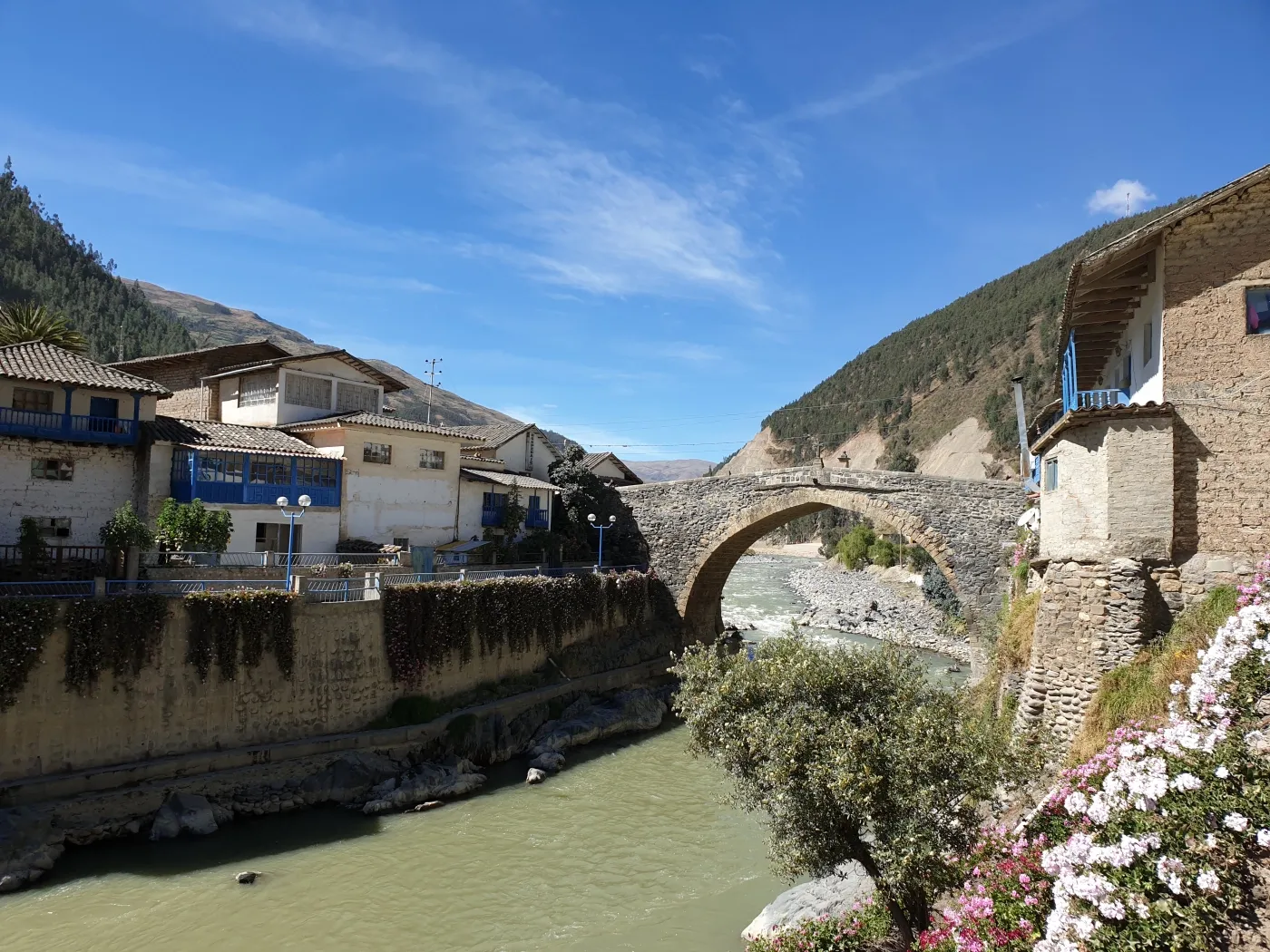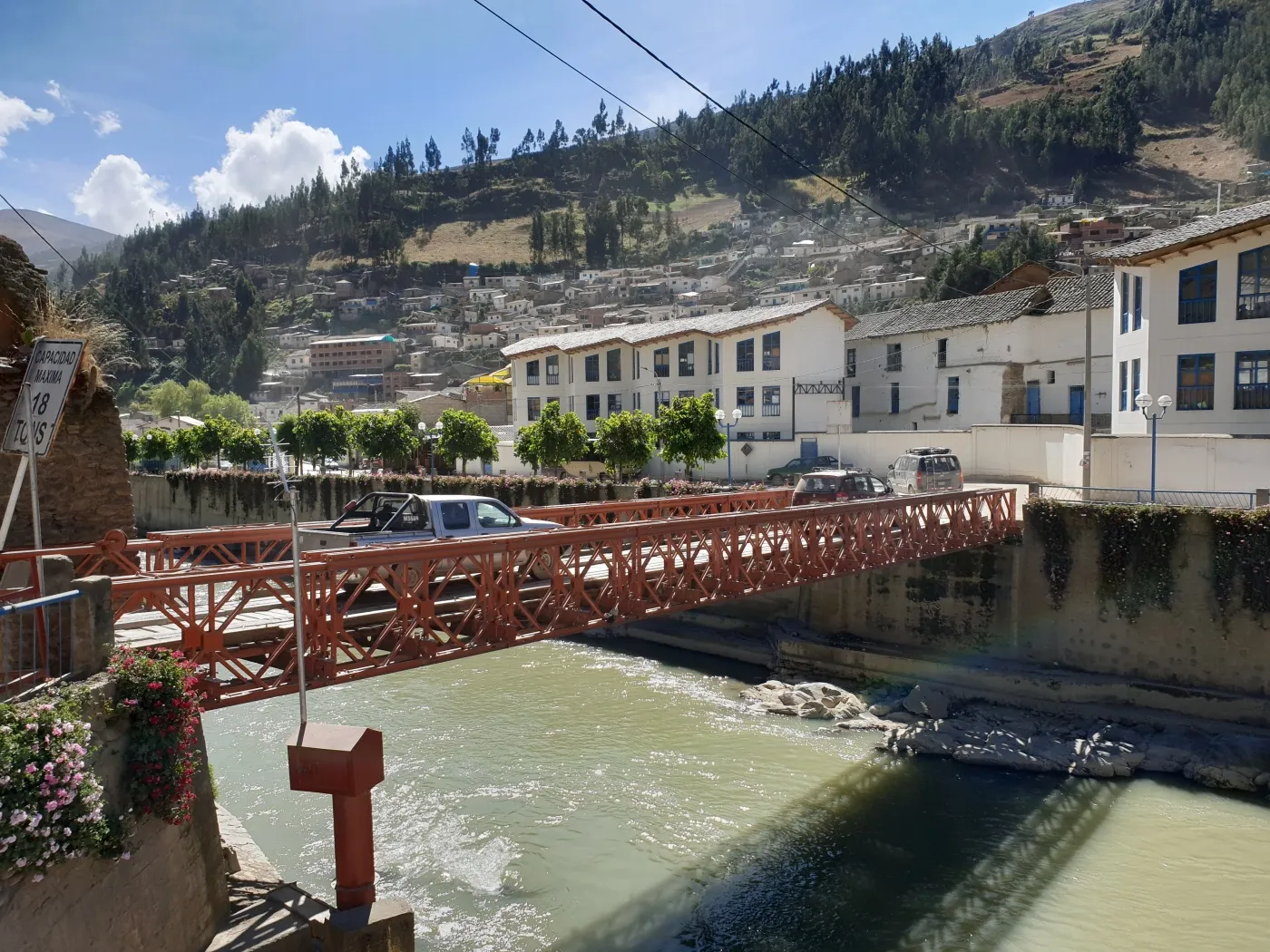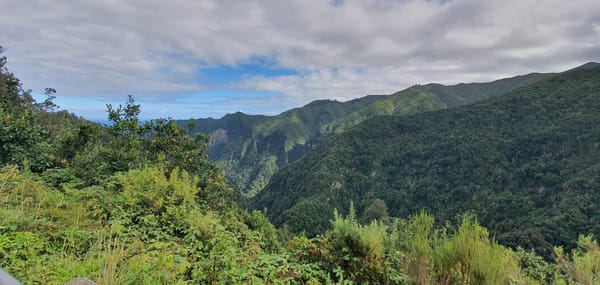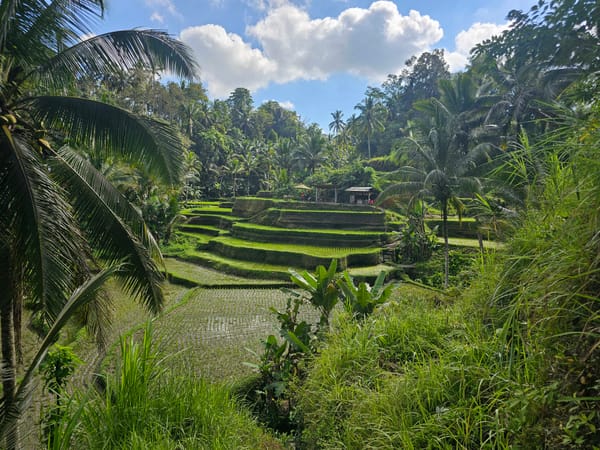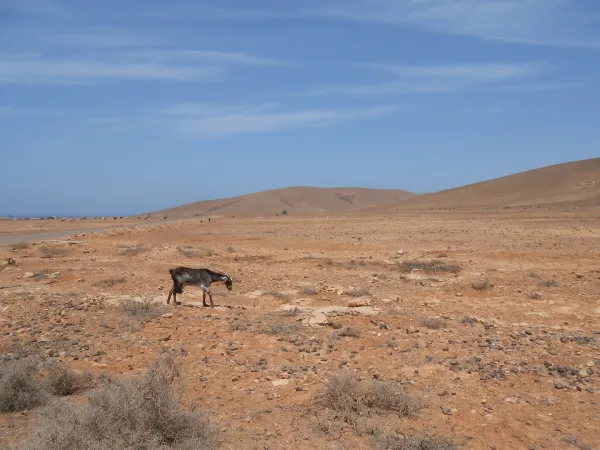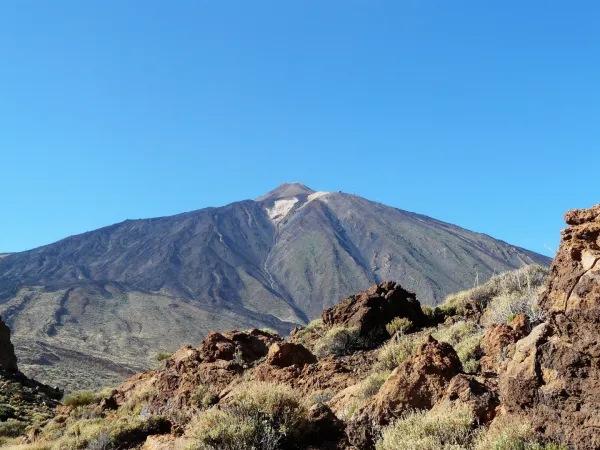Peru
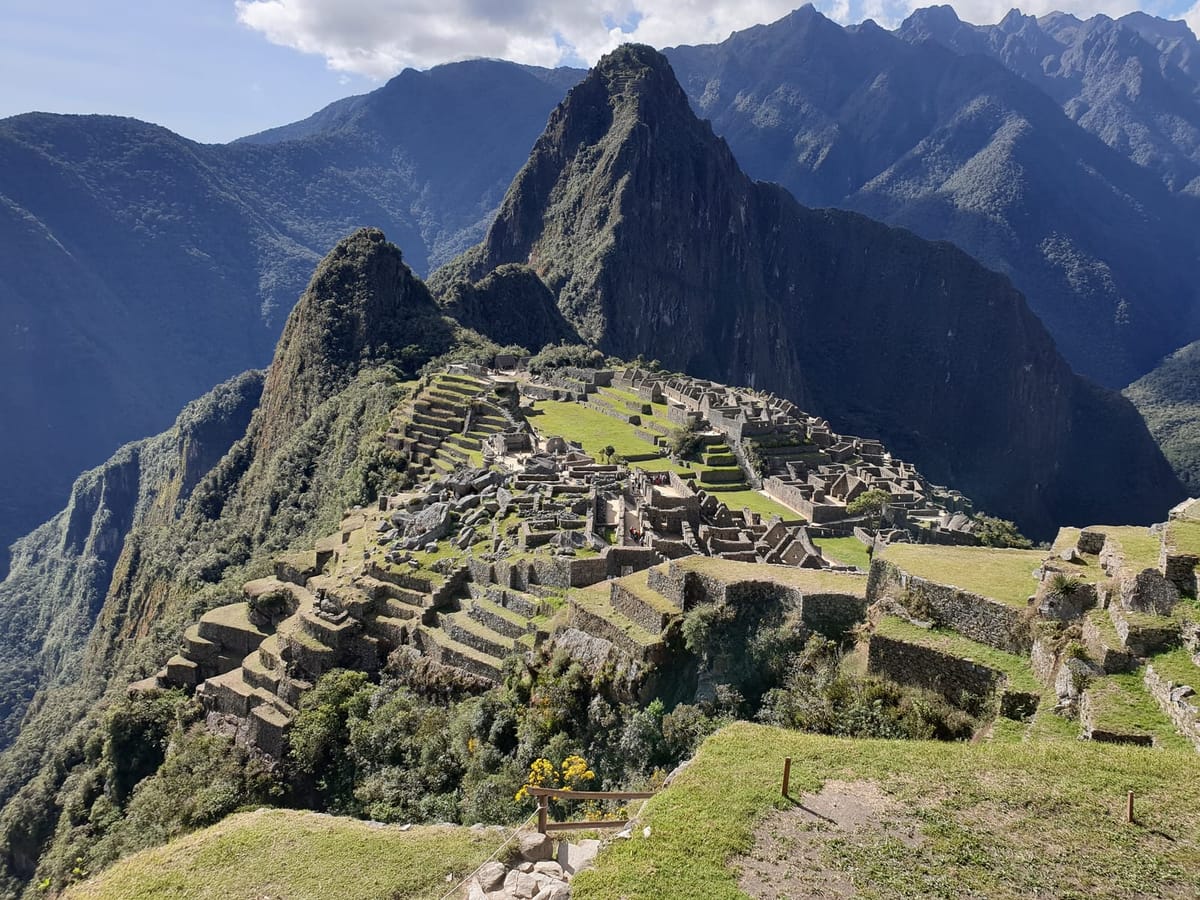
Part 1 Galapagos
Part 2 of: 22 days Galapagos Amazon Forest Cusco
Part 3 Amazon Forest
London Heathrow – Bogota – Guayaquil – St. Cristobal – Guayaquil – Lima – Cusco – Lima -Bogota – London Heathrow
Airline: Avianca – tickets bought through Opodo, to order vegan meals I had to call Avianca but it was very easy, the meals were very simple, nothing fancy :). Overall, no problems, nice and easy.
Before the journey we booked:
Amazon visit with some small local company
Machu Pichu entry https://reservas.machupicchu.gob.pe
train tickets to get to Machu Pichu http://www.perurail.com
Galapagos ferries: https://book-ec.com/ferry/
and our accomodation through booking.com
Day 7
St Cristobal Galapagos – Guayaquil, Equador – Lima Peru – Cusco Peru
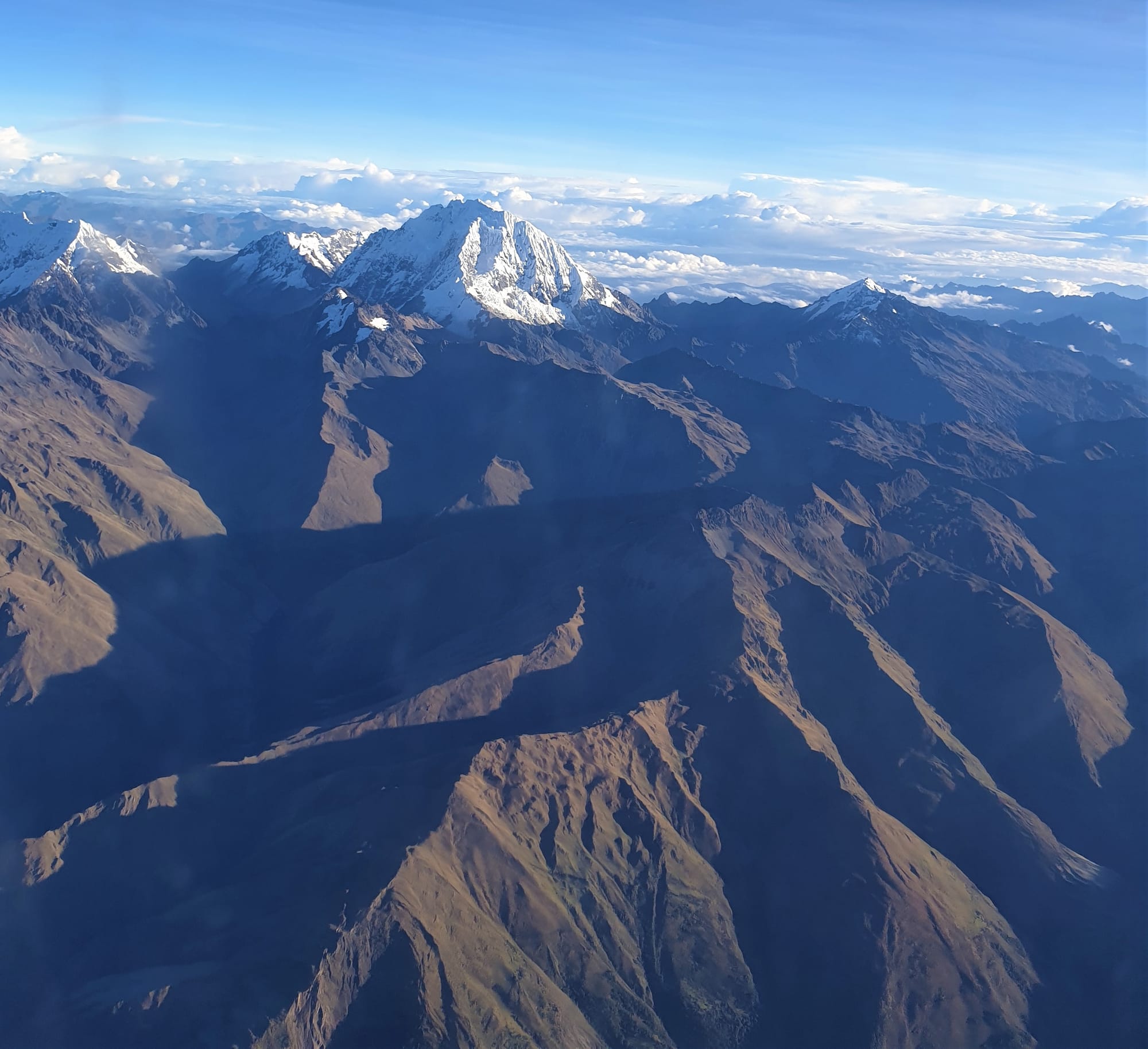
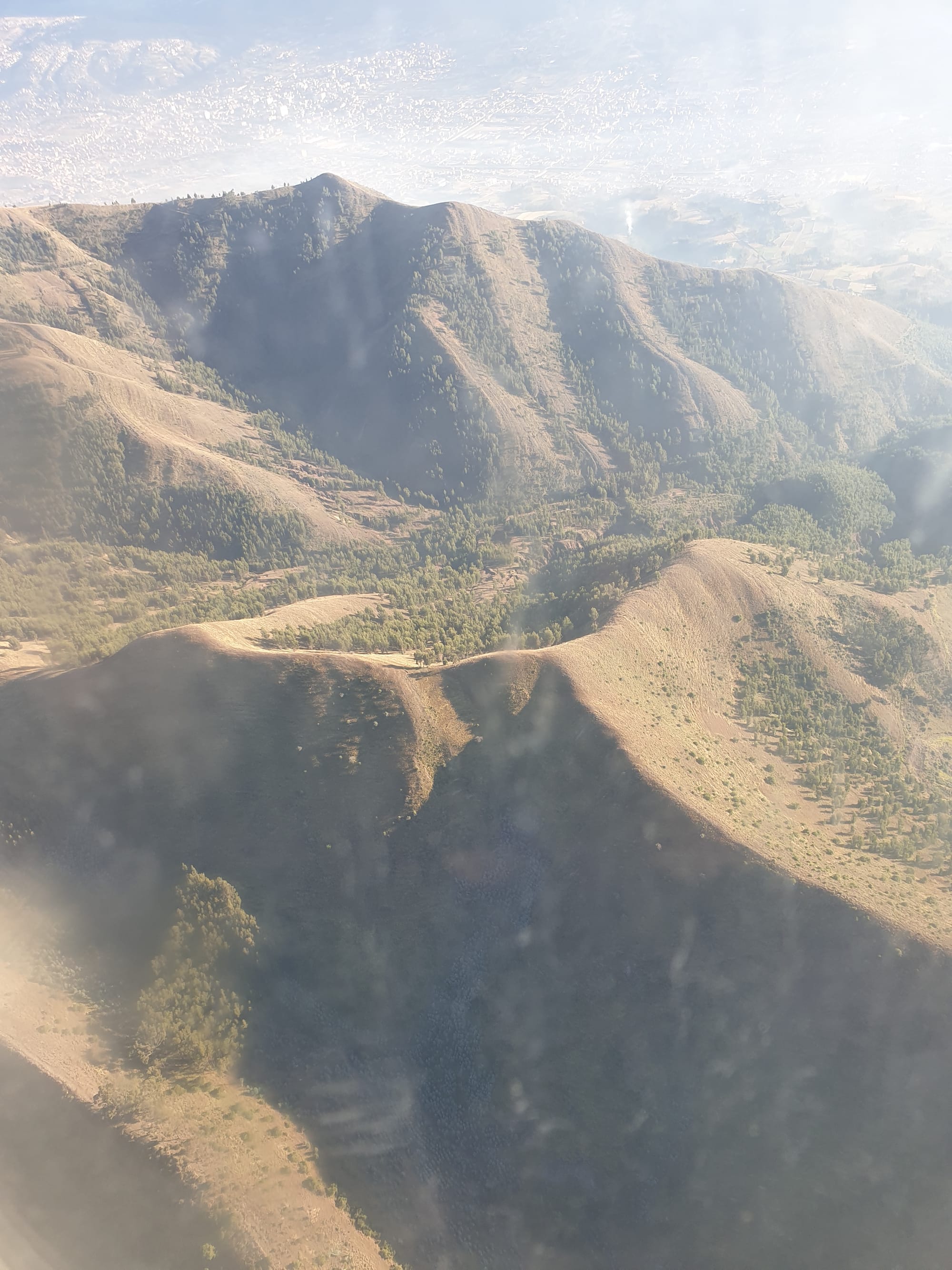
Day 8
Cusco – Ollantaytambo
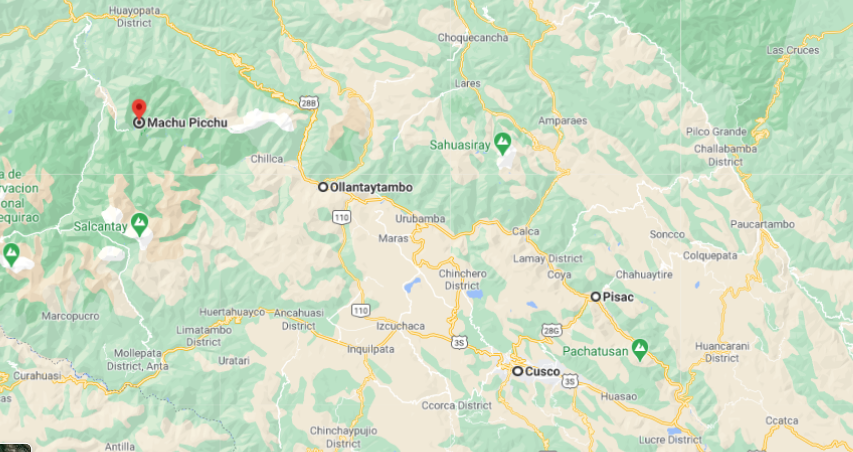
Ollantaytambo
We had pre-booked a taxi through booking.com, the driver was waiting at the car park and everything went very smoothly. Very soon we were in Ollantaytambo – a town and an Inca archaeological site in southern Peru that is 72 km (45 mi) by road northwest of the city of Cusco. It is located at an altitude of 2,792 m (9,160 ft) above sea level in the district of Ollantaytambo, province of Urubamba, Cusco region. (Wikipedia)
The town is the best surviving example of Inca city planning, with narrow cobblestone streets that have been continuously inhabited since the 13th century. During the Inca Empire, Ollantaytambo was the royal estate of Emperor Pachacuti.
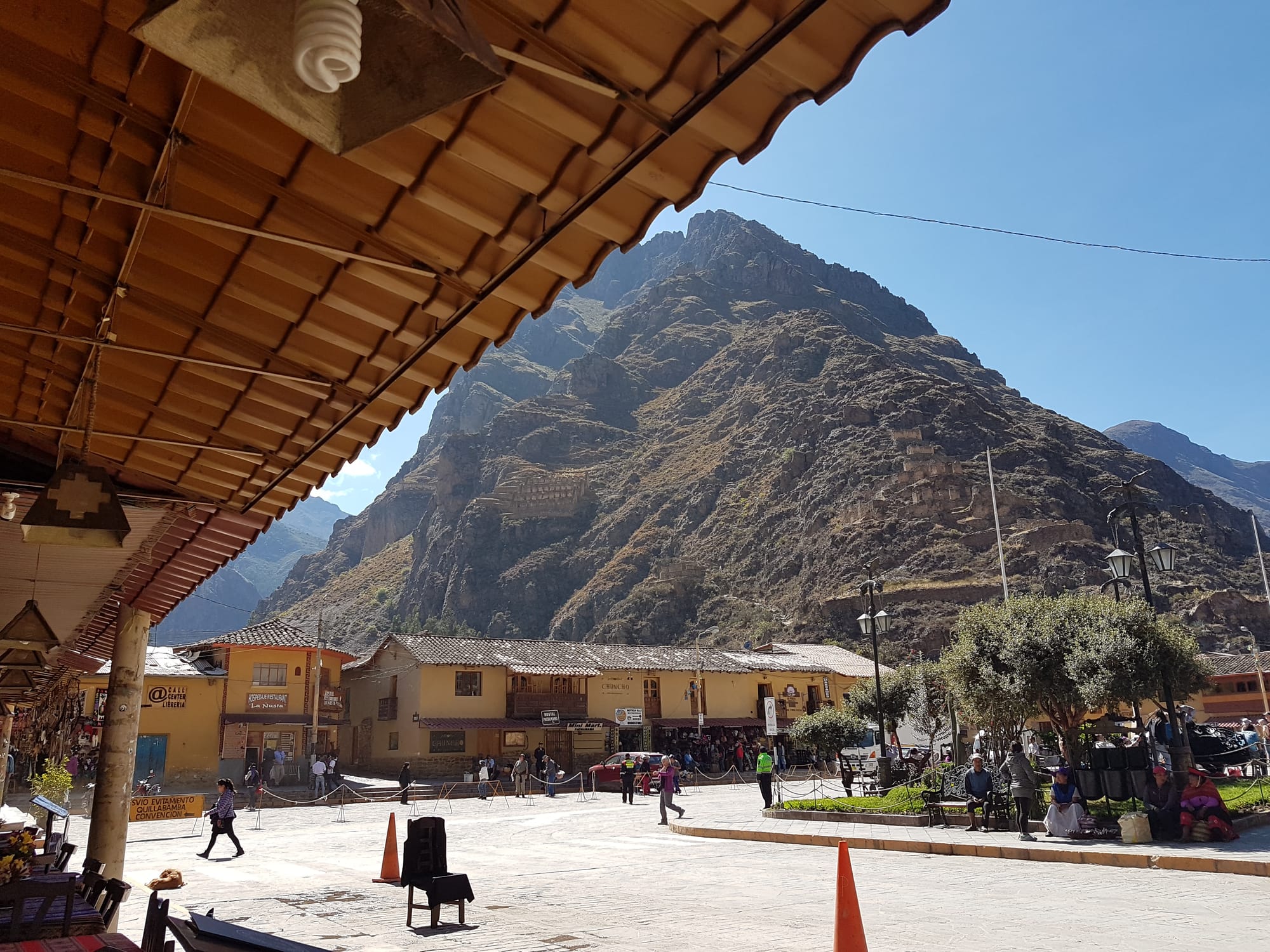
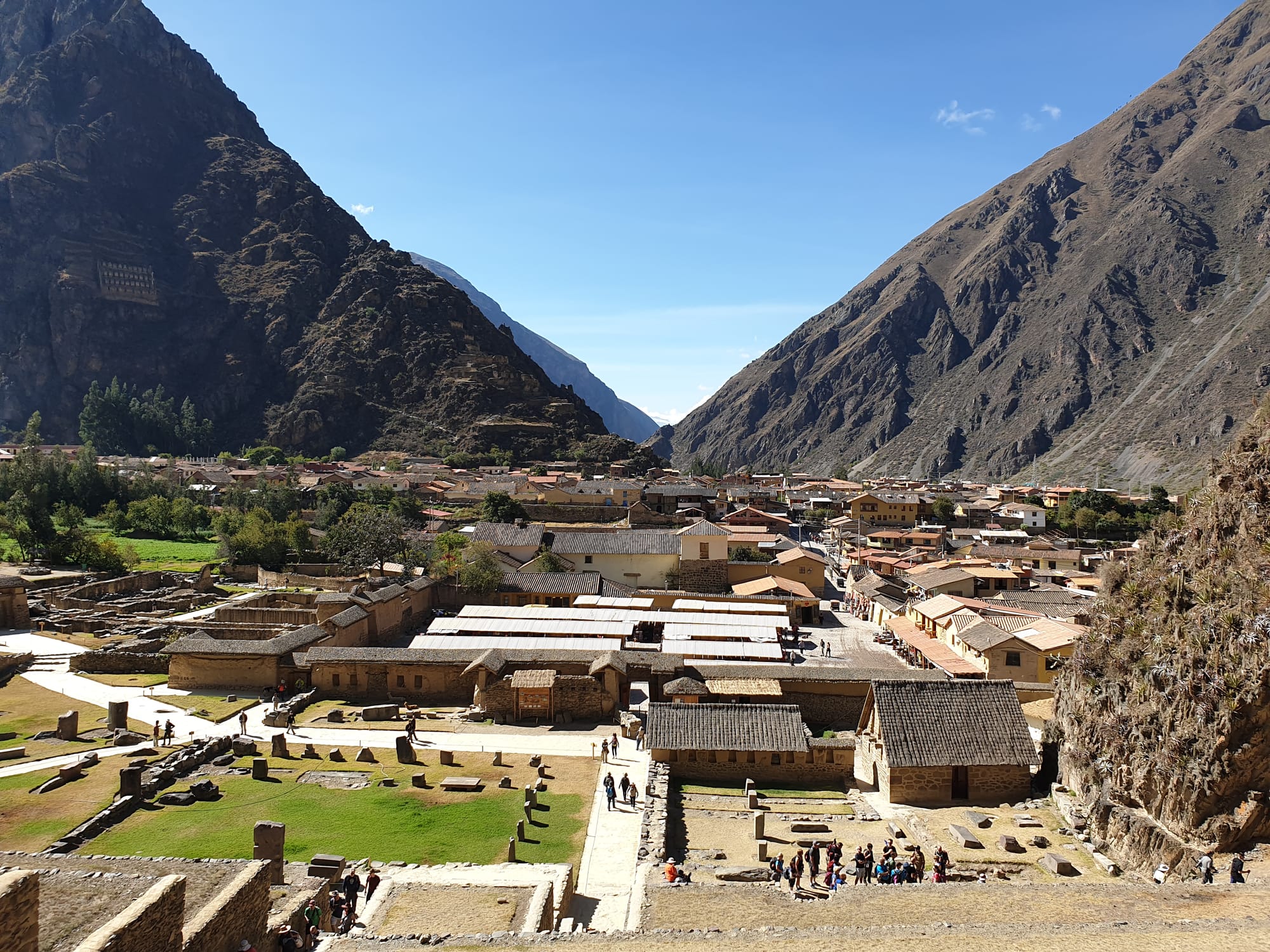
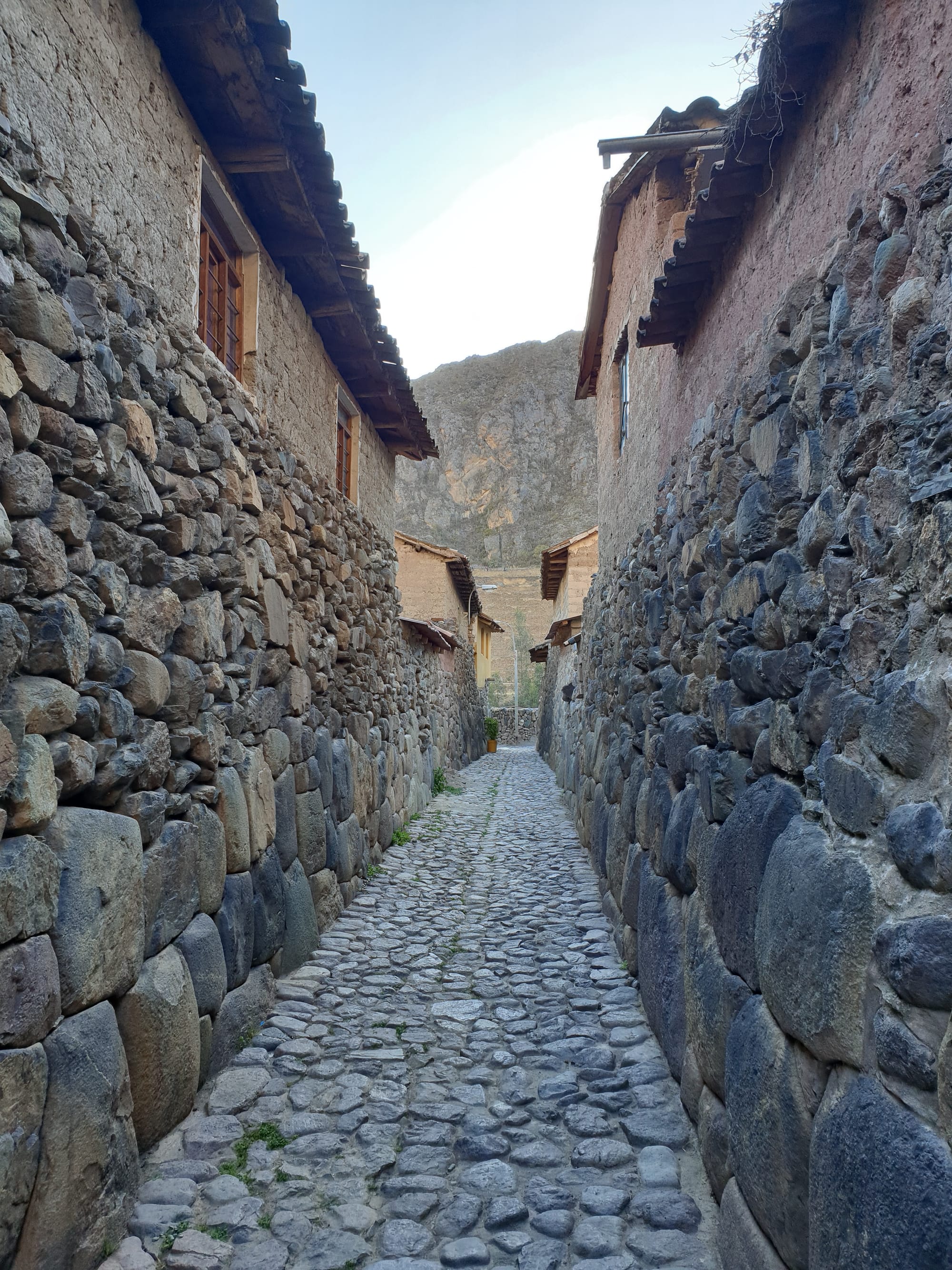
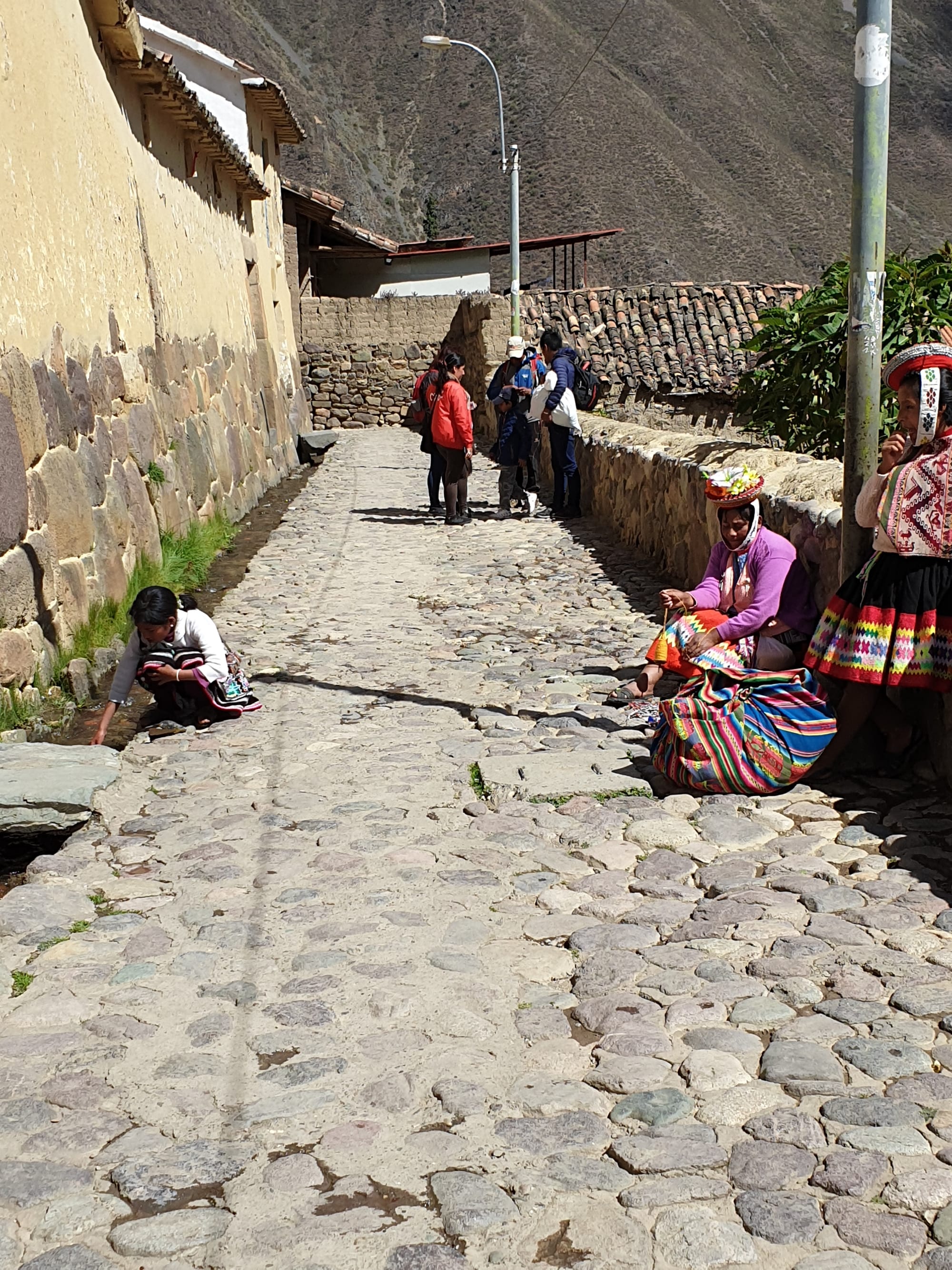
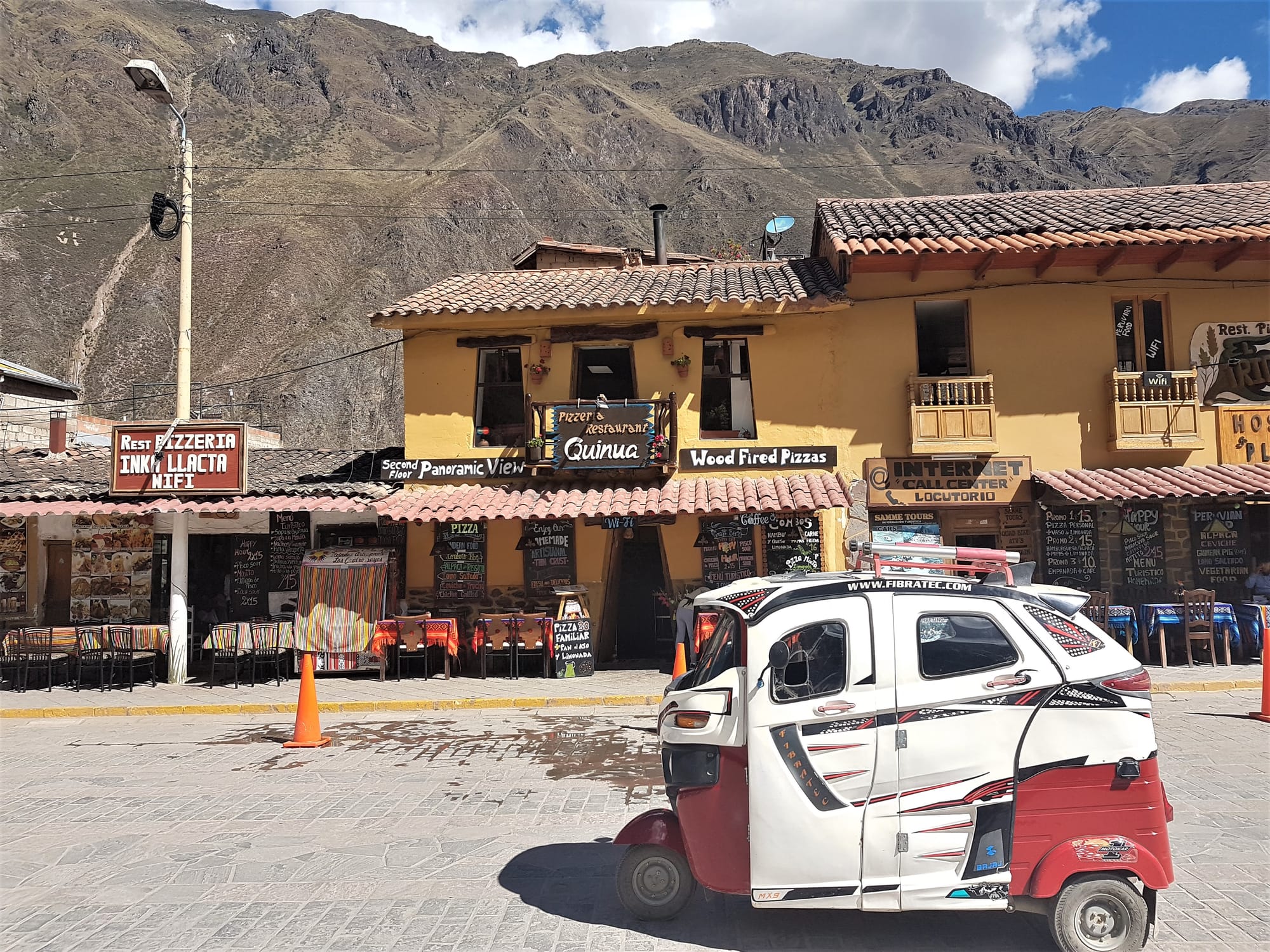
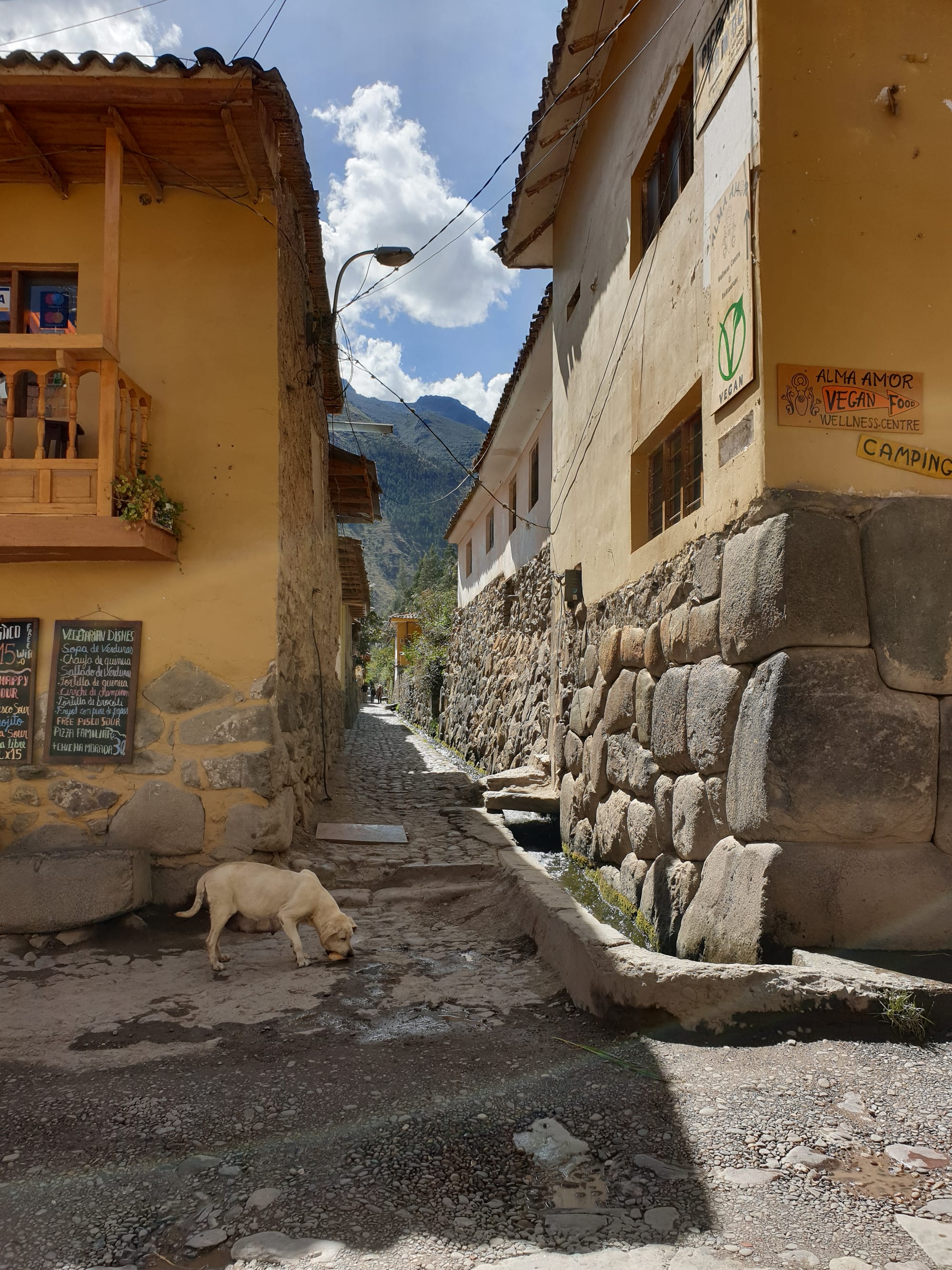
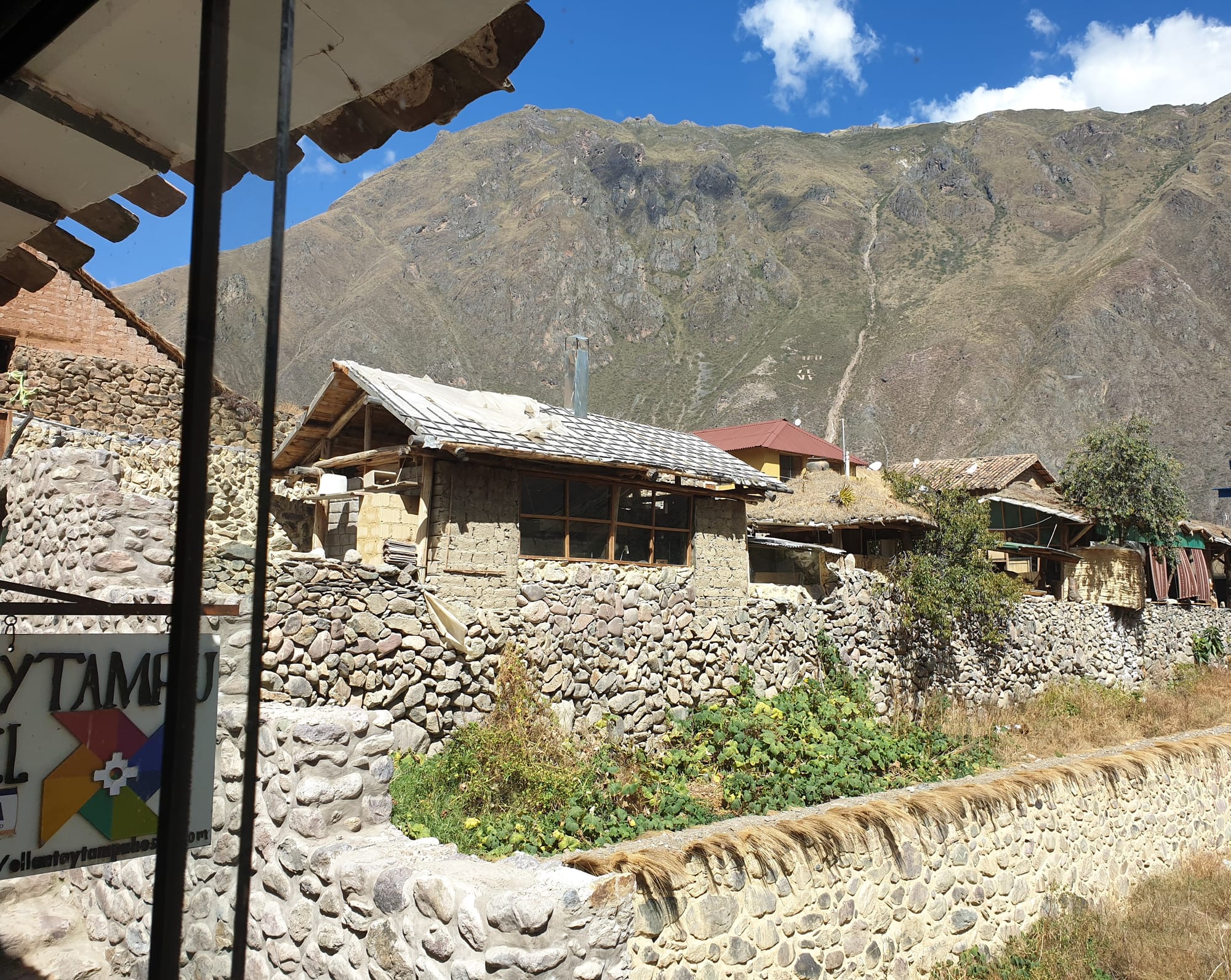

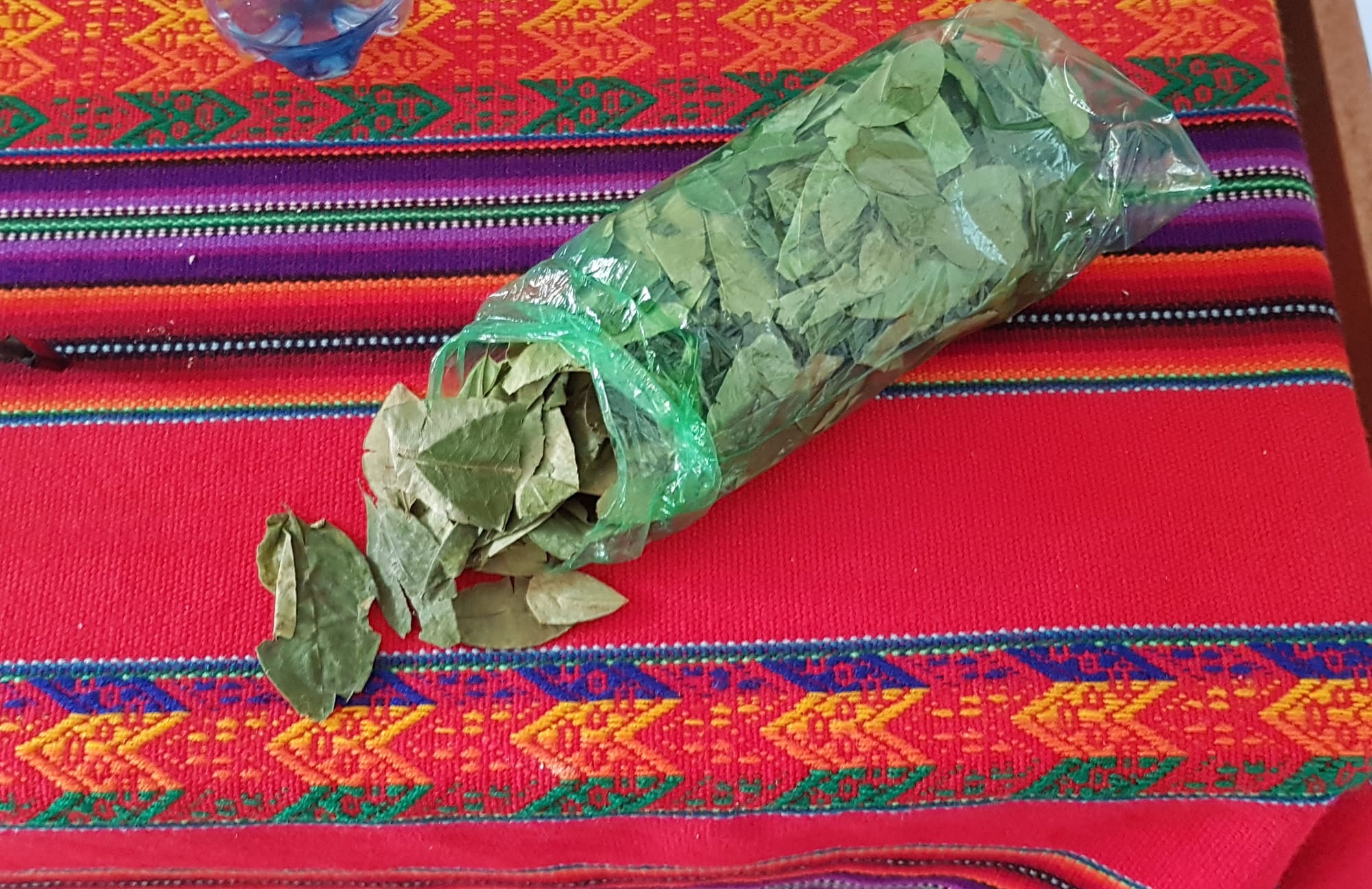
We stayed at Ollantaytampu Hostel Patacalle which has excellent location – the view from the hostel is breathtaking – mountains and Ollantaytambo ruins. A very clean and beautiful hostel, great breakfast, nice and very helpful staff. The only problem is the hot water and no heating in the rooms, which seems to be standard in Cusco and the villages around. And there was an excellent vegan restaurant just next to the hostel :).
The hostel’s terrace and the view:
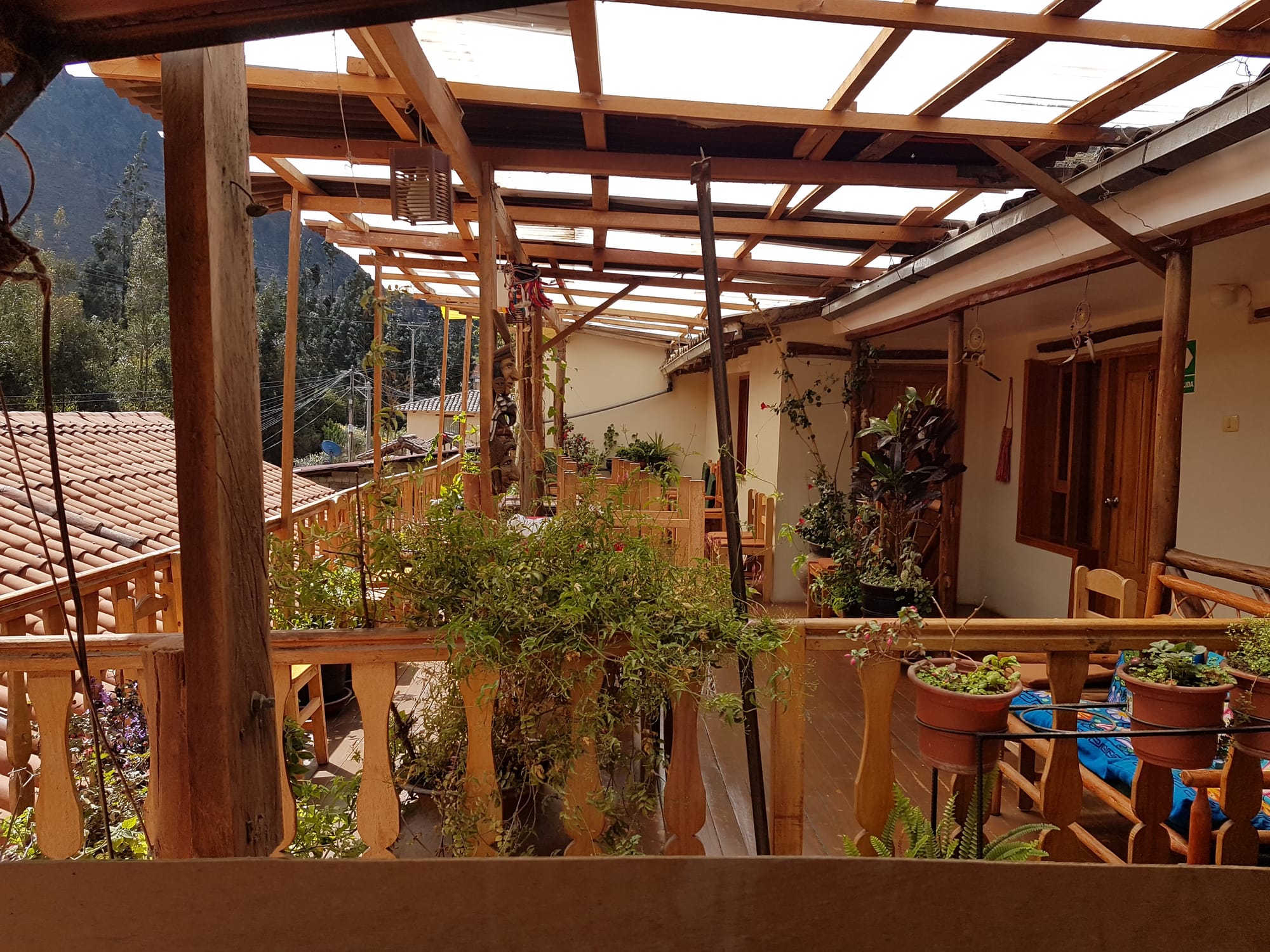
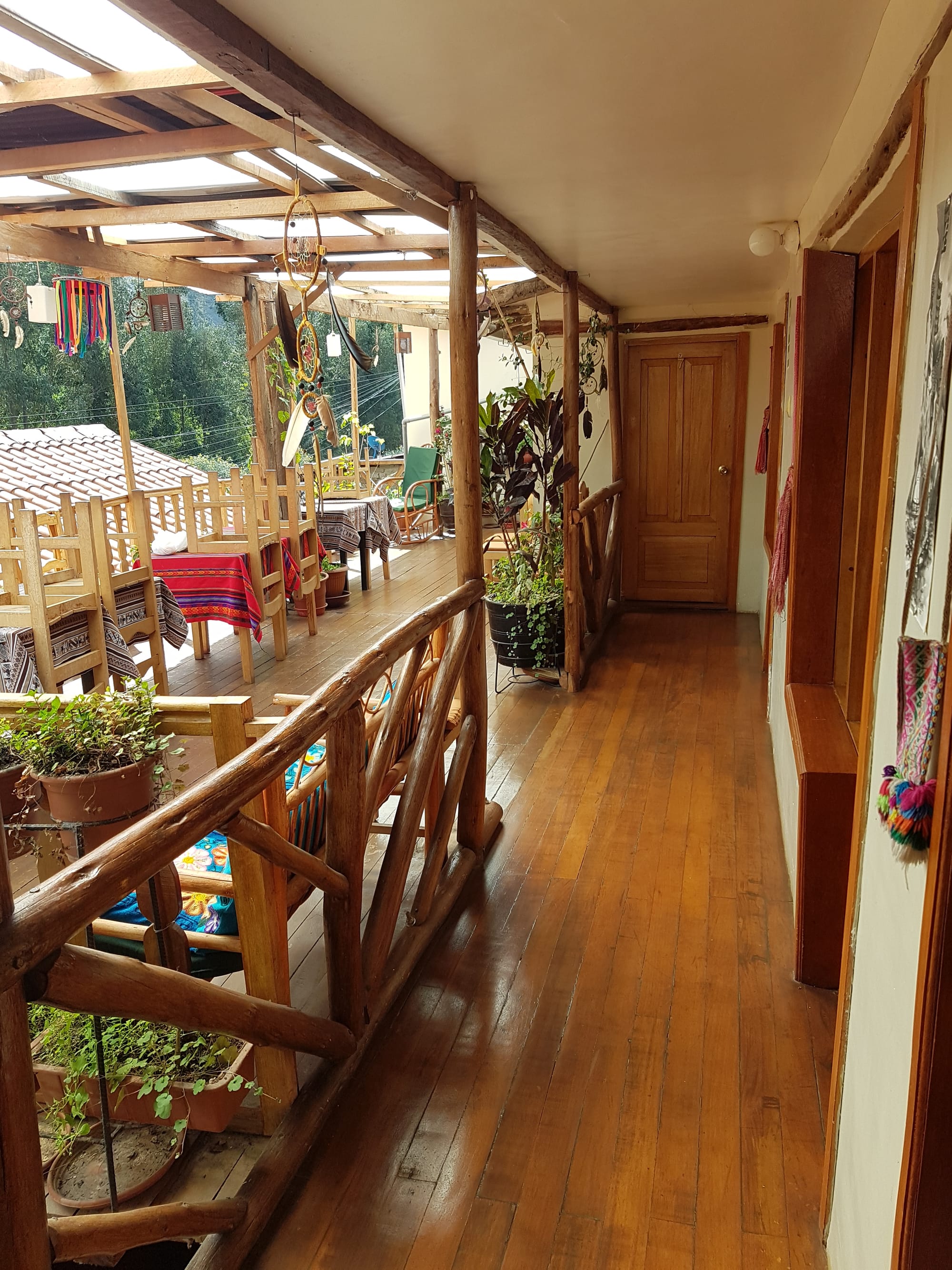
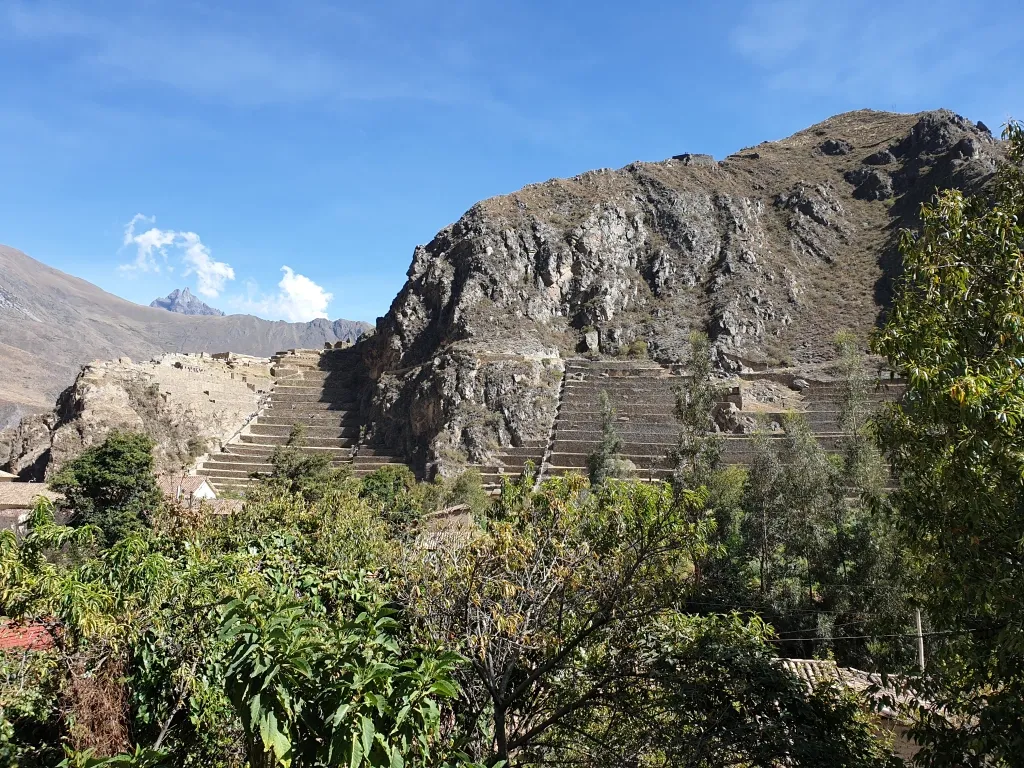
Pinkuylluna
The ruins of Pinkuylluna – an archaeological site on a mountain of the same name situated northeast of the town. The buildings that were built by the Incas are thought to have been used to store the production of the agricultural terraces built around the site. It’s a short climb up and really worth it, as the view is great – you can see the whole town and the main ruin site.

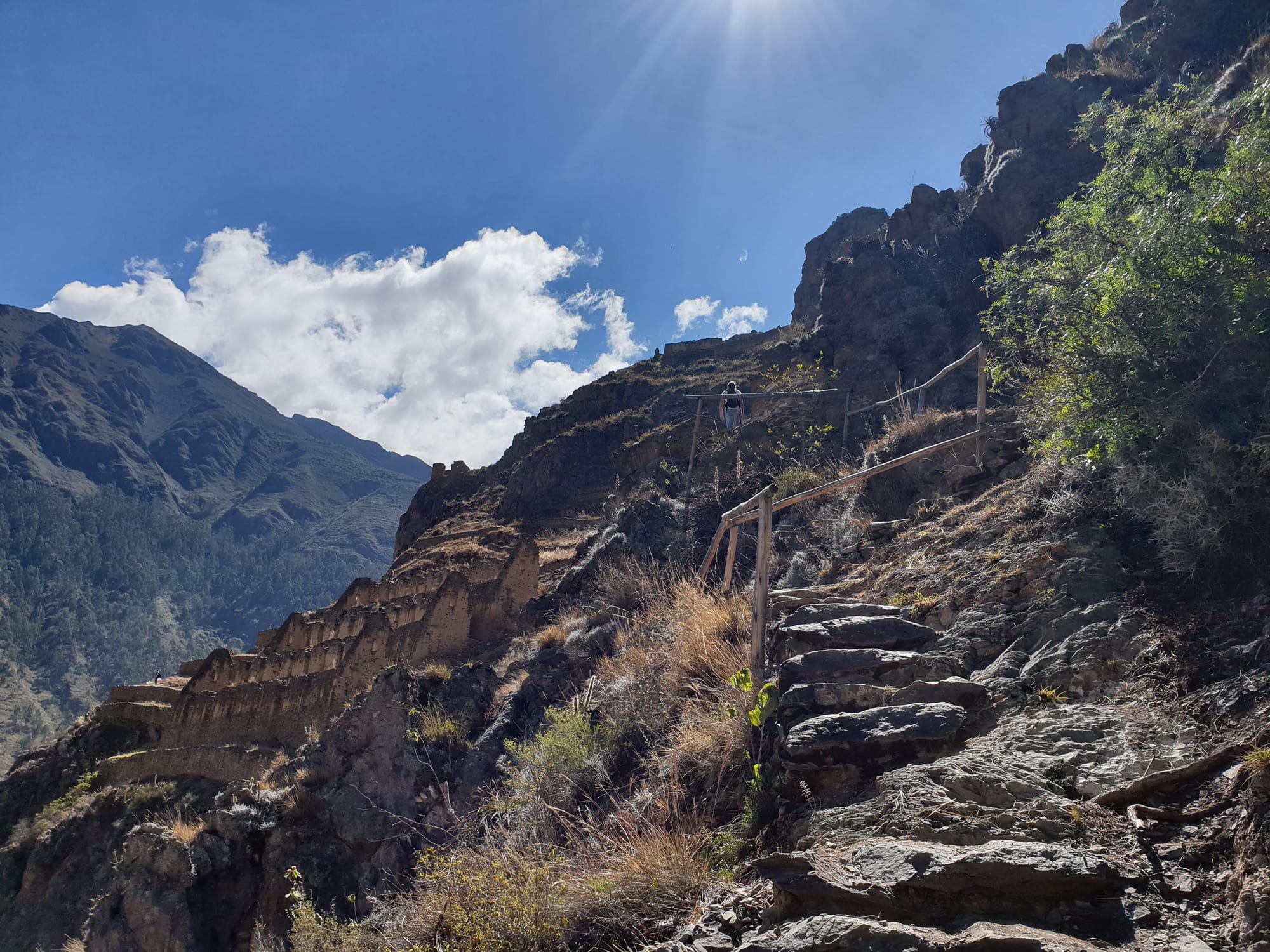
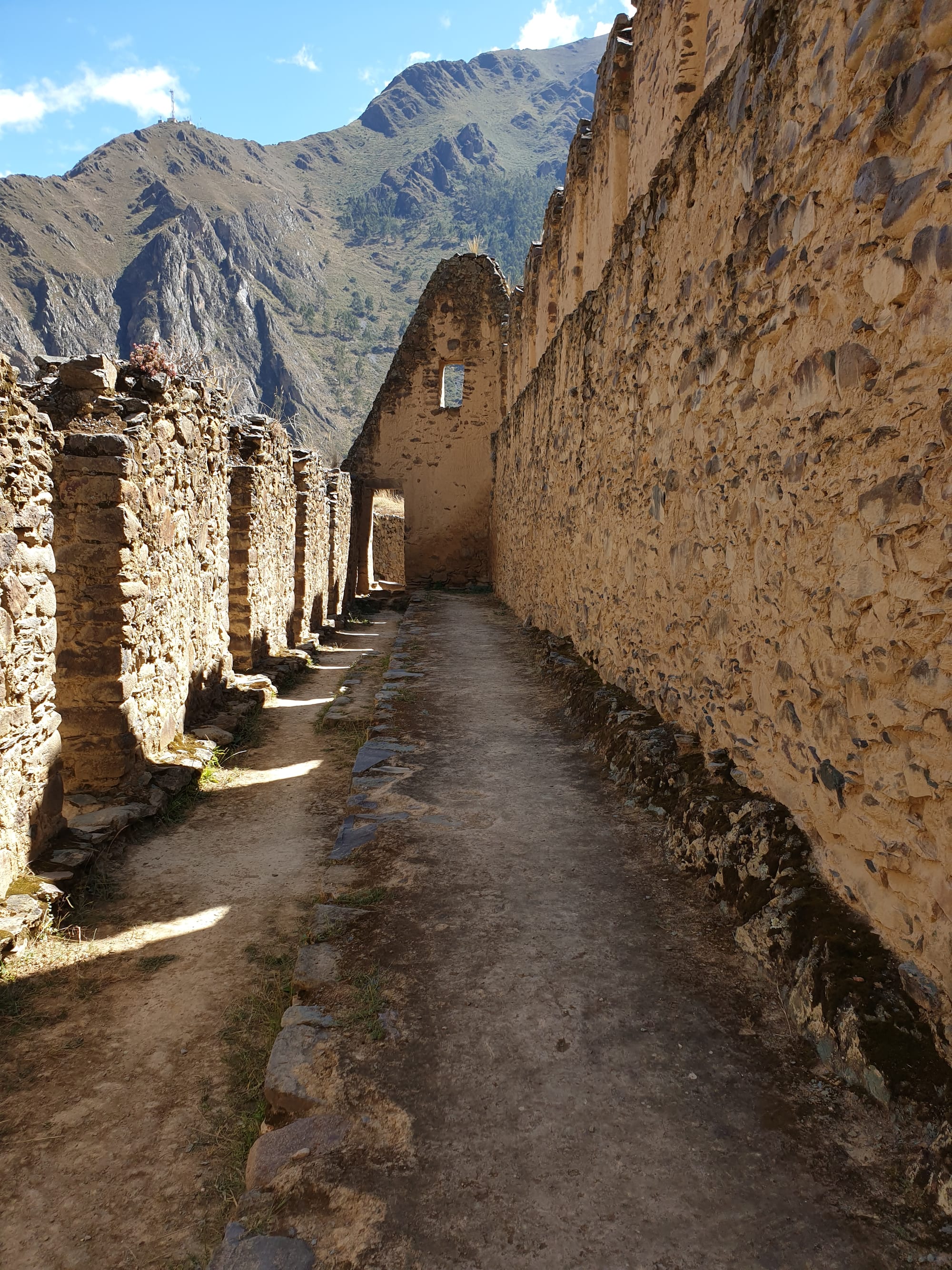
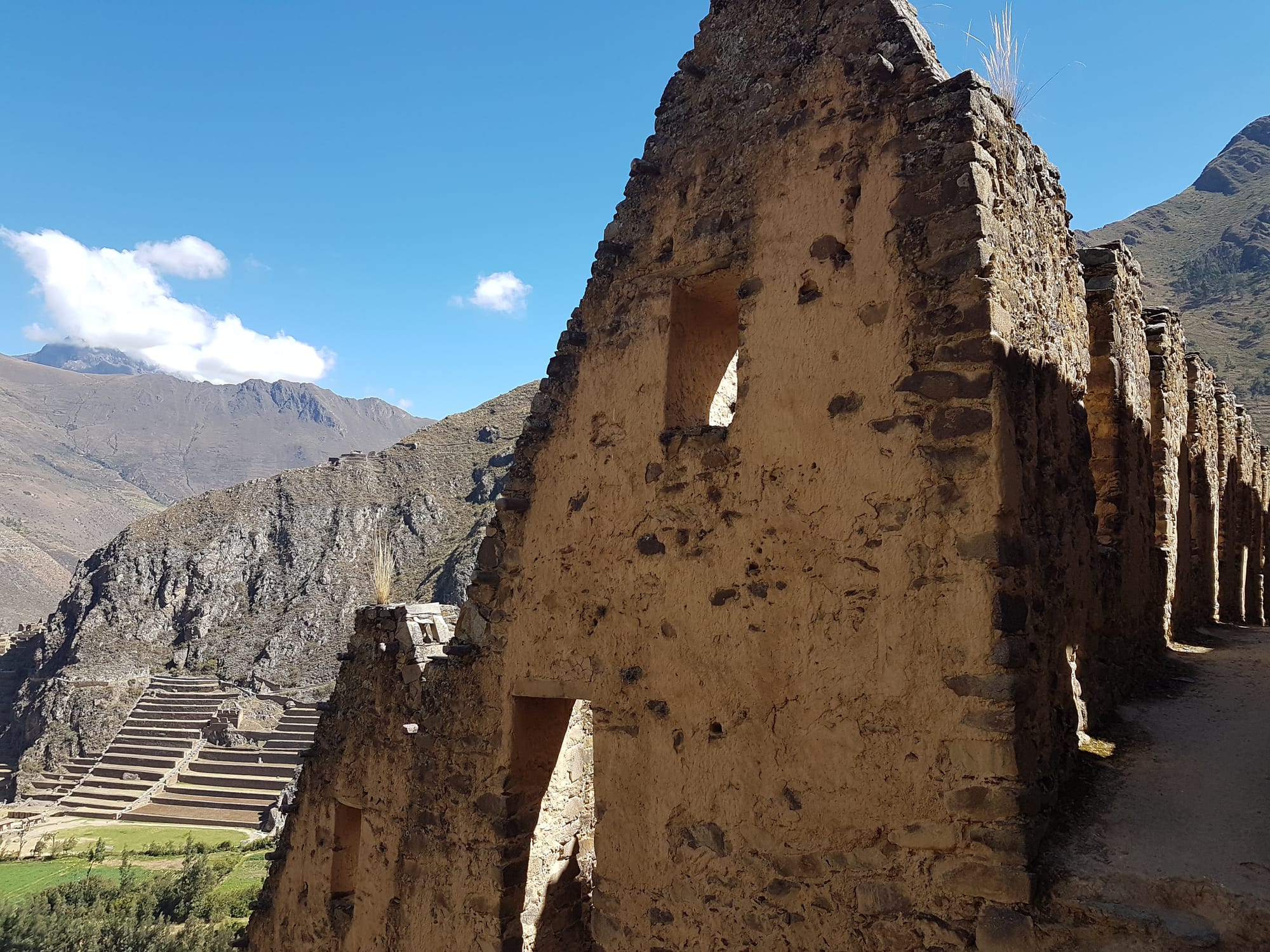
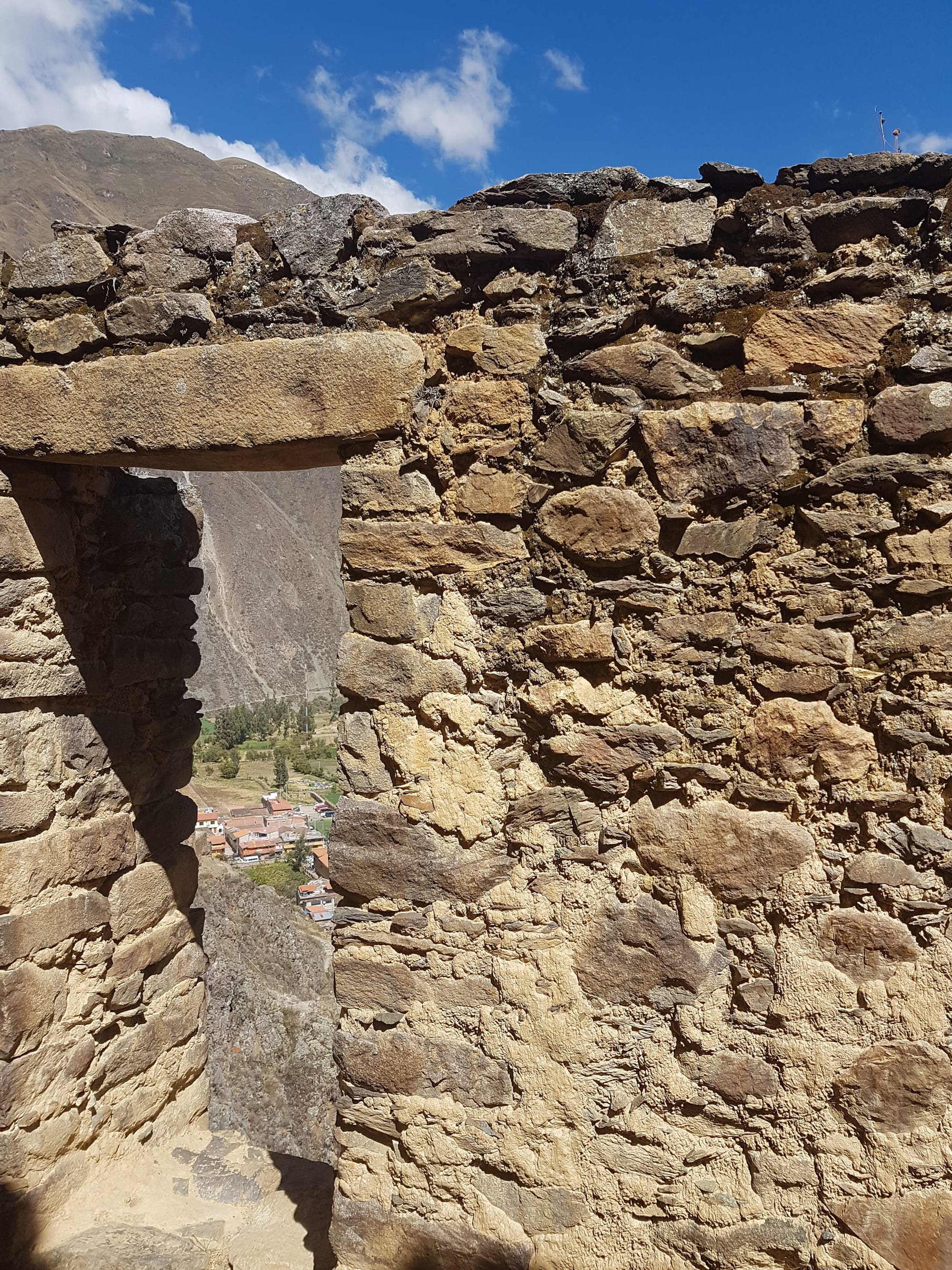
Day 9 Ollantaytambo – the main archeological site – Inca ceremonial center is located on a hill called Cerro Bandolista.
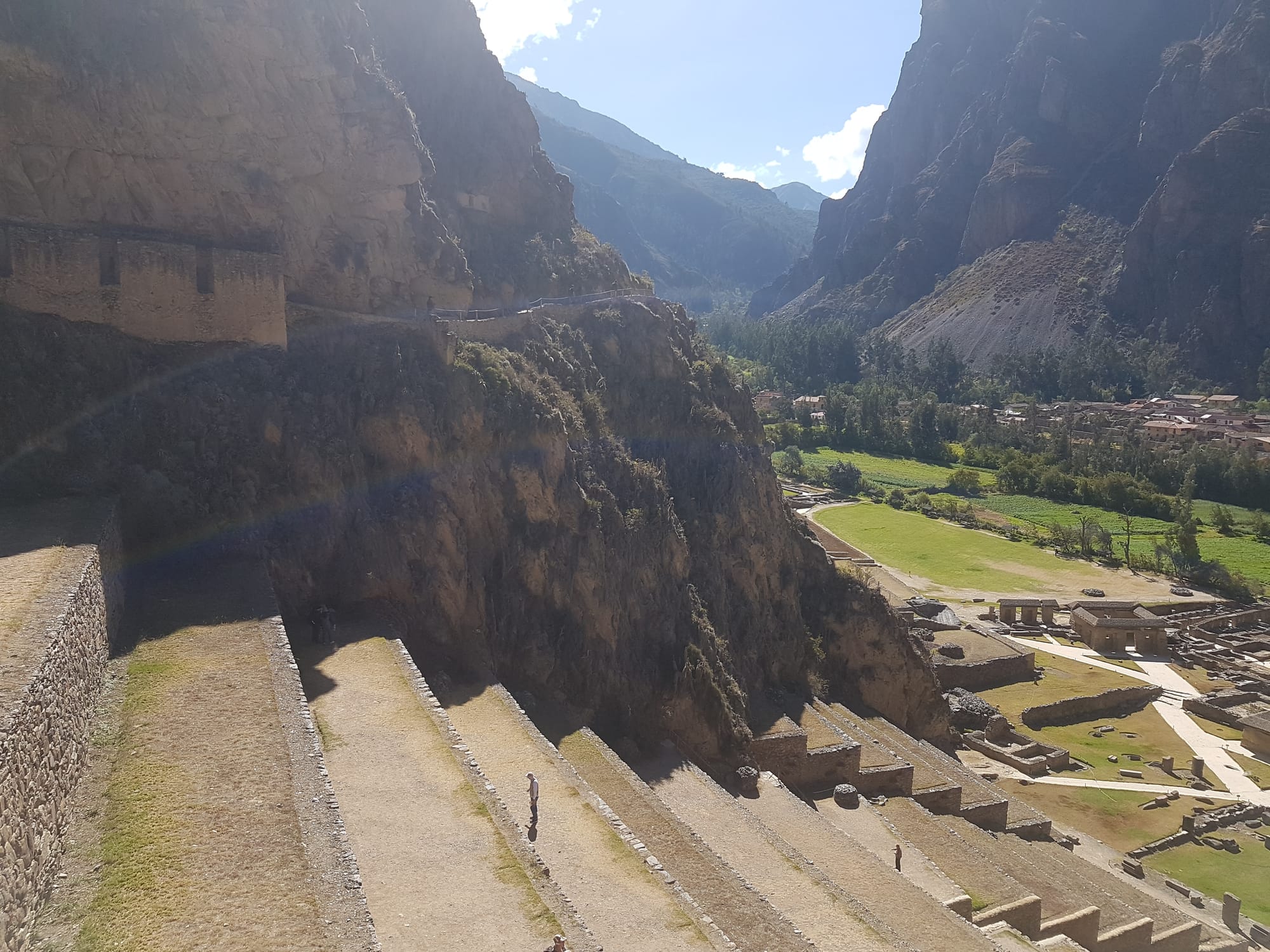
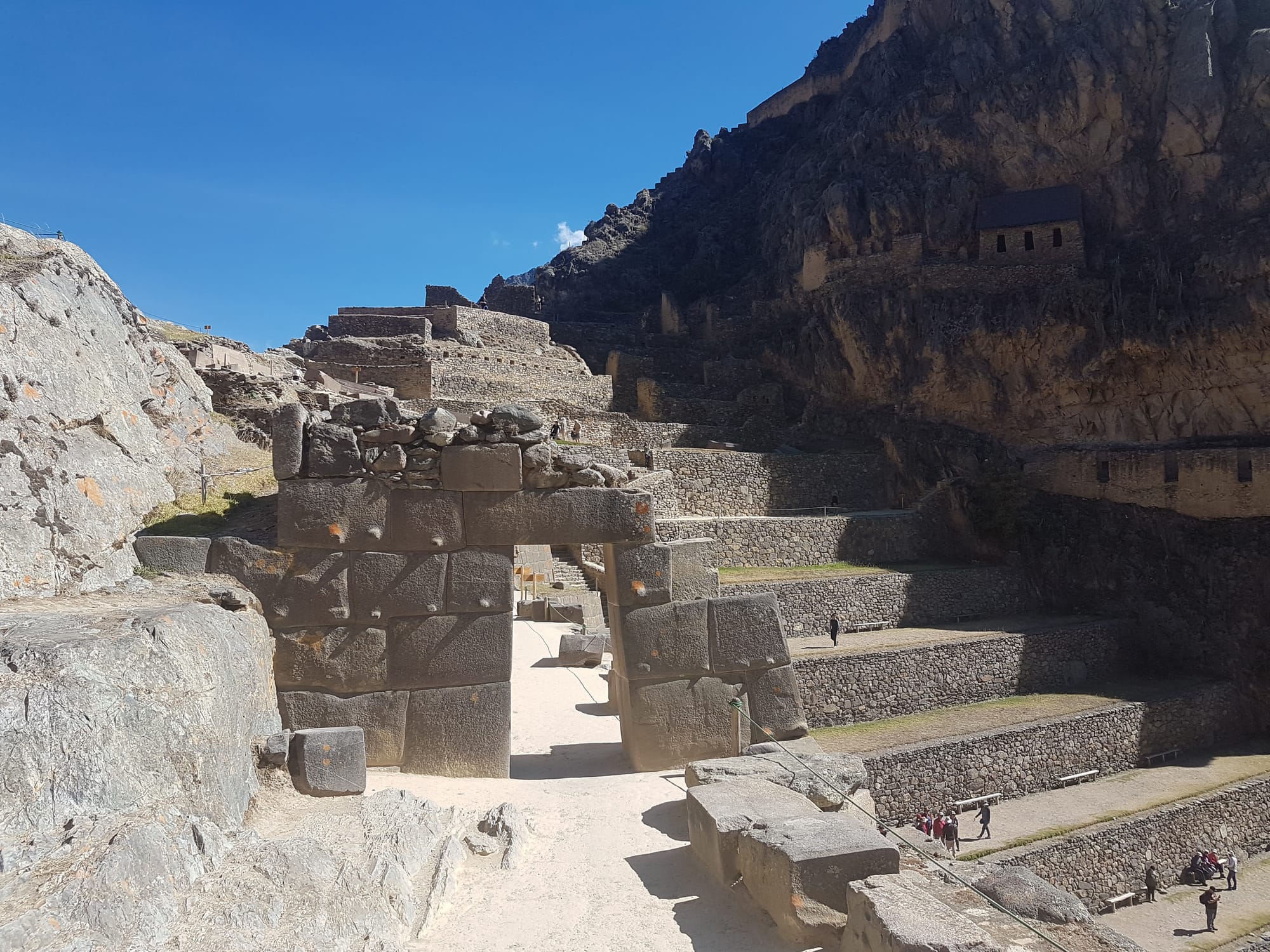
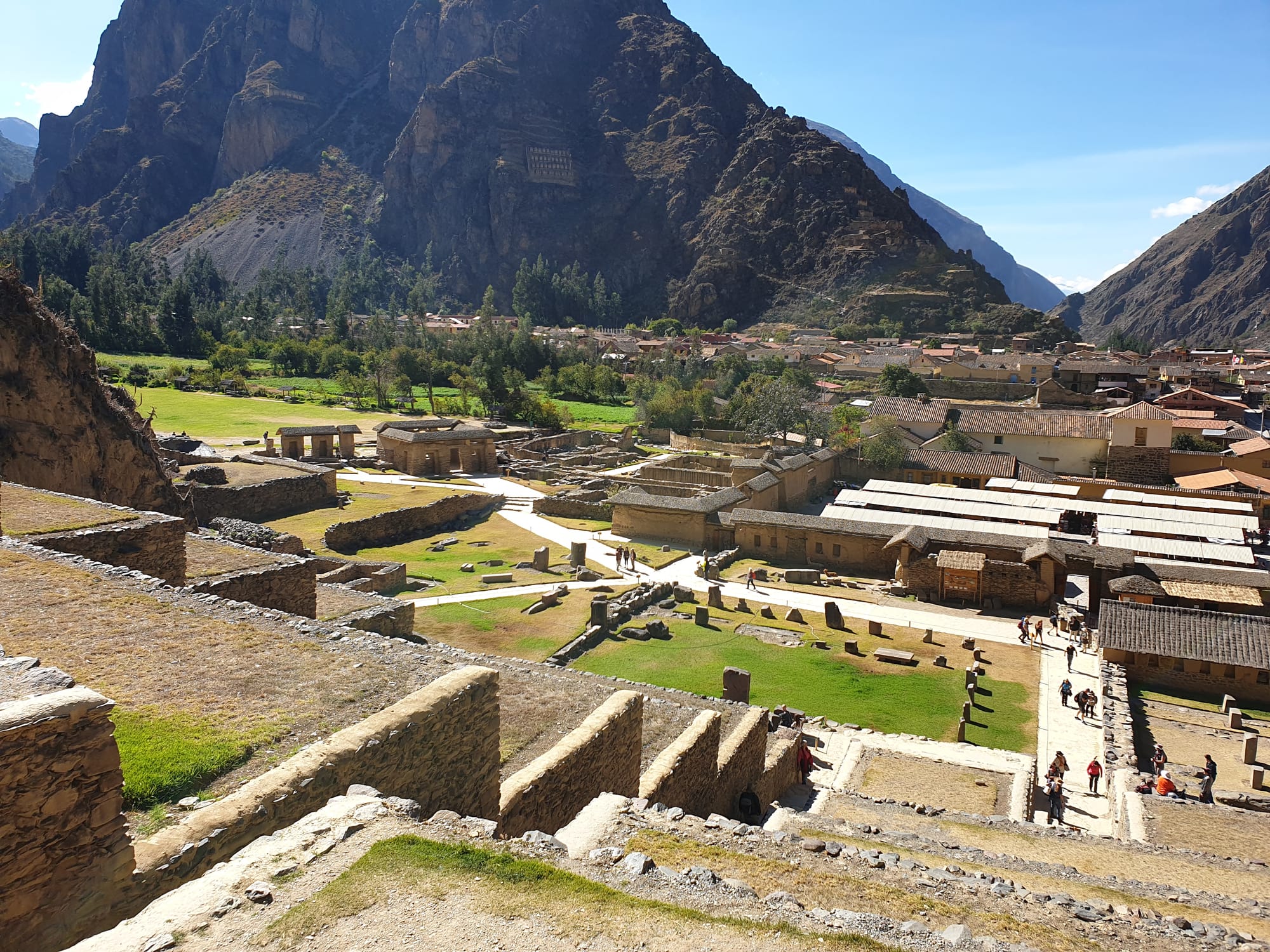

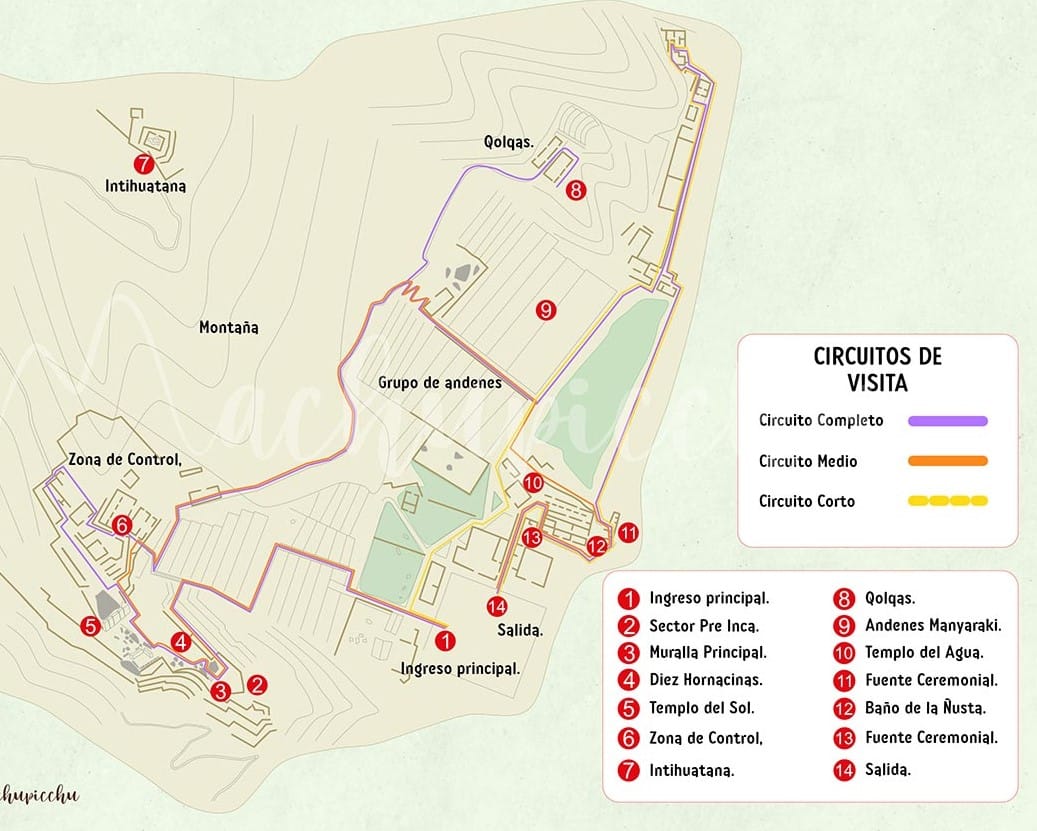
Templo del sol
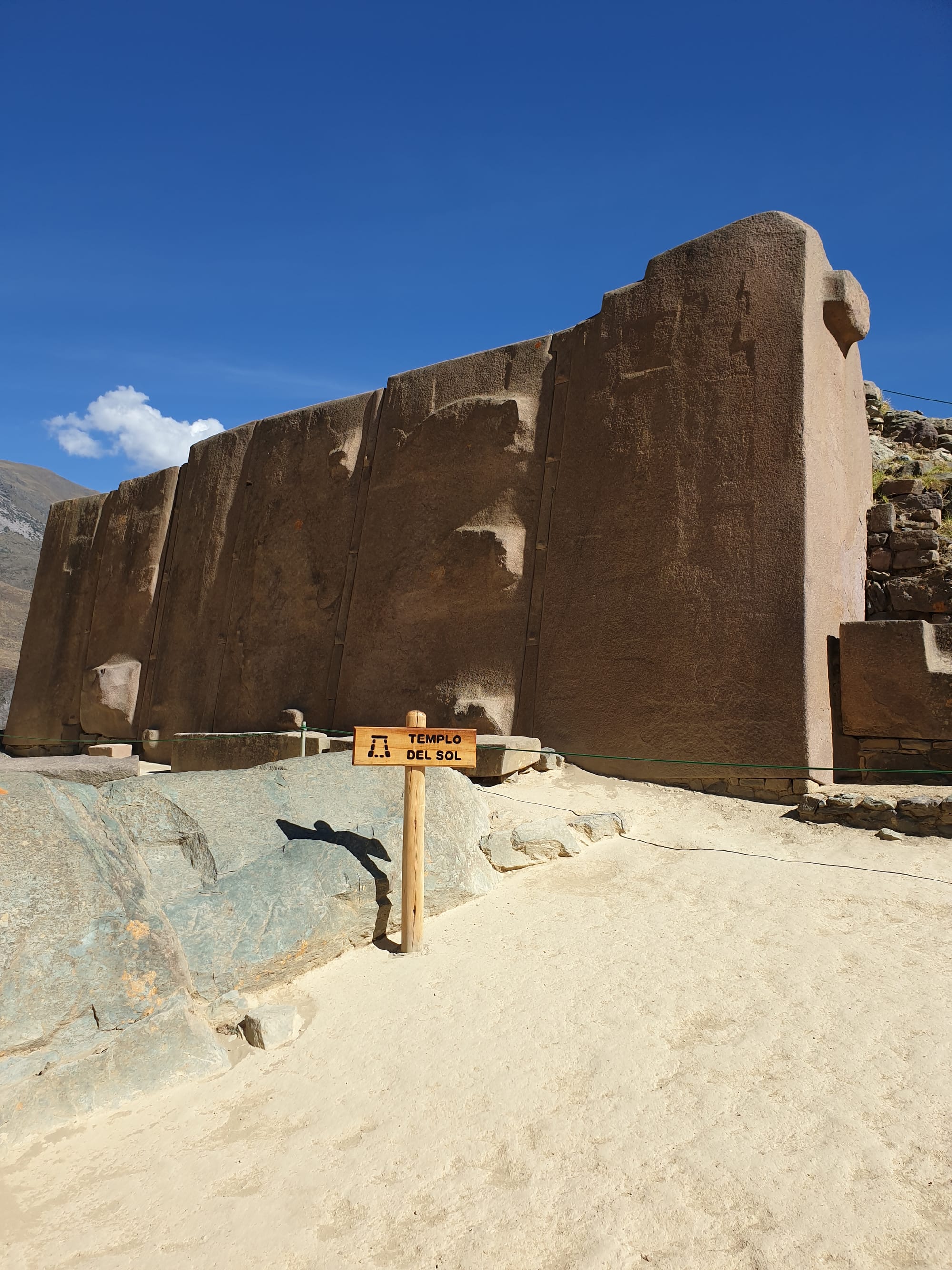
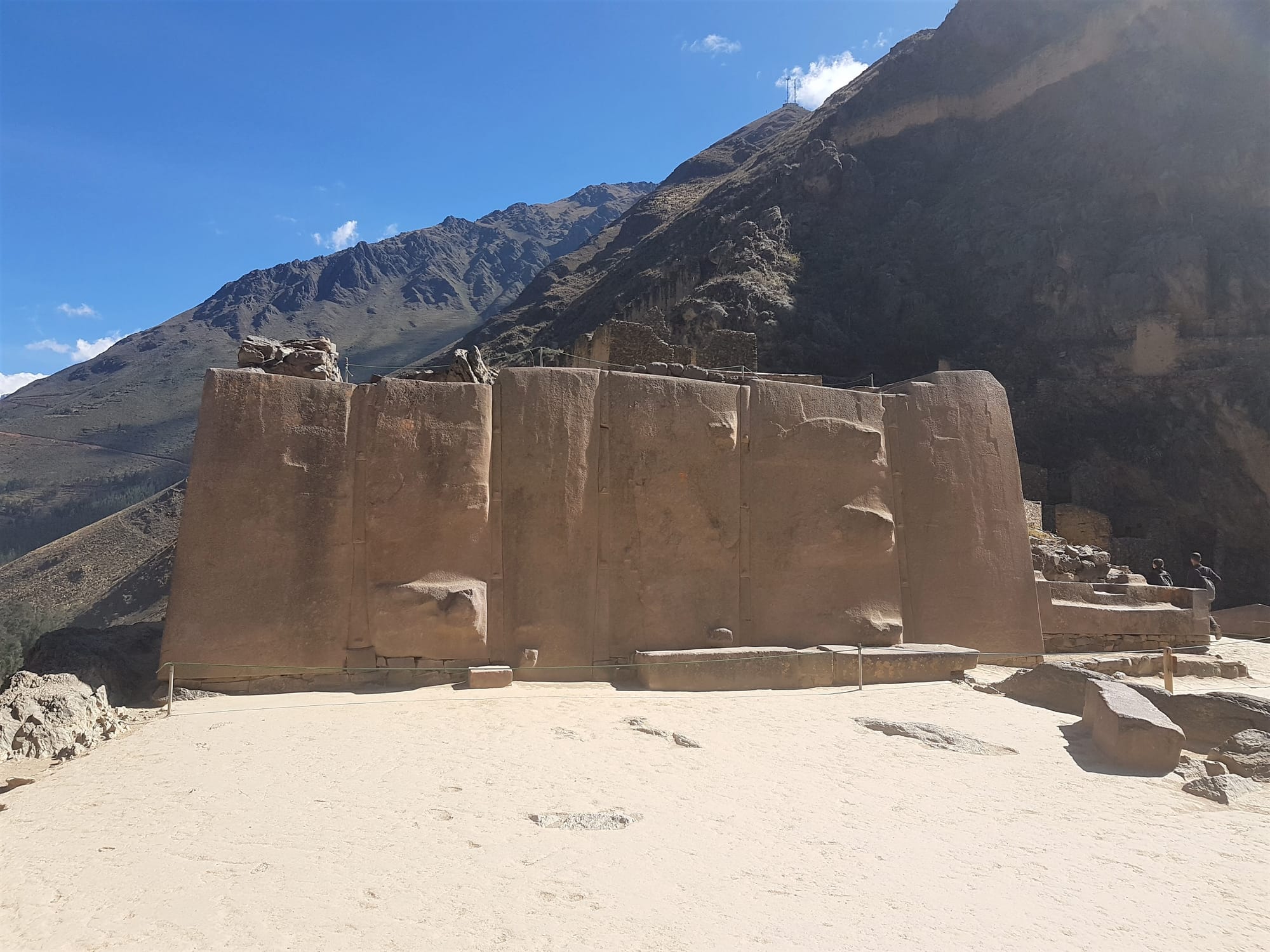
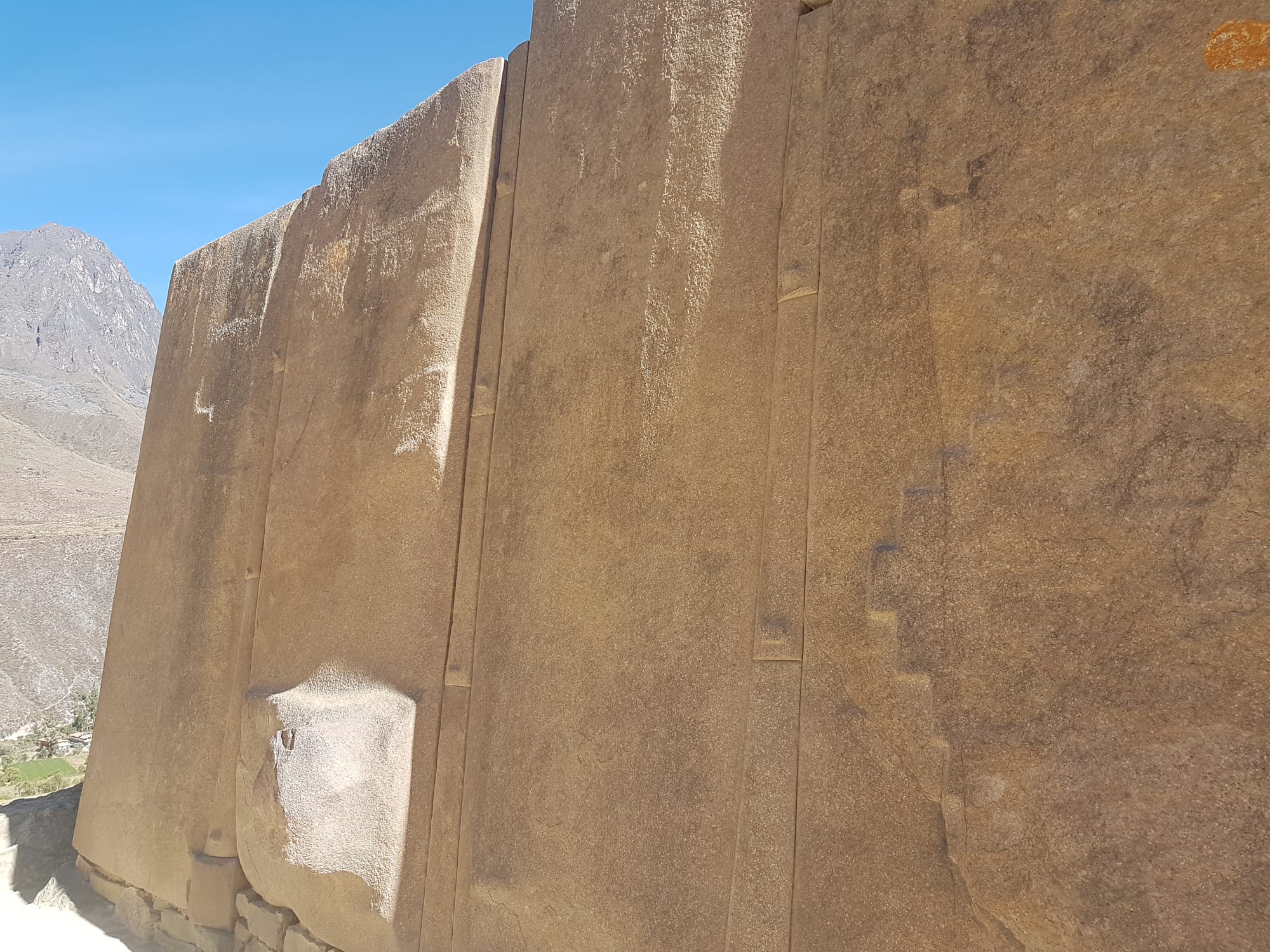
Intihuatana
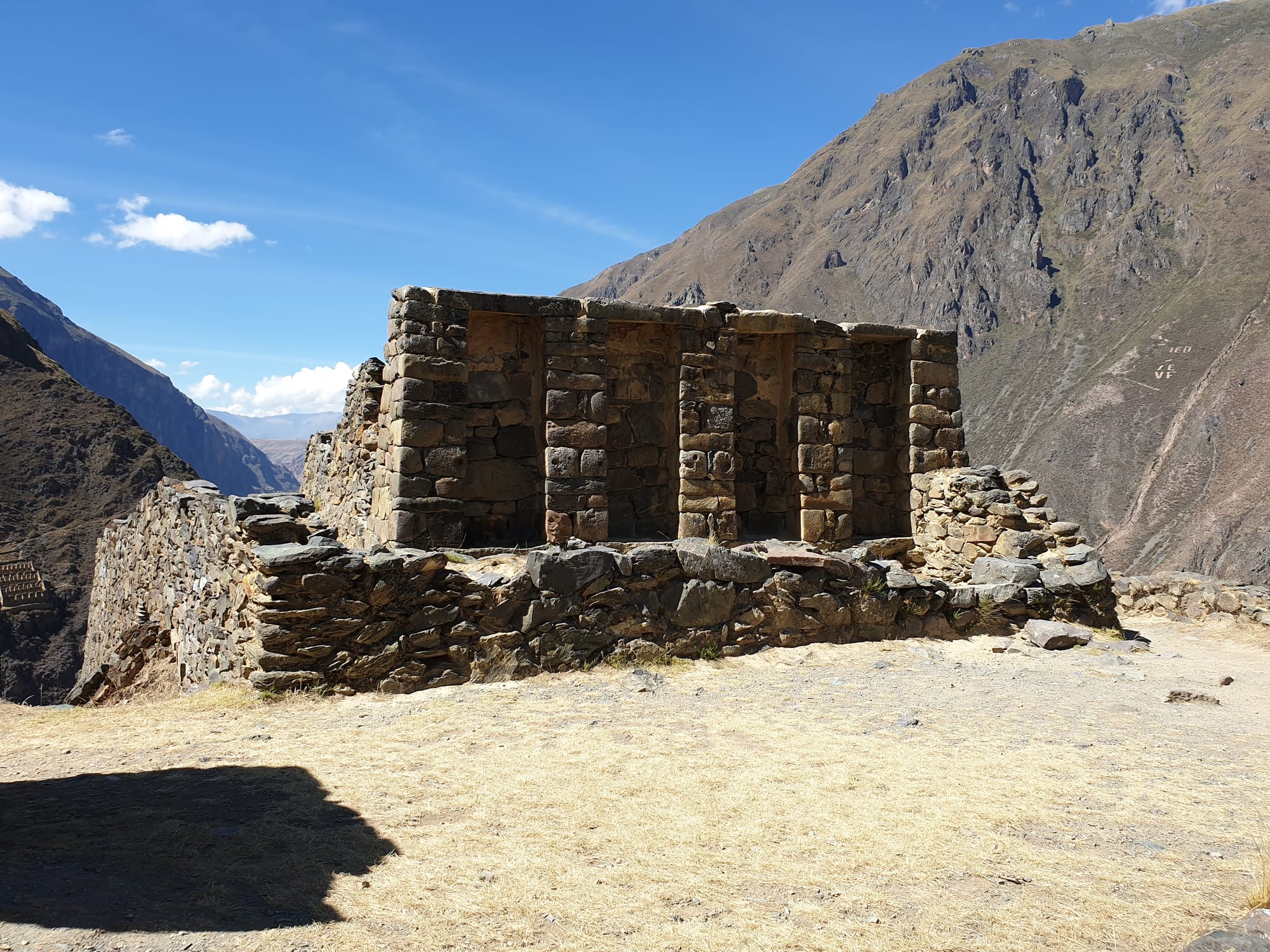
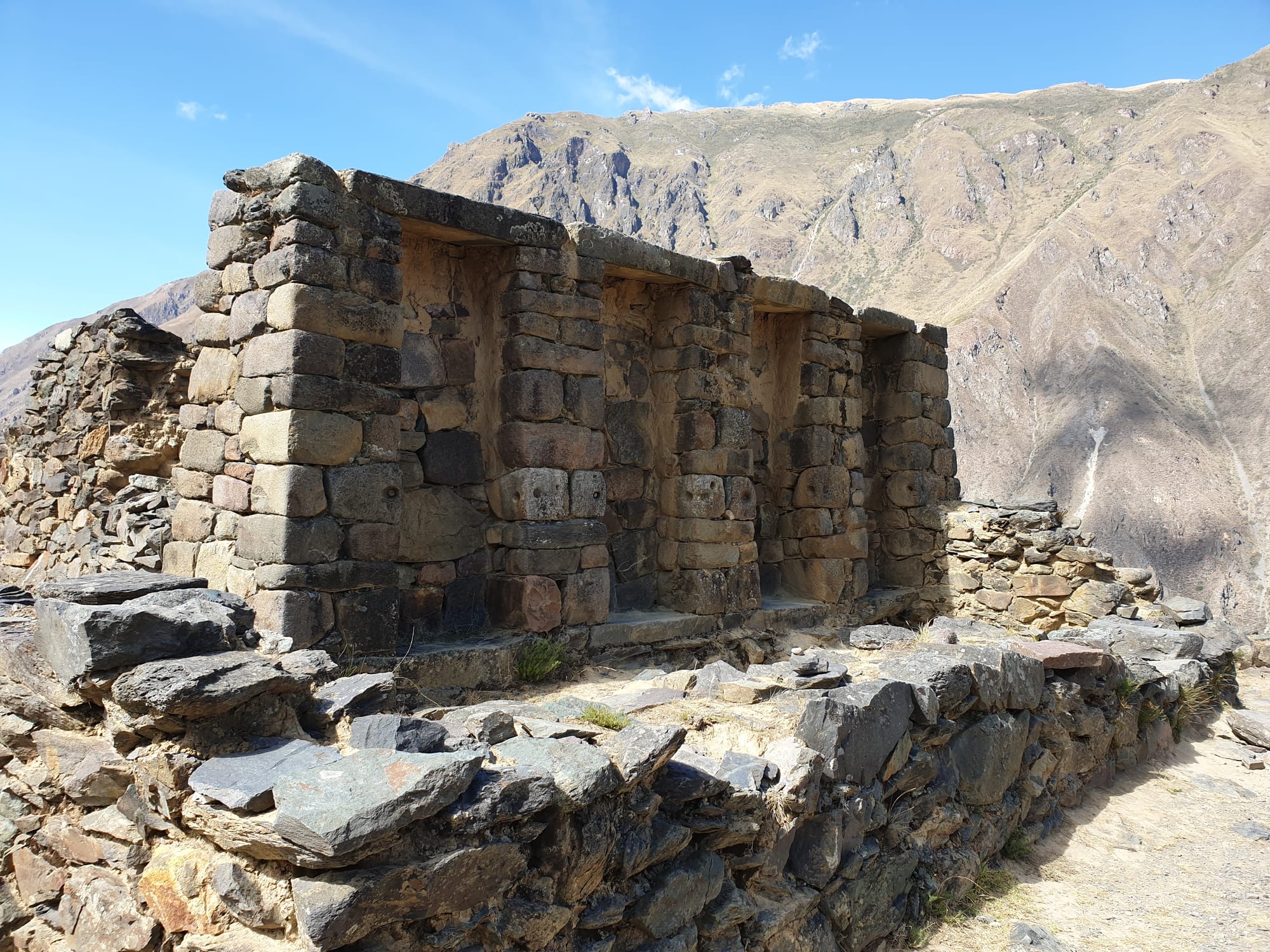
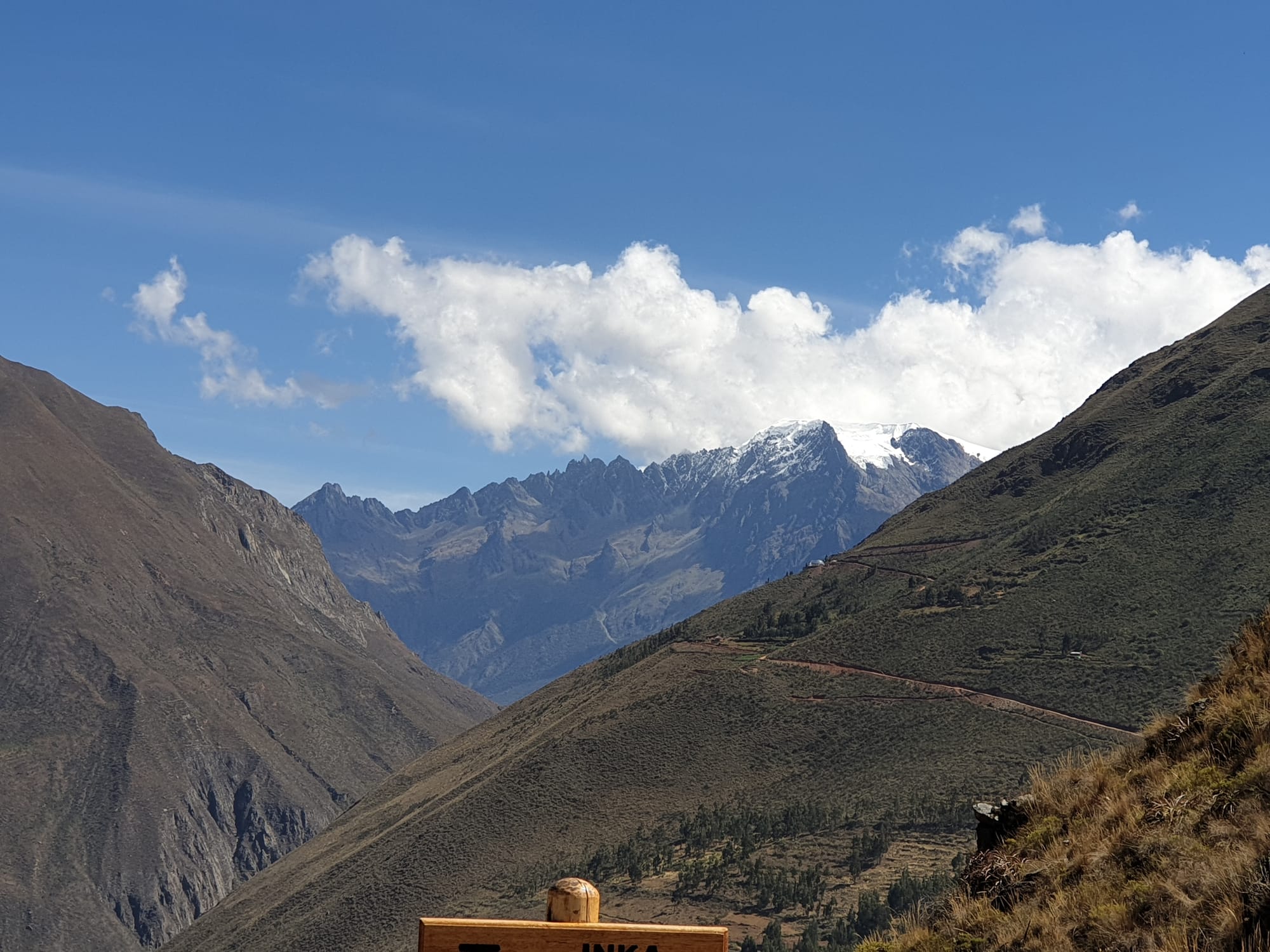
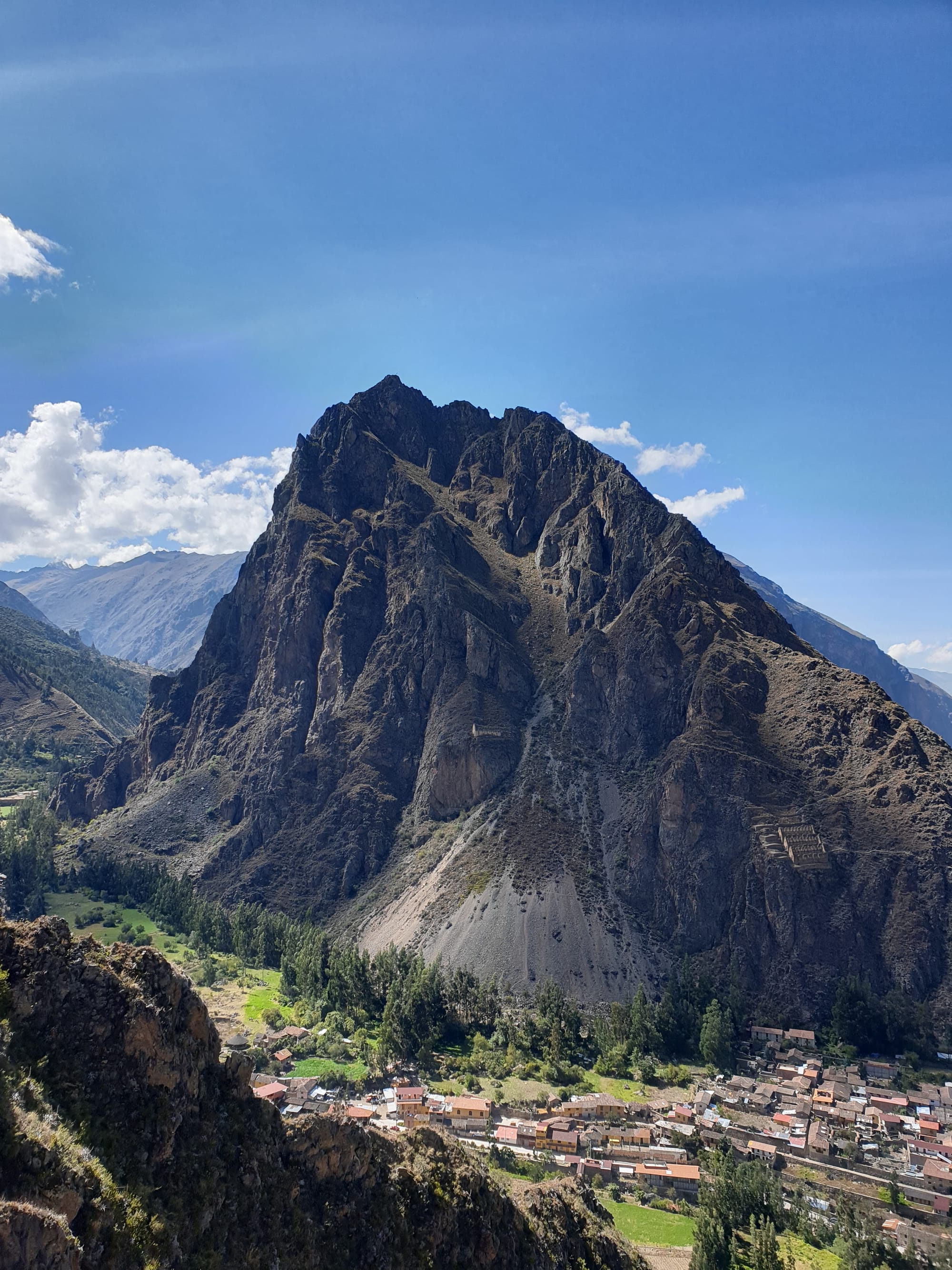
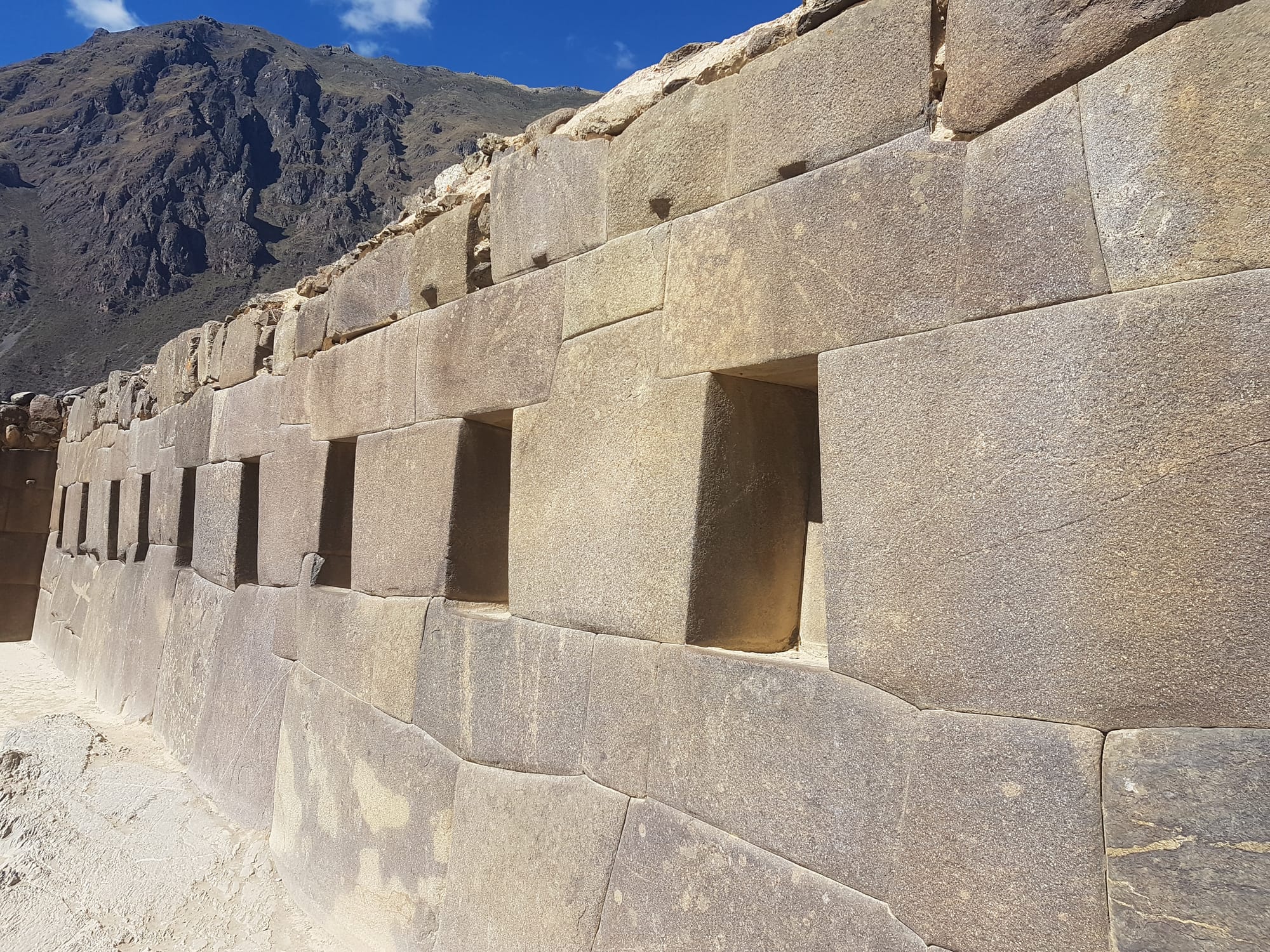
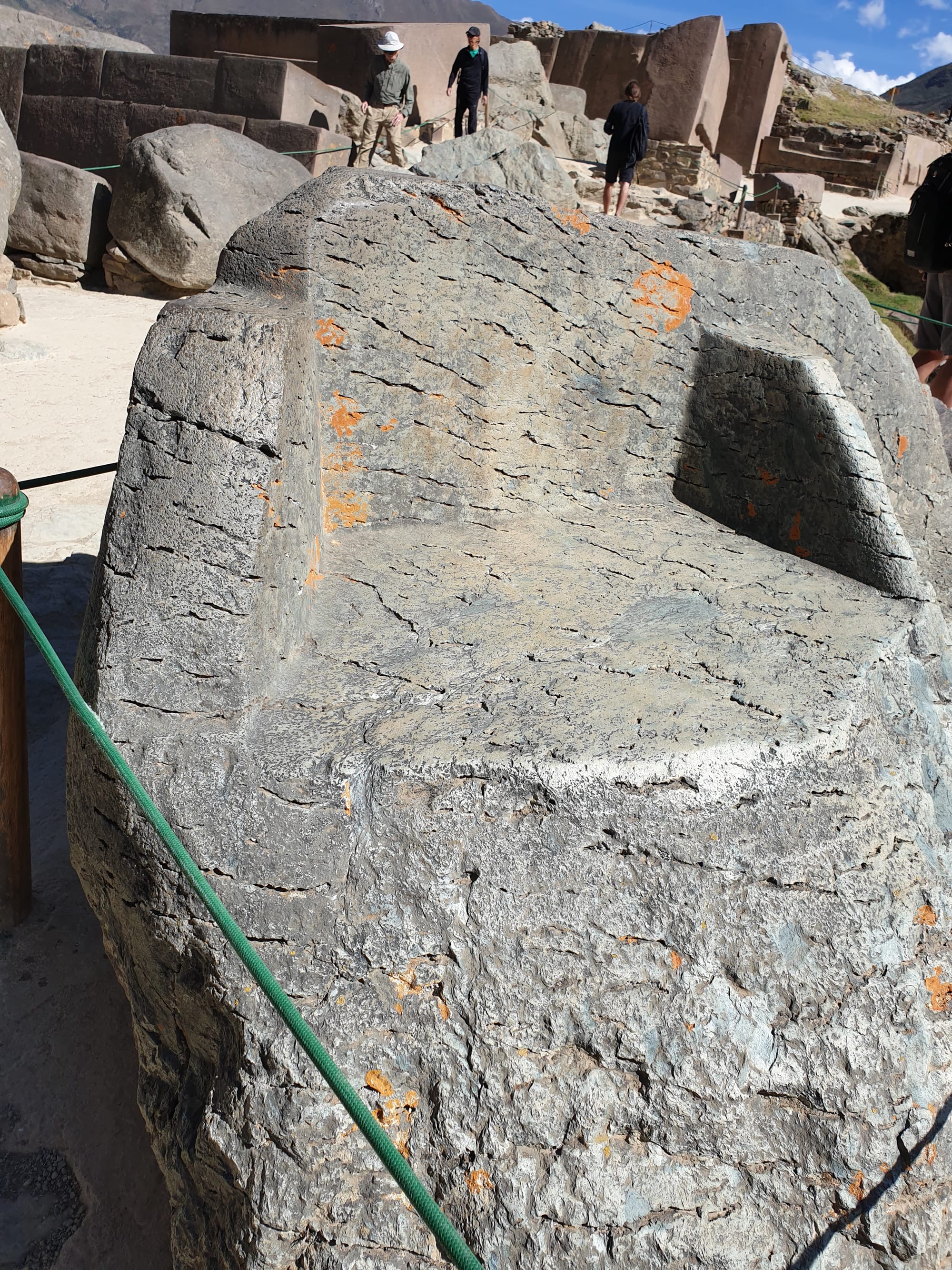
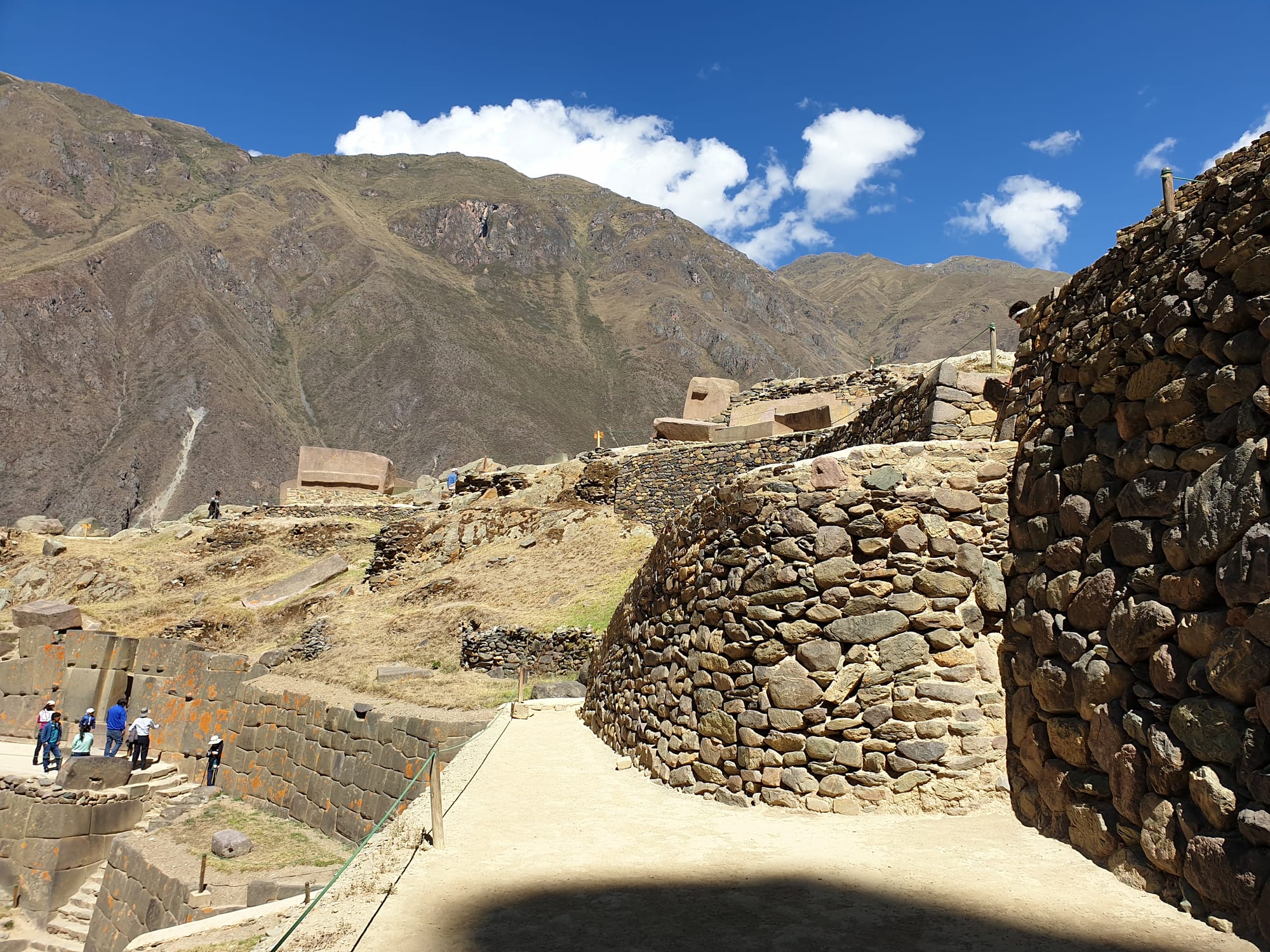
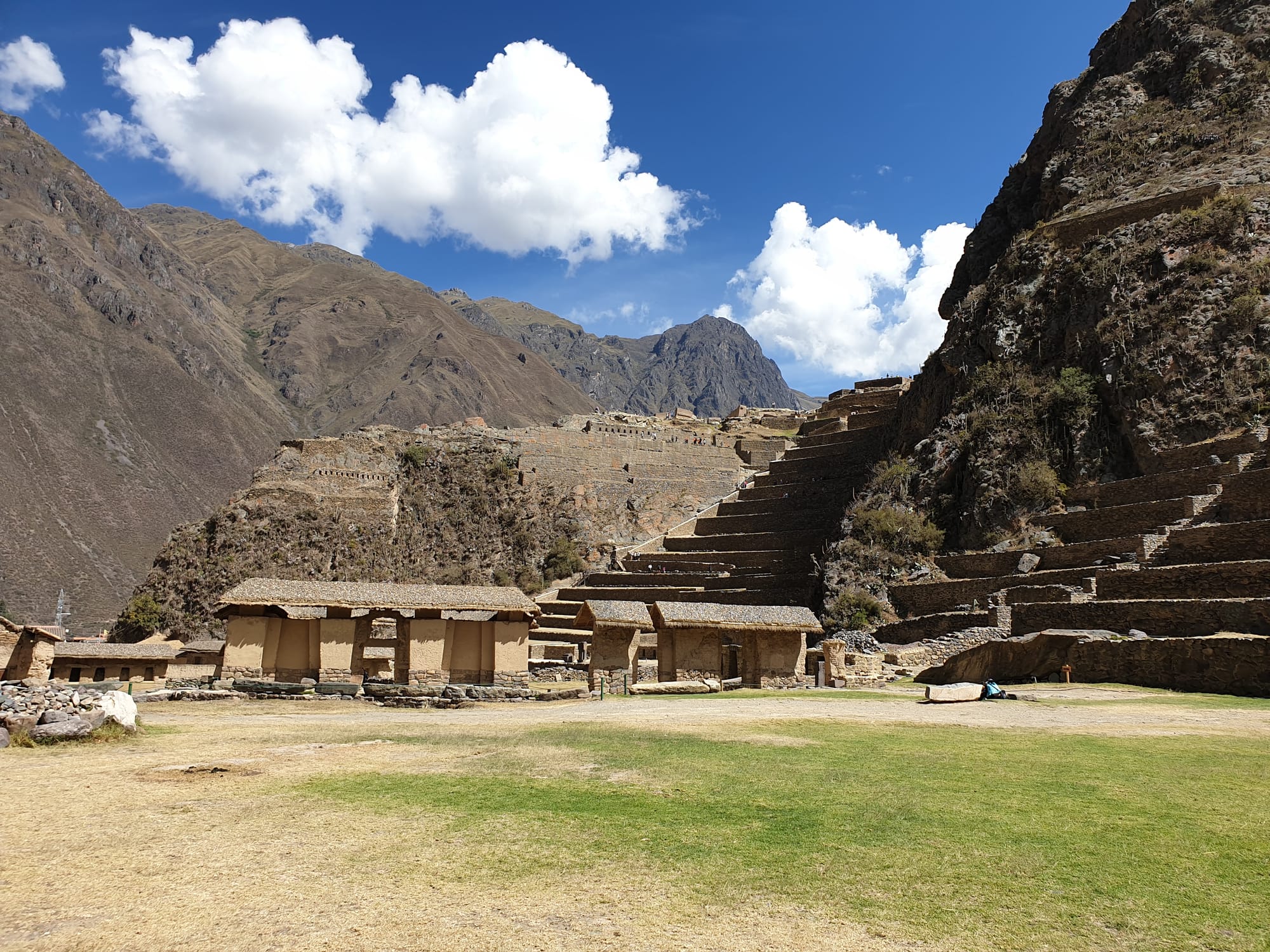

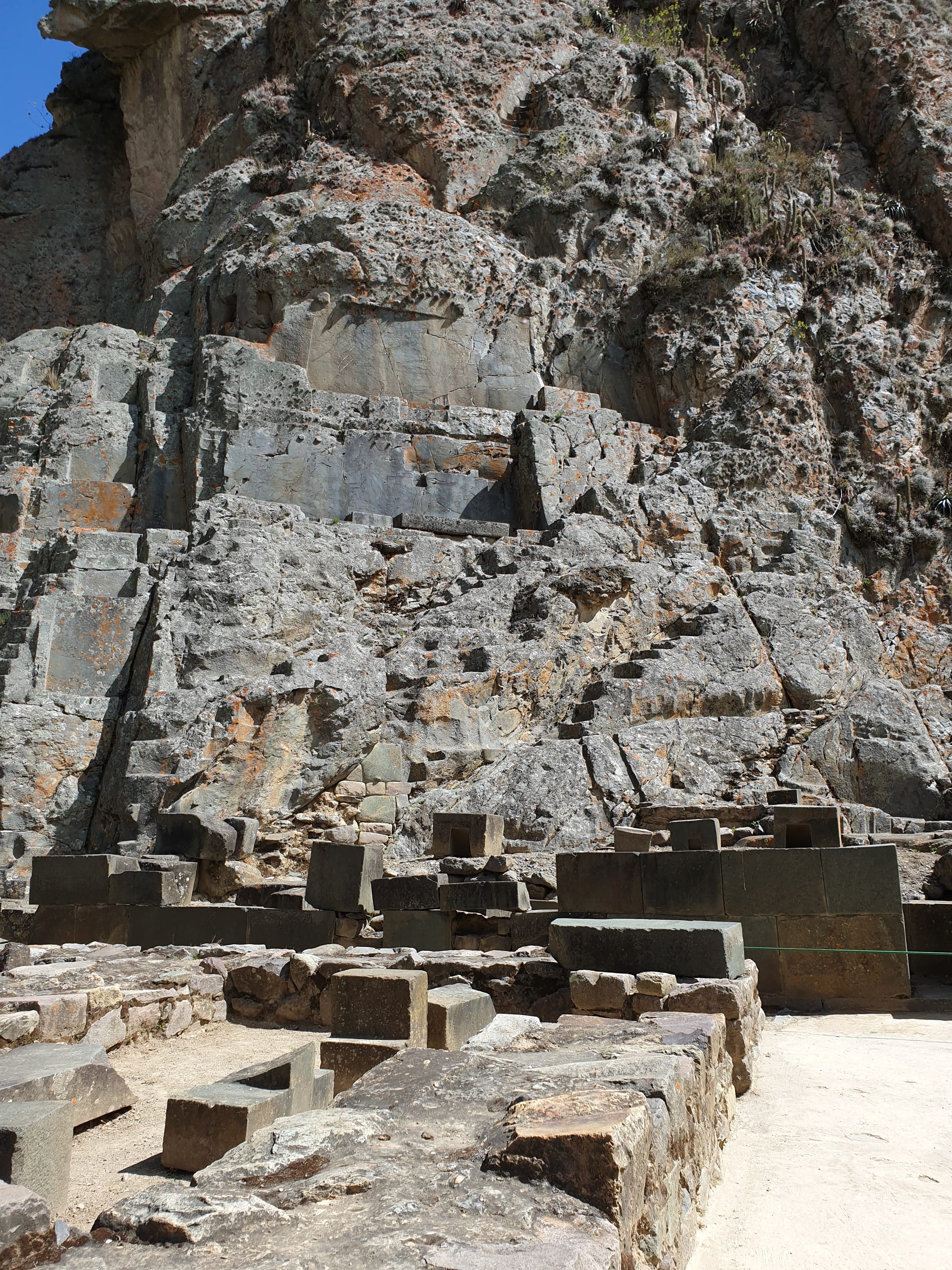
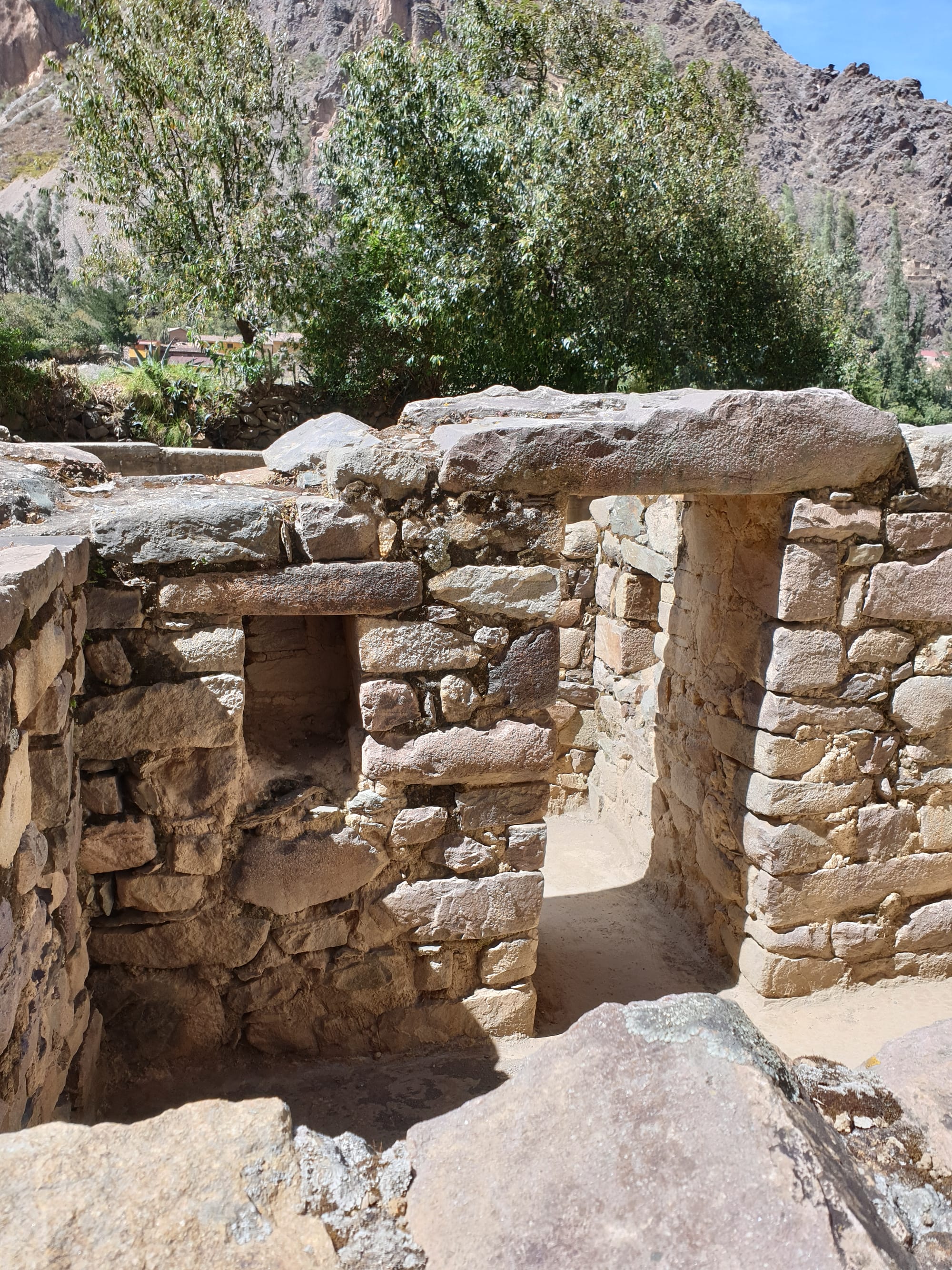
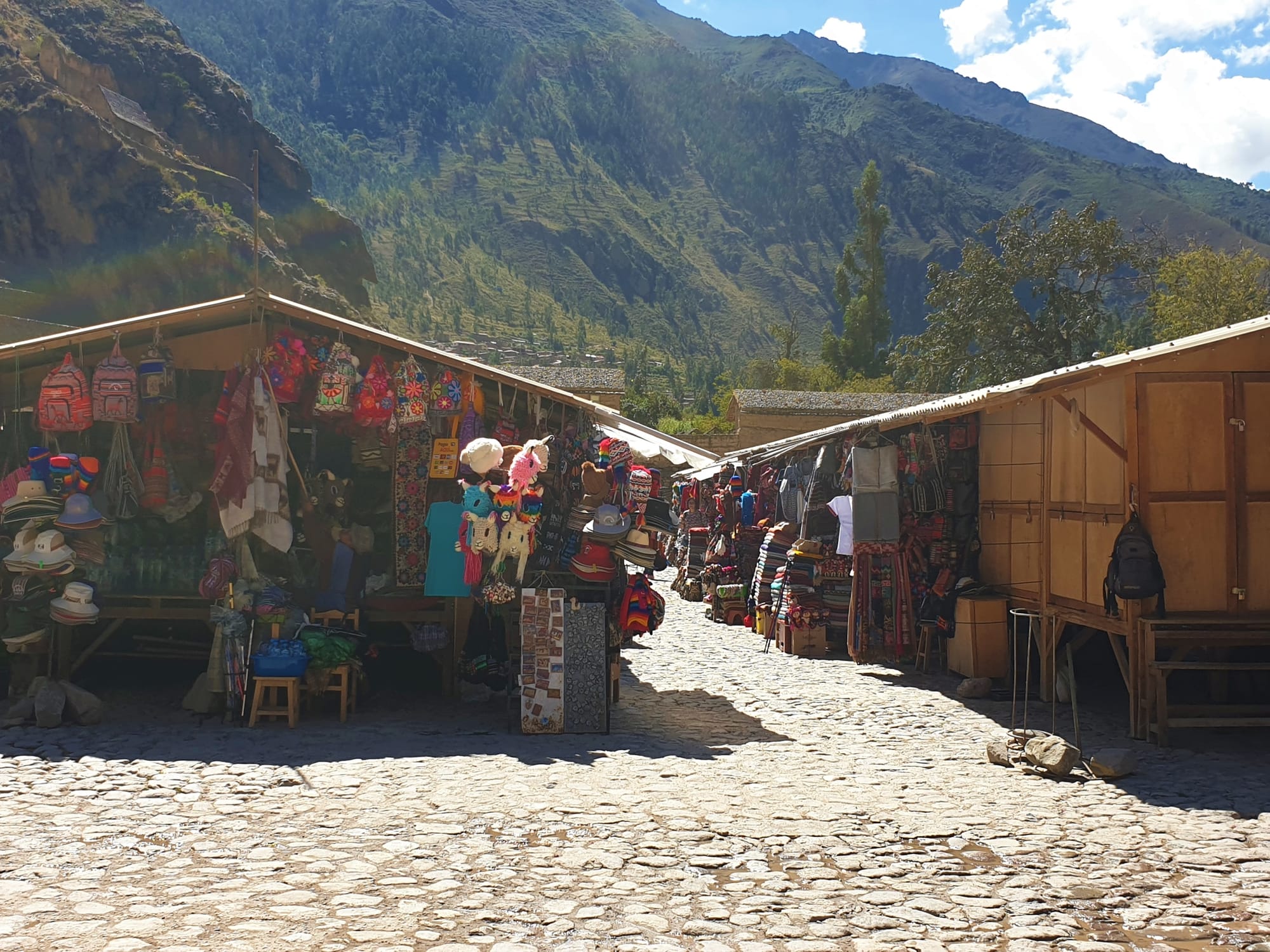
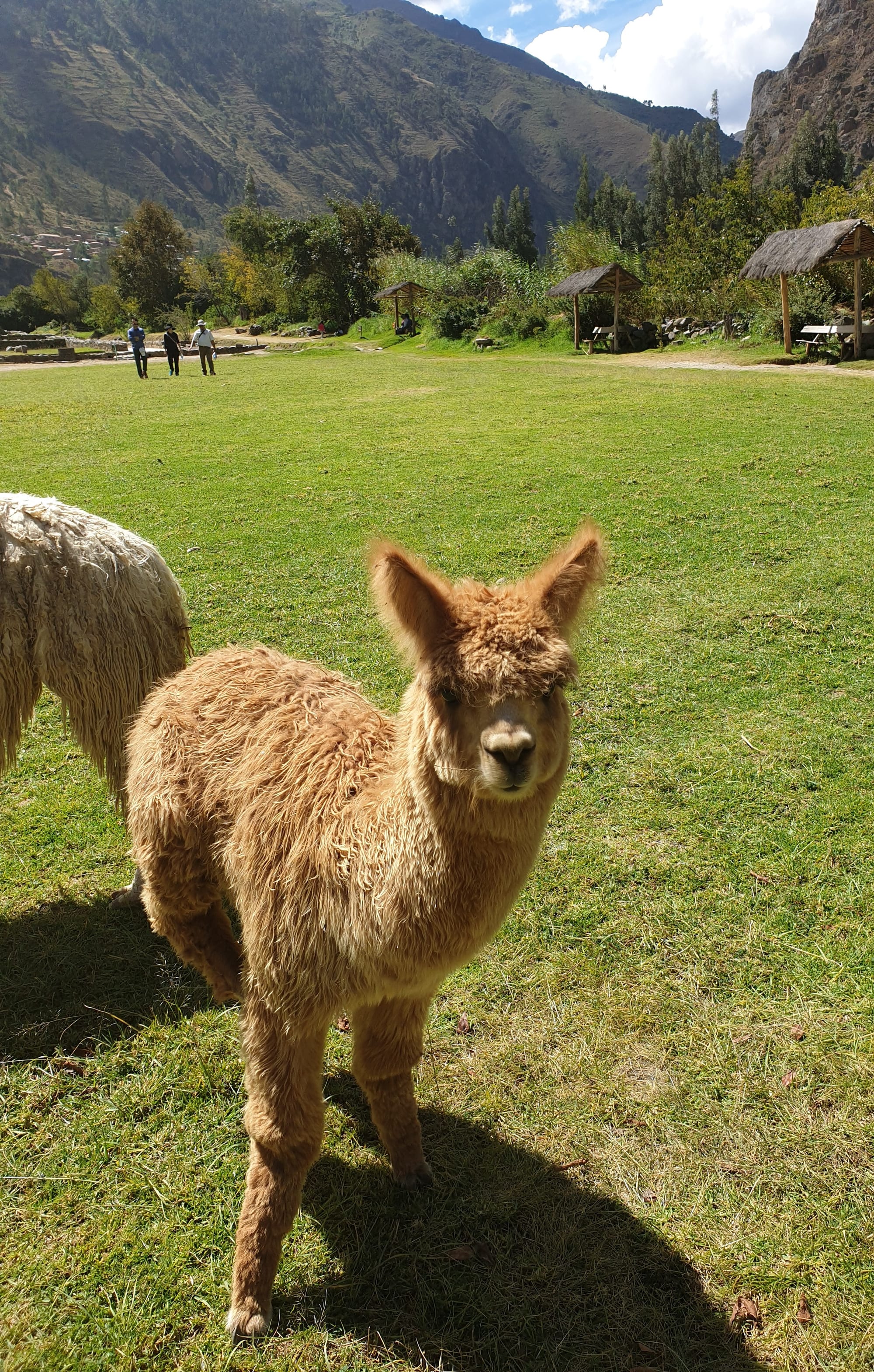
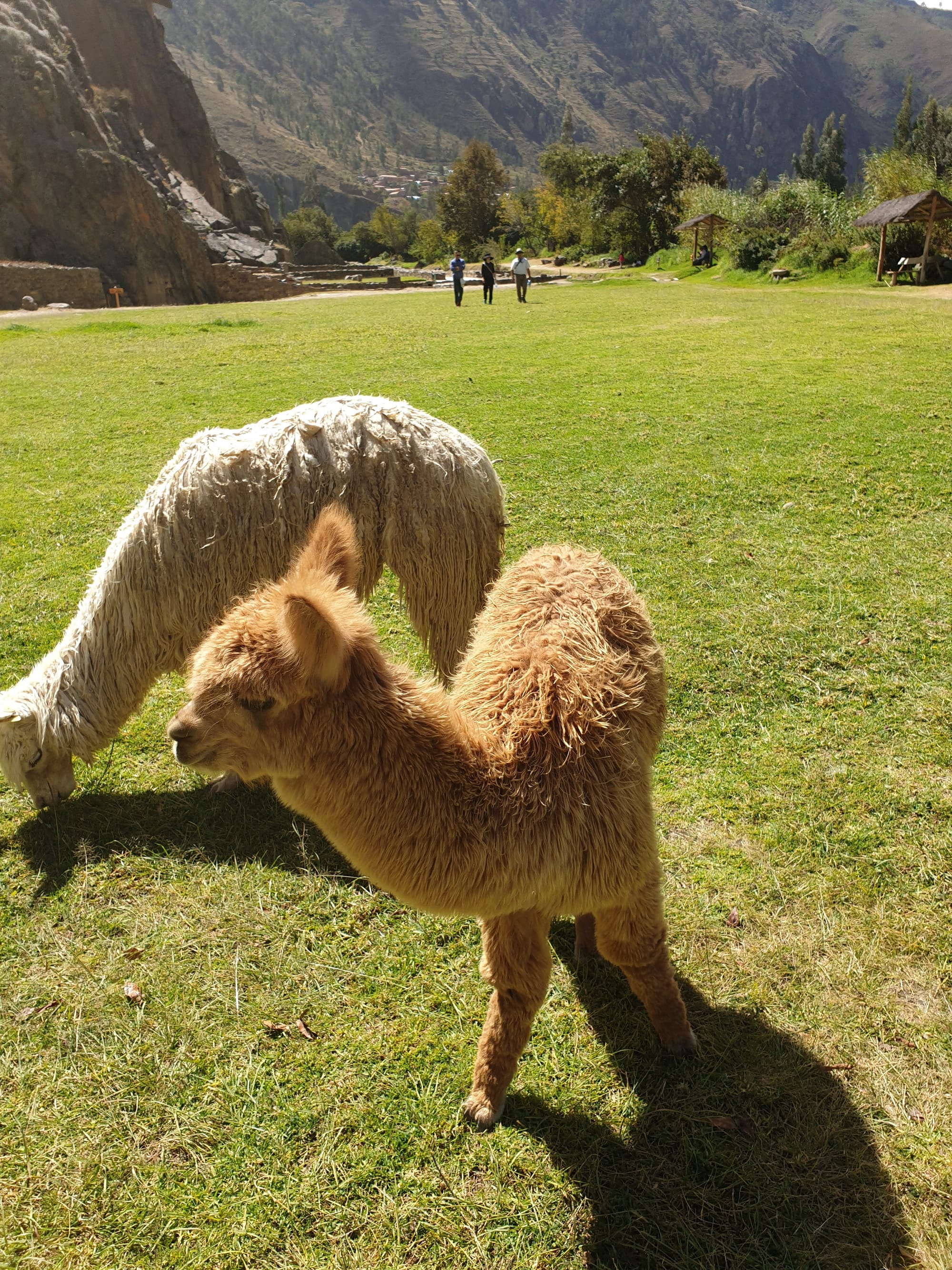
Day 10 Machu Picchu
You need to book the visit to the main site and separate for the two peaks Huayna Picchu or/and Machu Picchu Mountain, the third hike to the Sun Gate Inti Punku doesn’t require booking or an additional fee. The fact is that getting a ticket for Huayna Picchu and Machu Picchu Mountain is really hard – we haven’t got tickets for the date we went there so we had no other choice – we went to Inti Punku. To be honest, I don’t regret it – there were not many people and the view of Machu Picchu and Huyana Picchu was breathtaking.
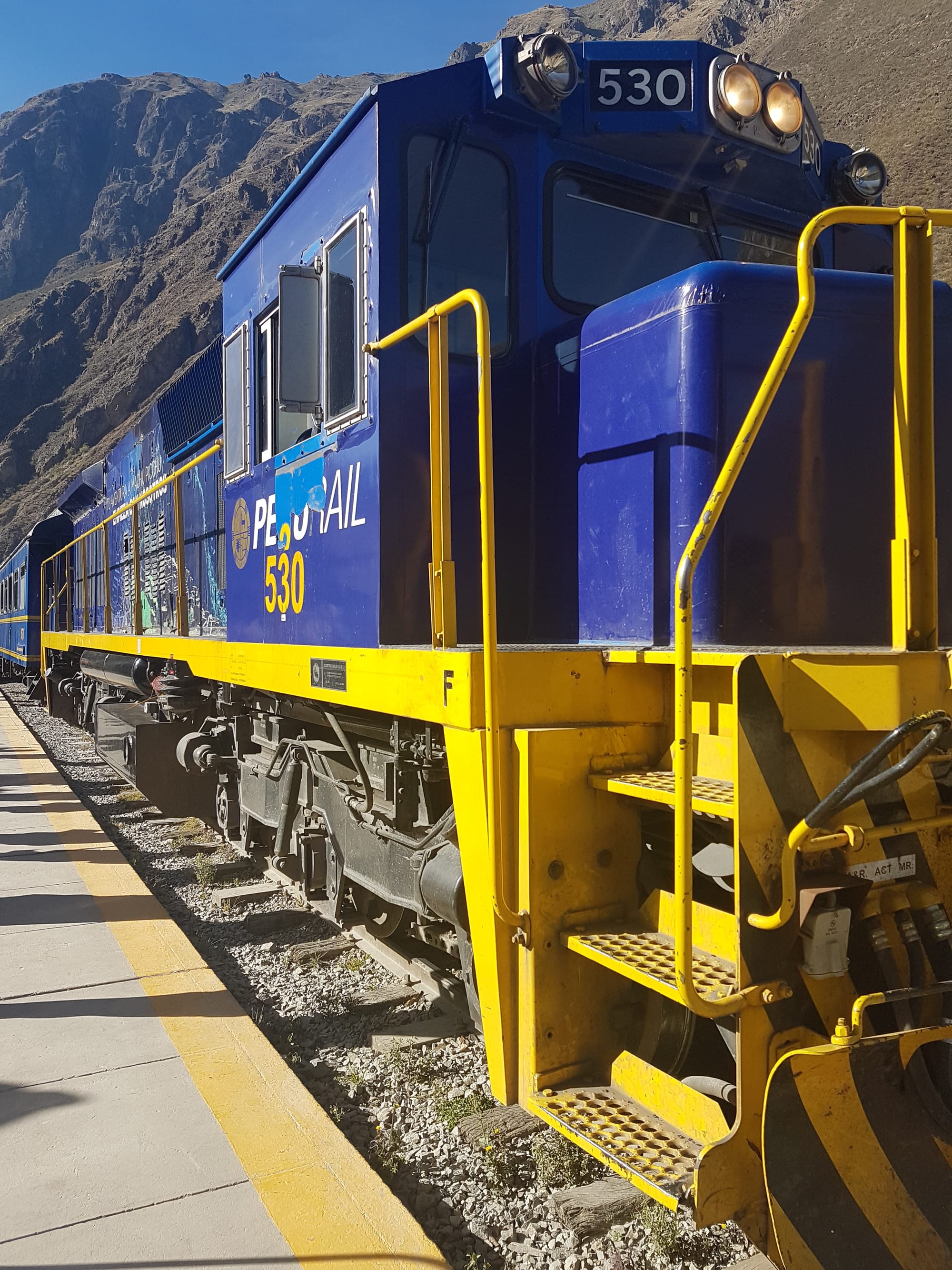
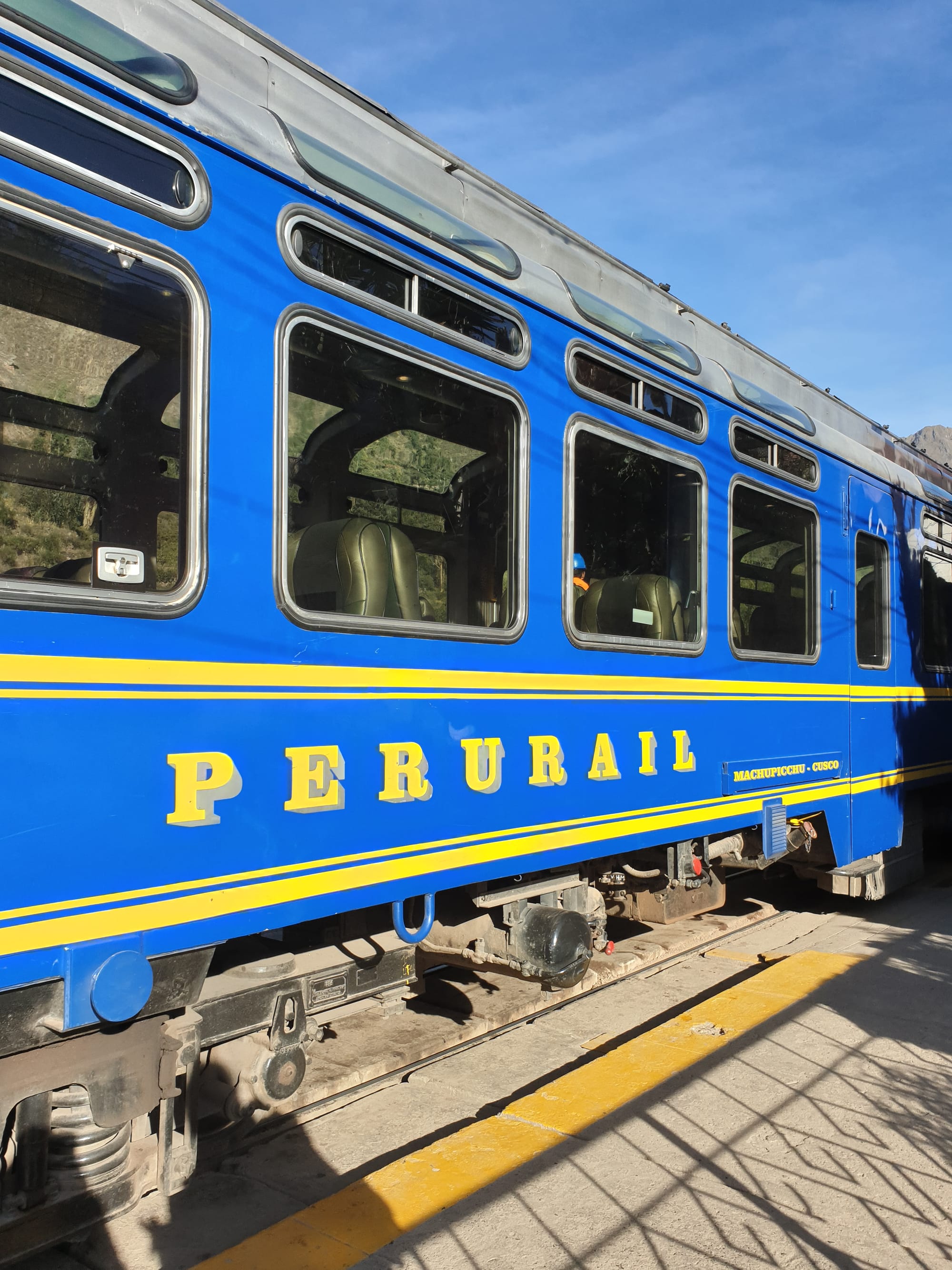



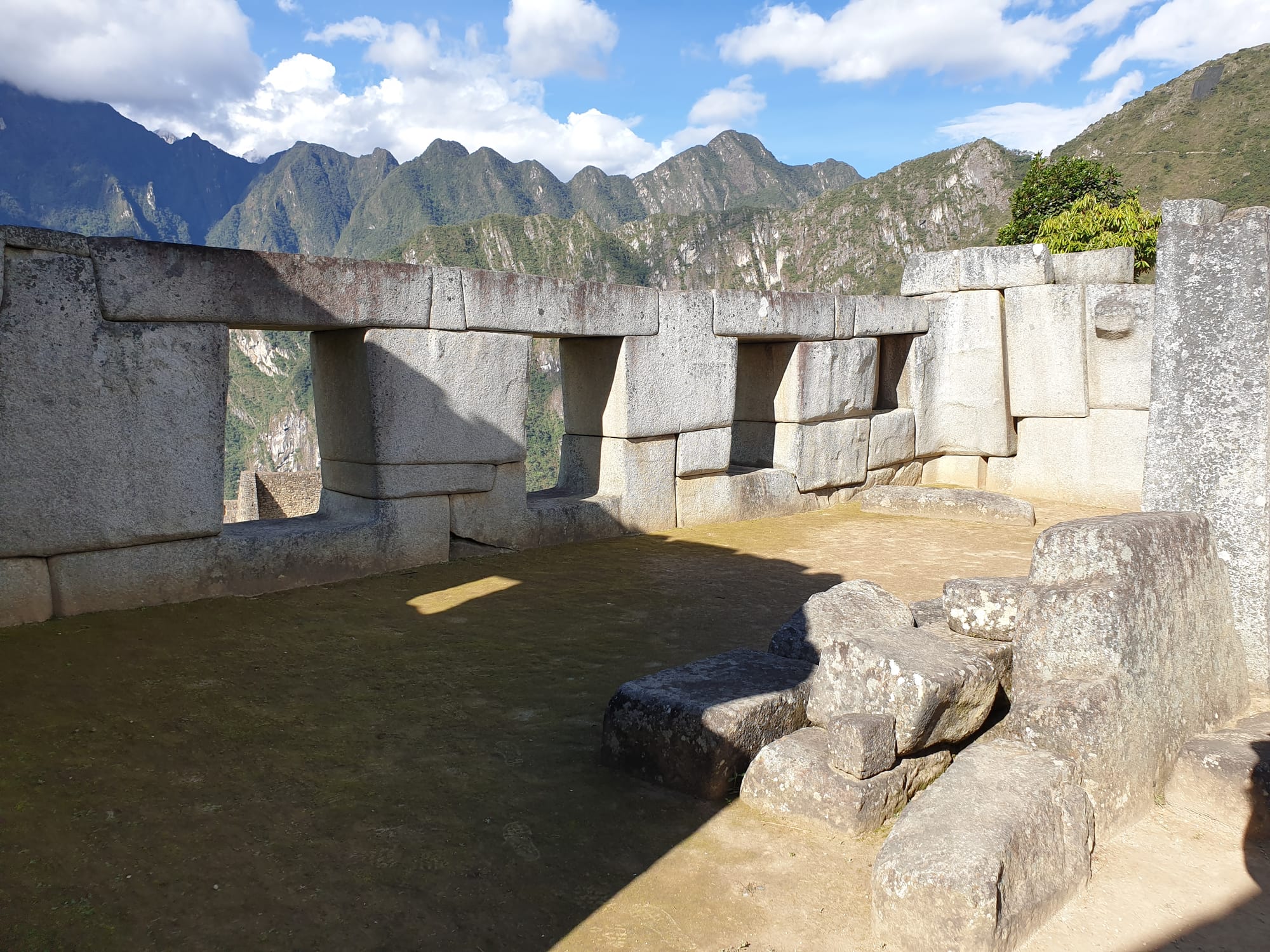
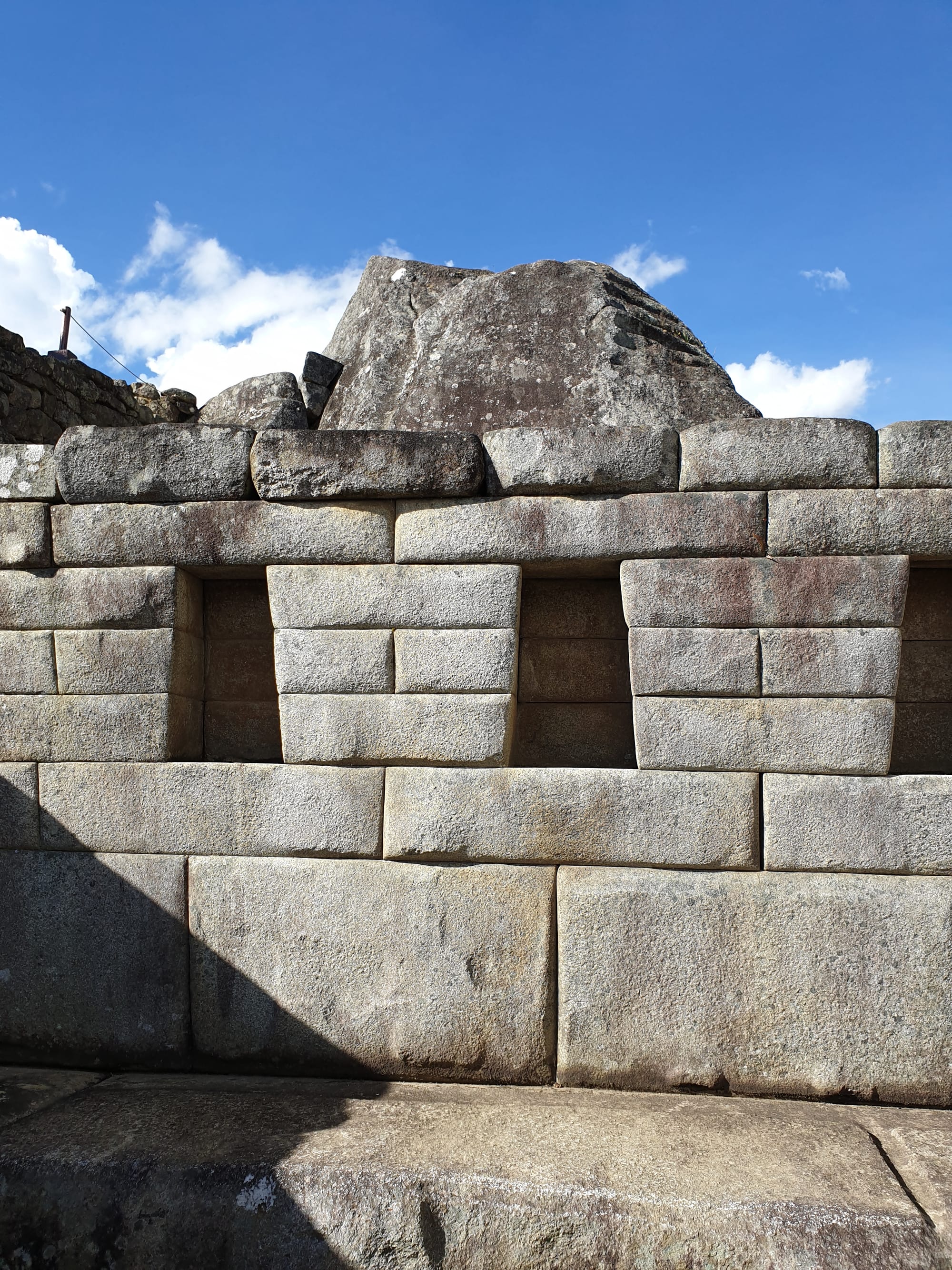
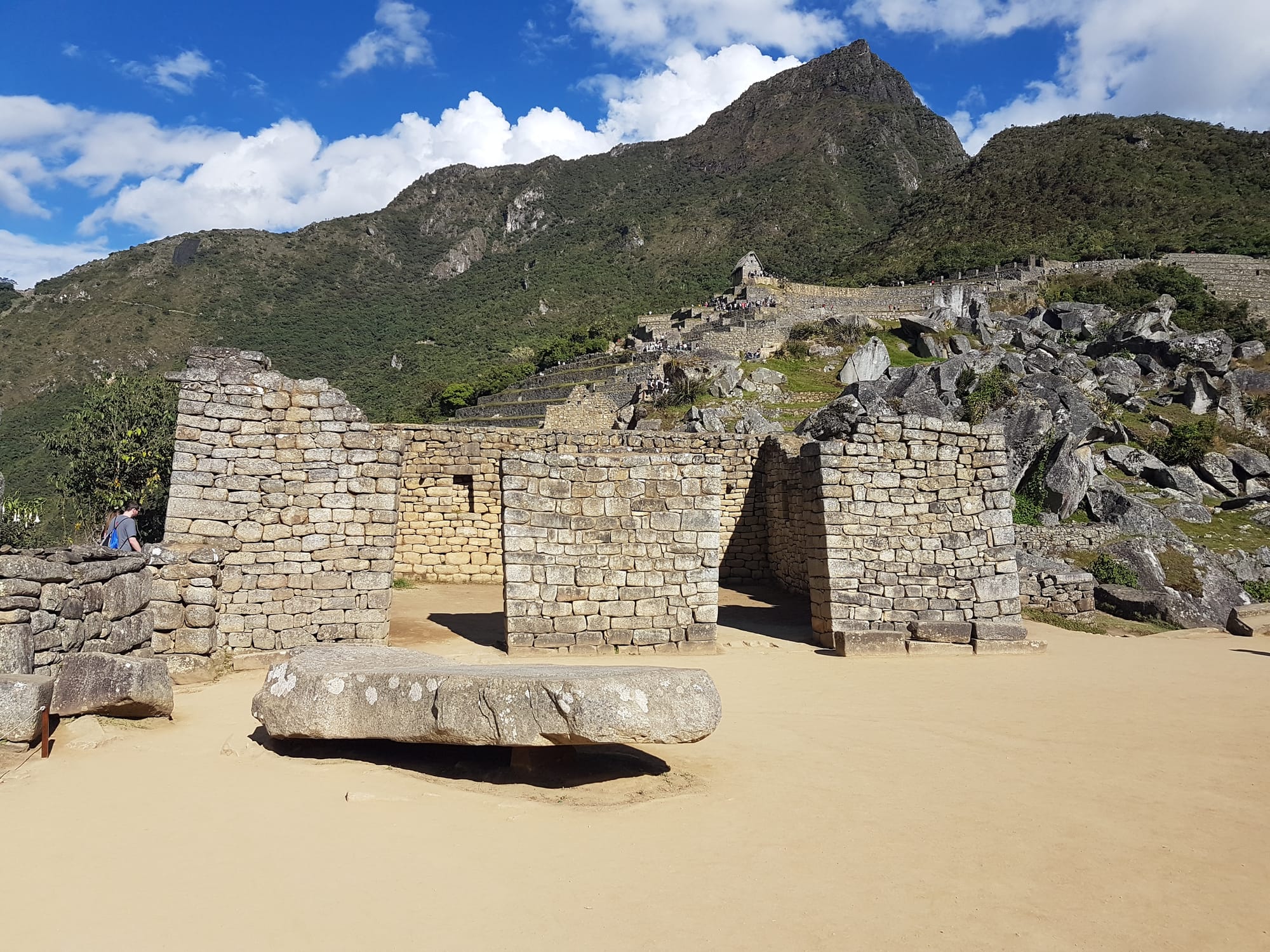
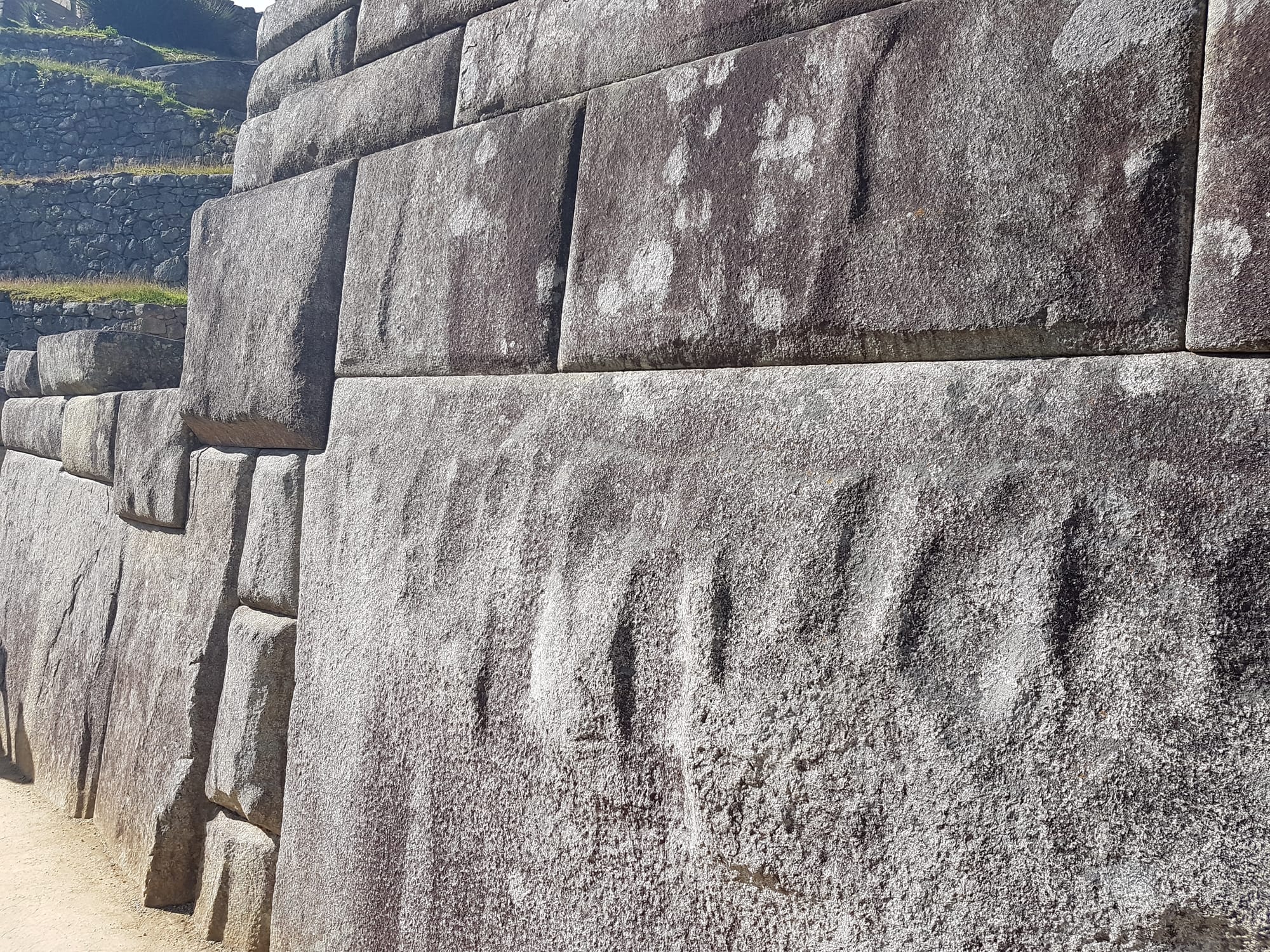
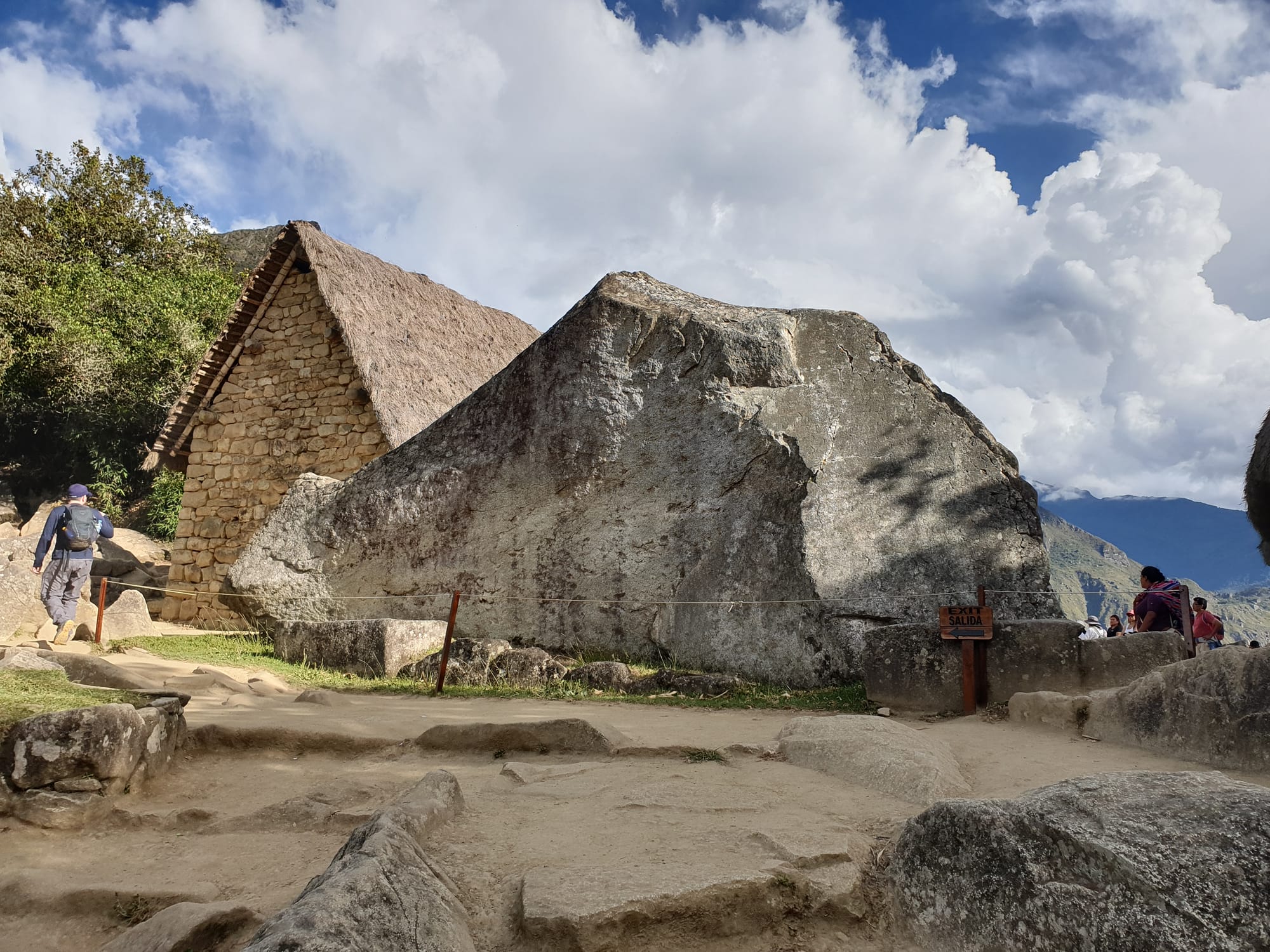
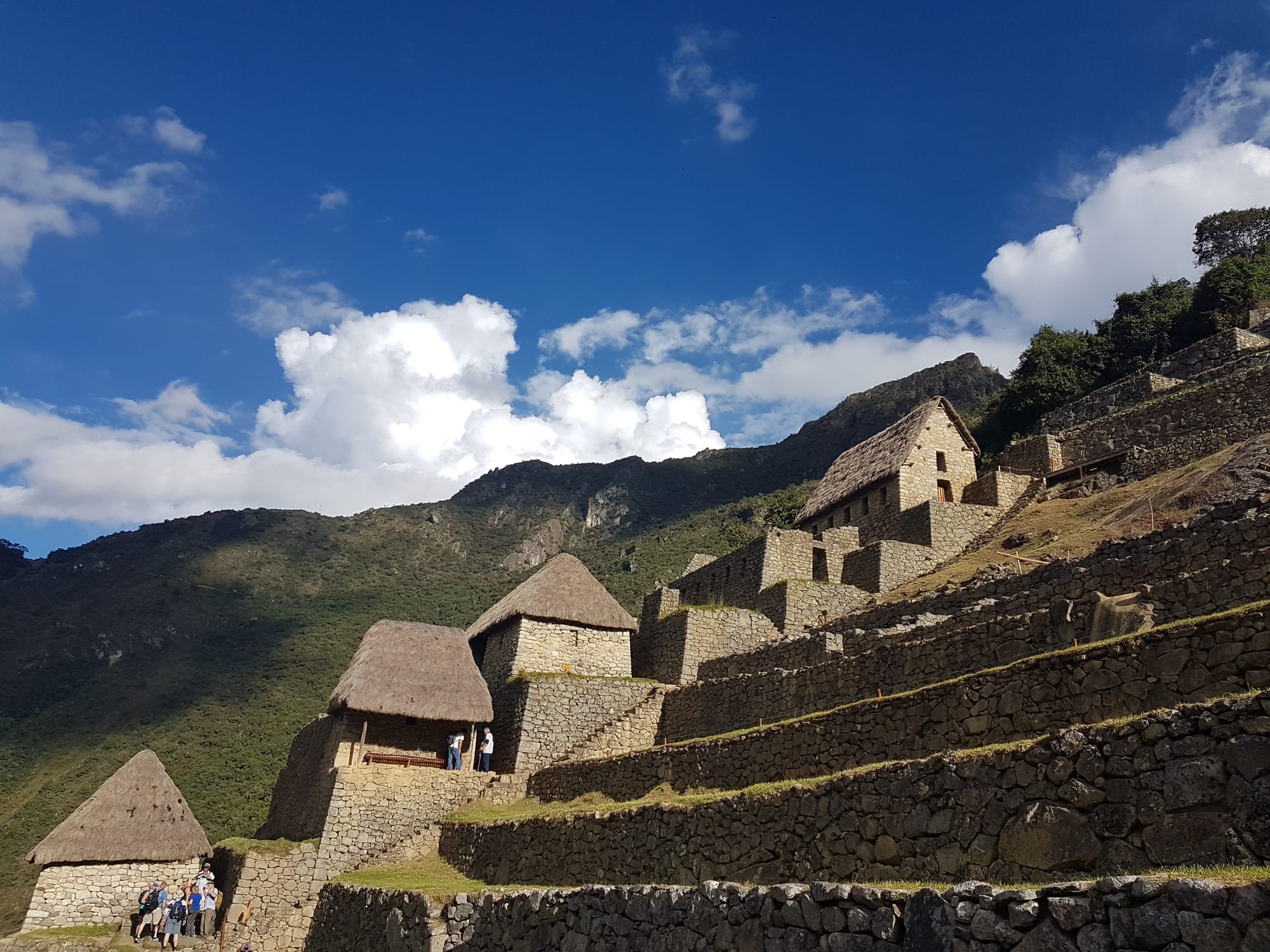
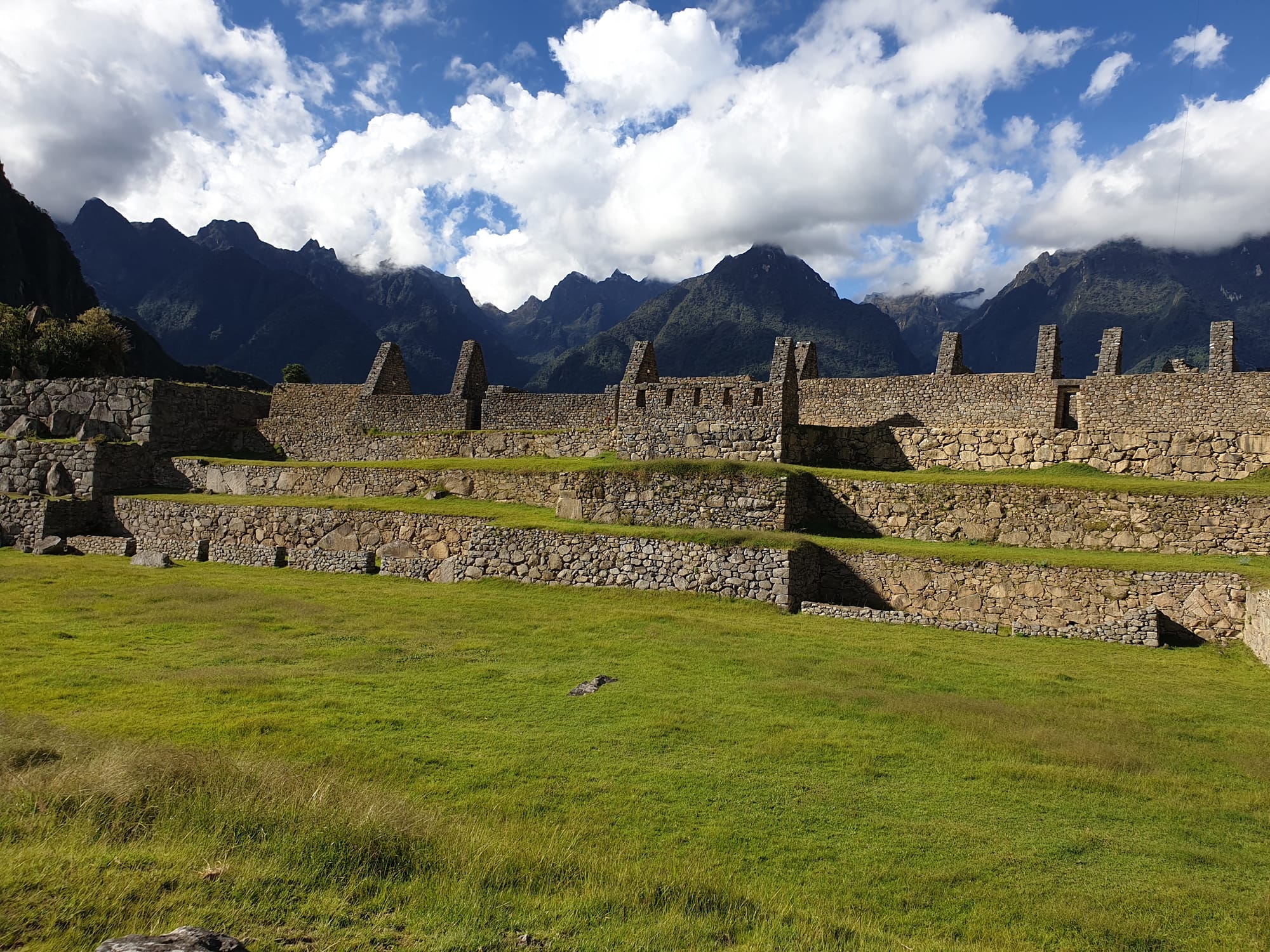
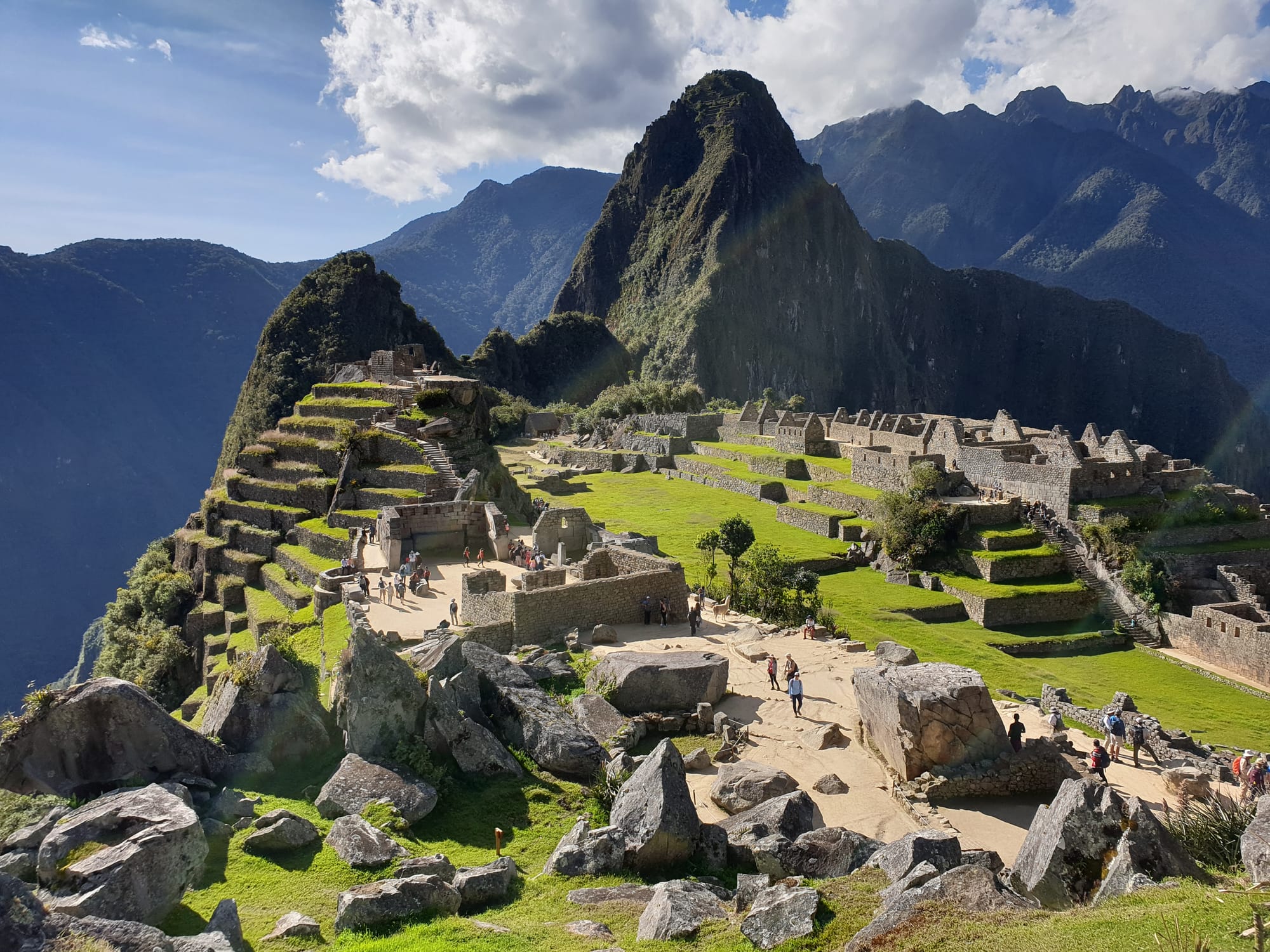
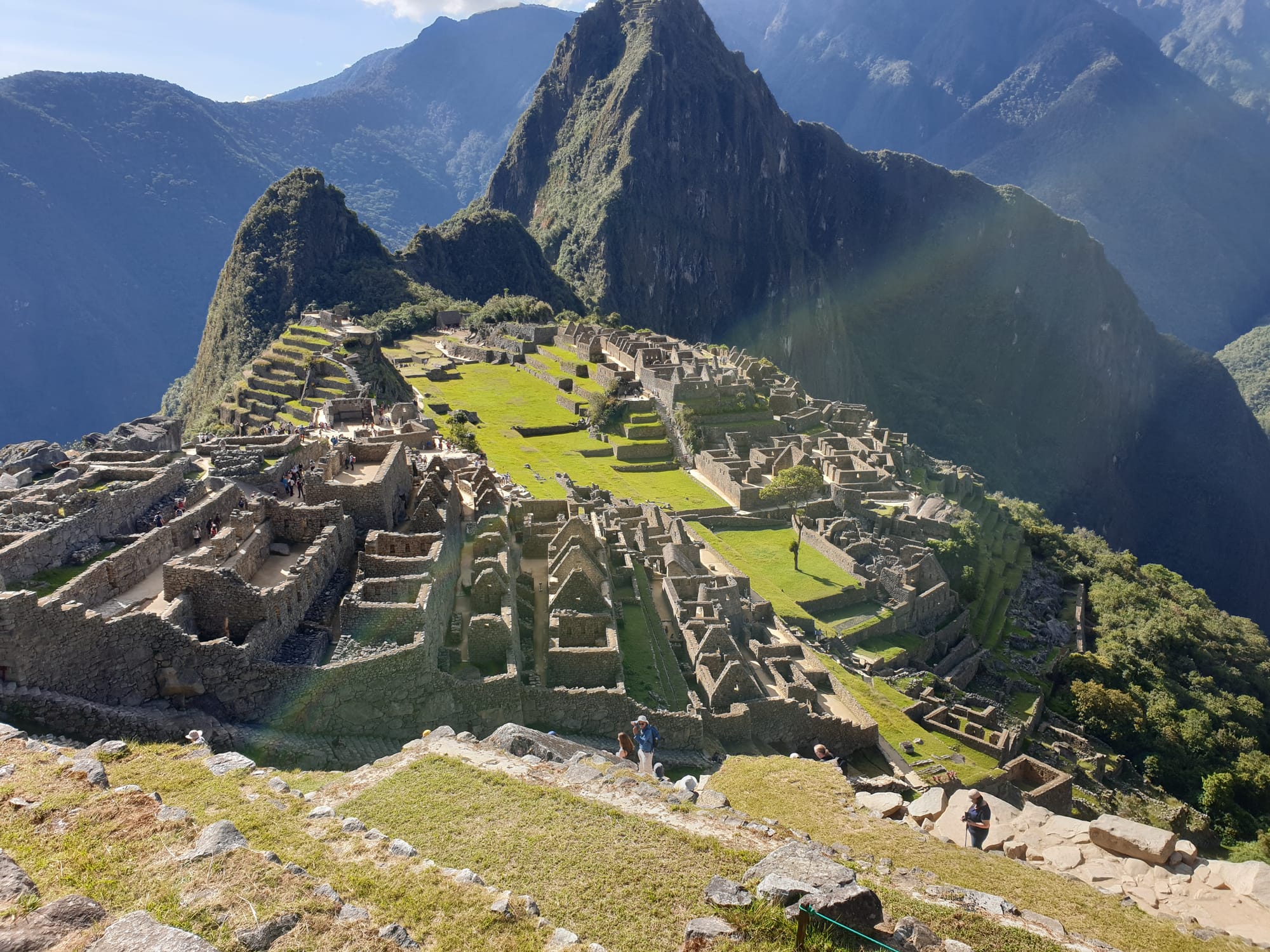
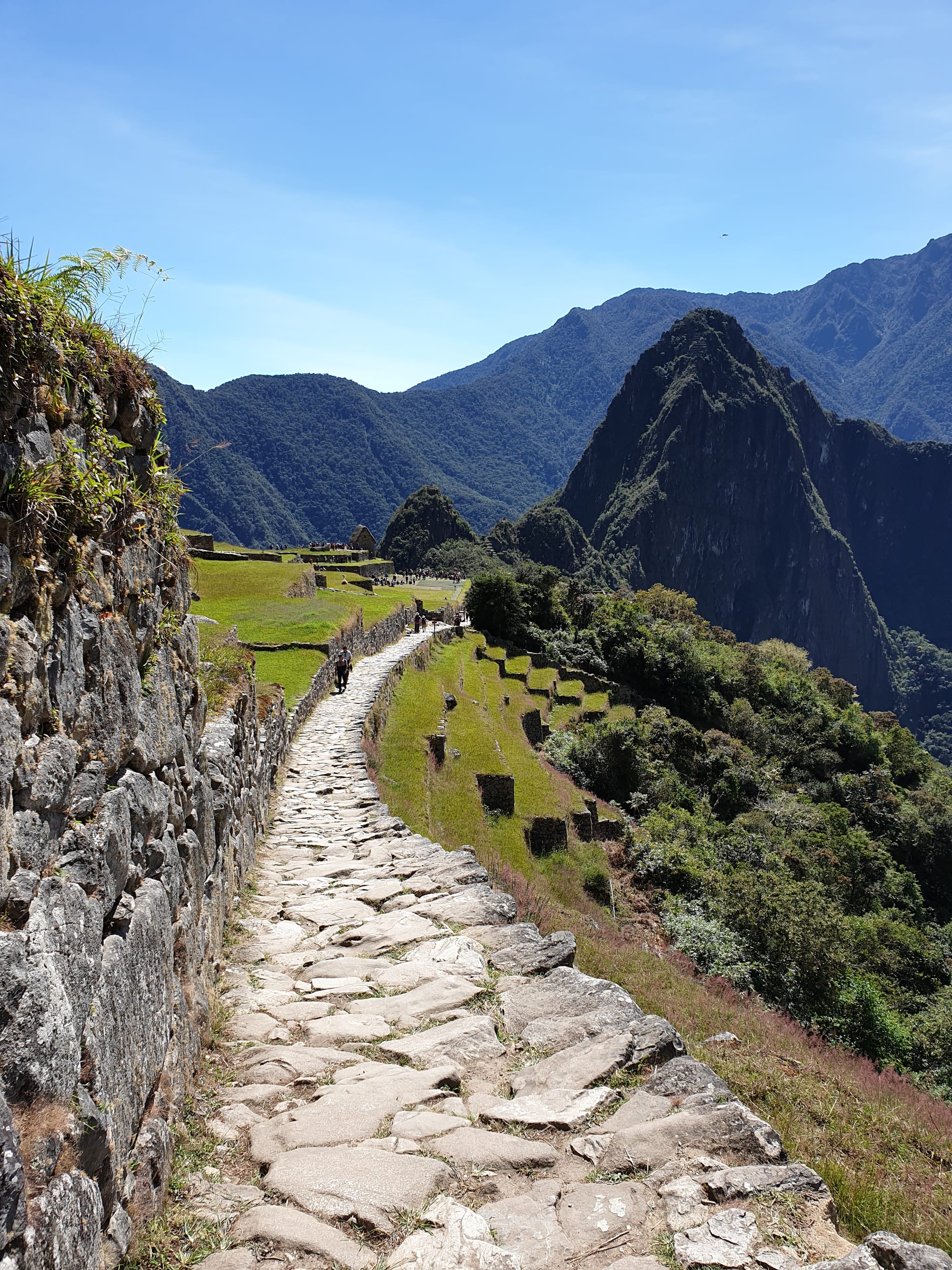
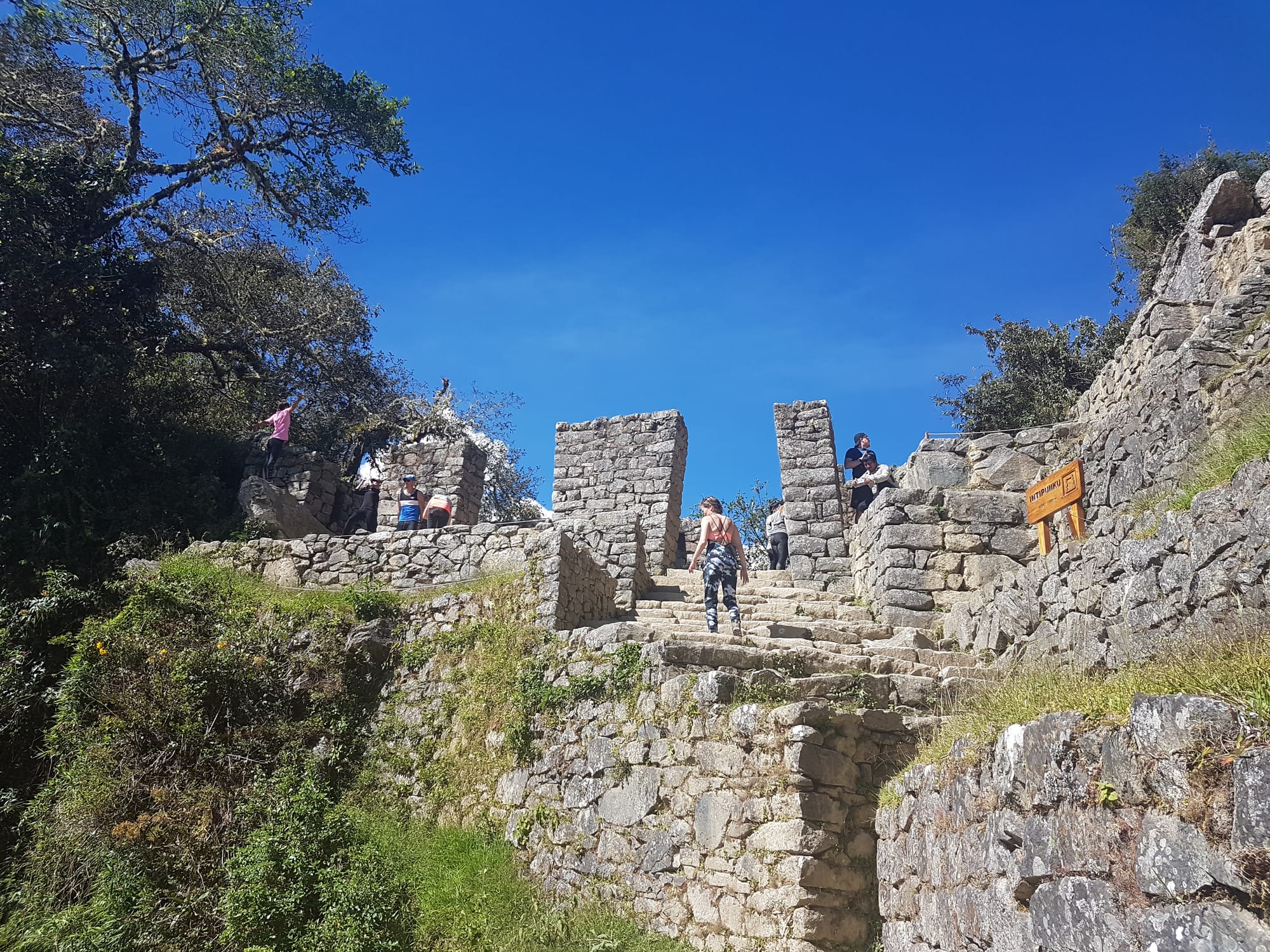
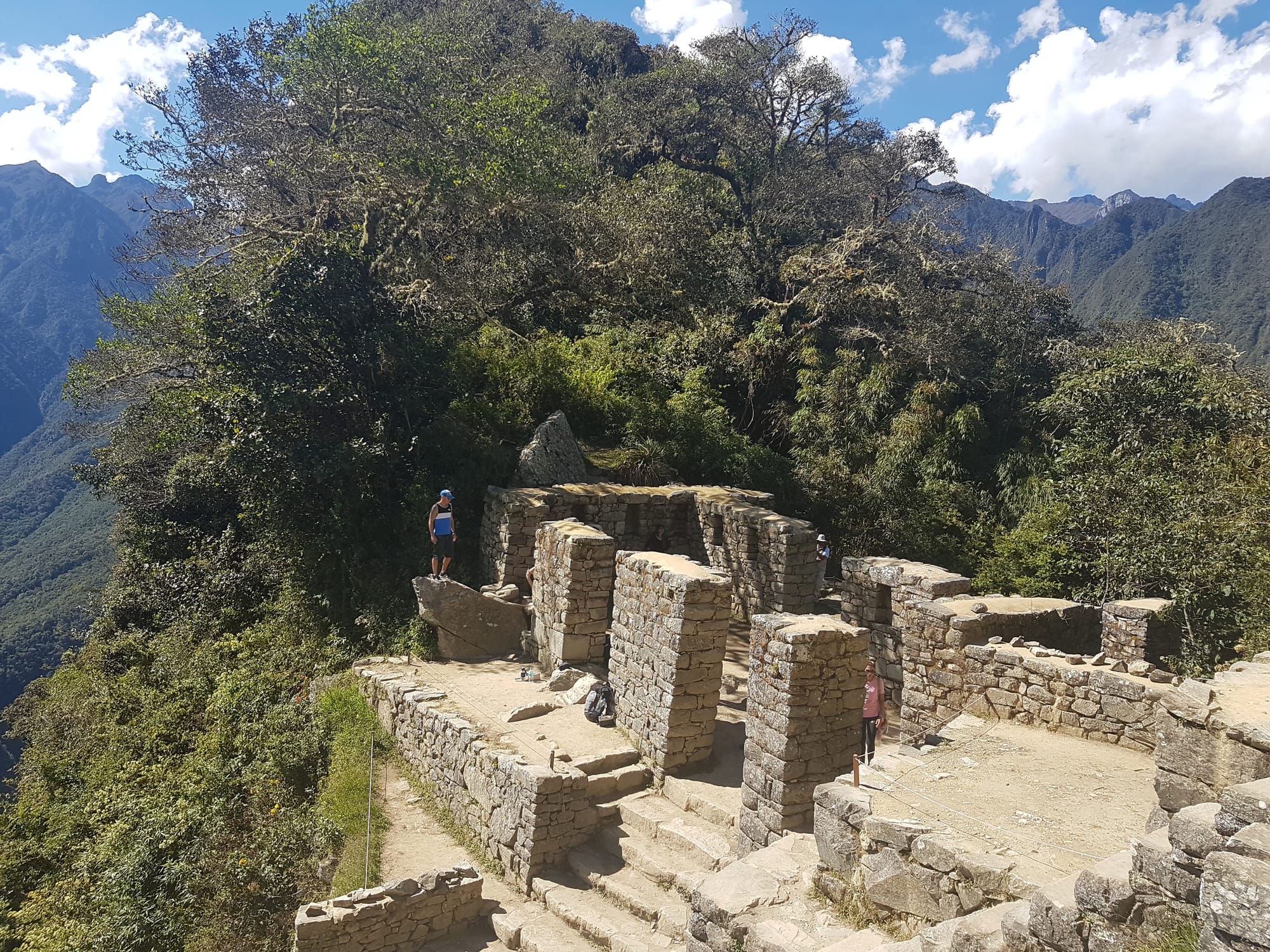
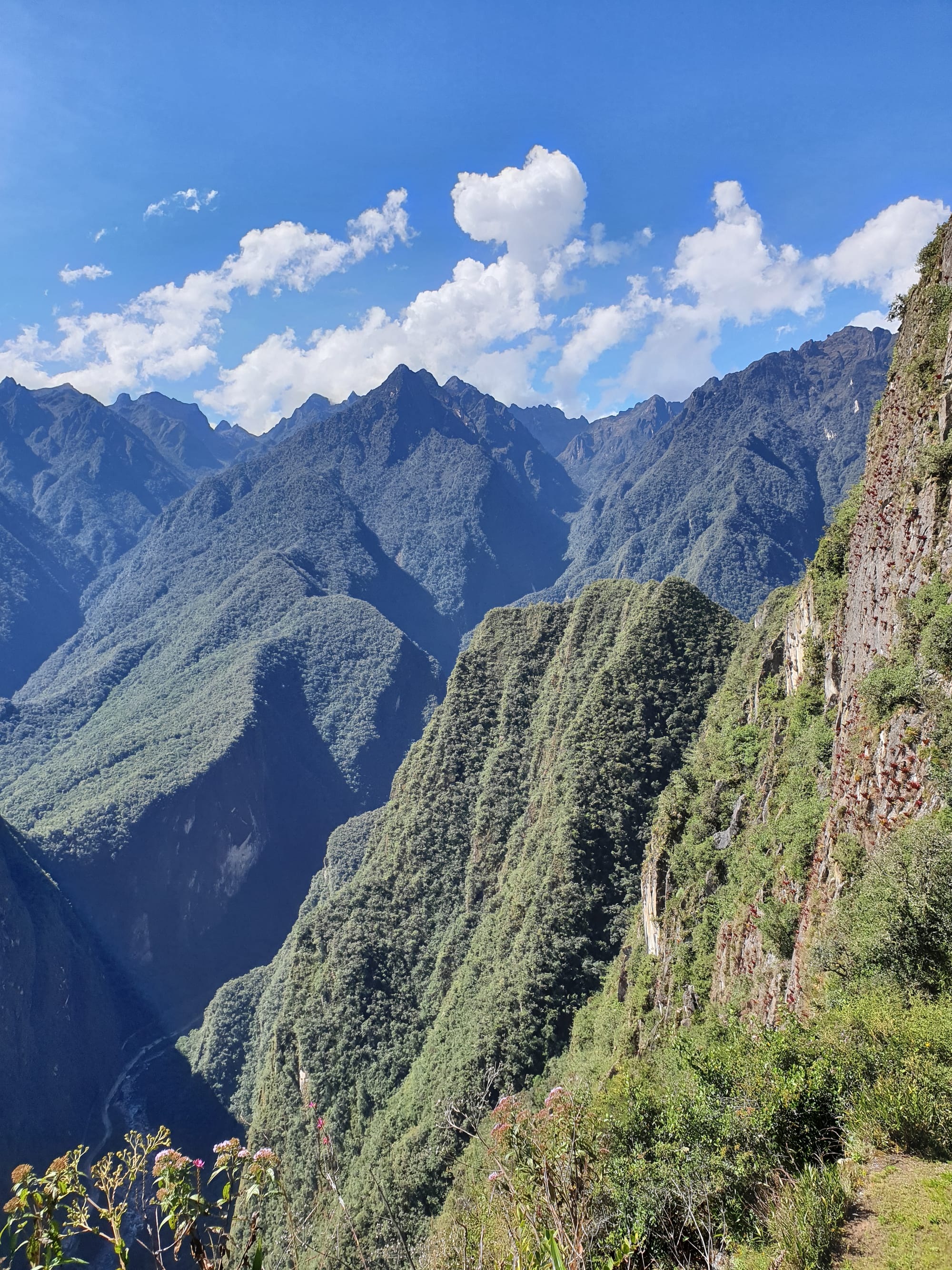
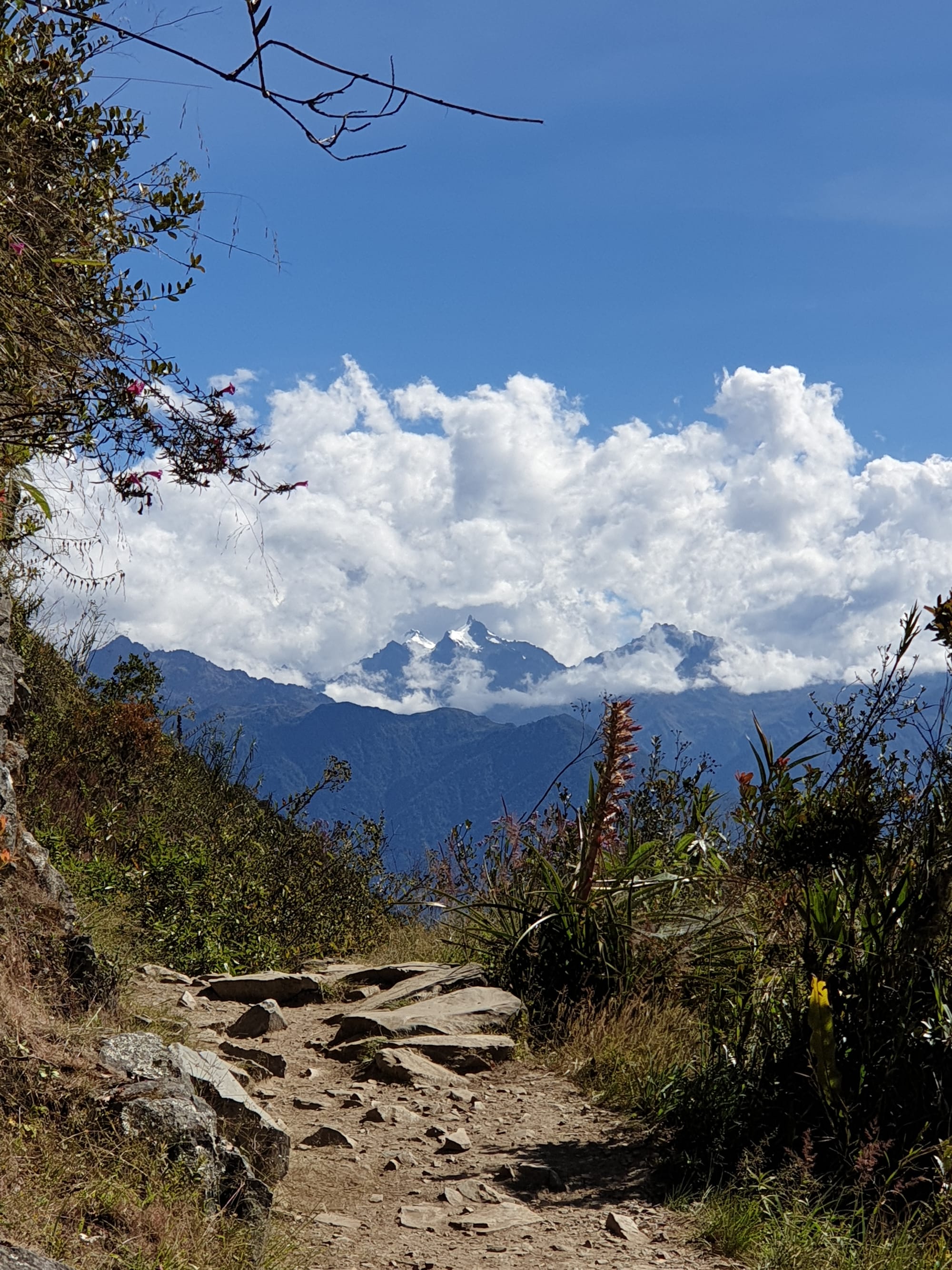
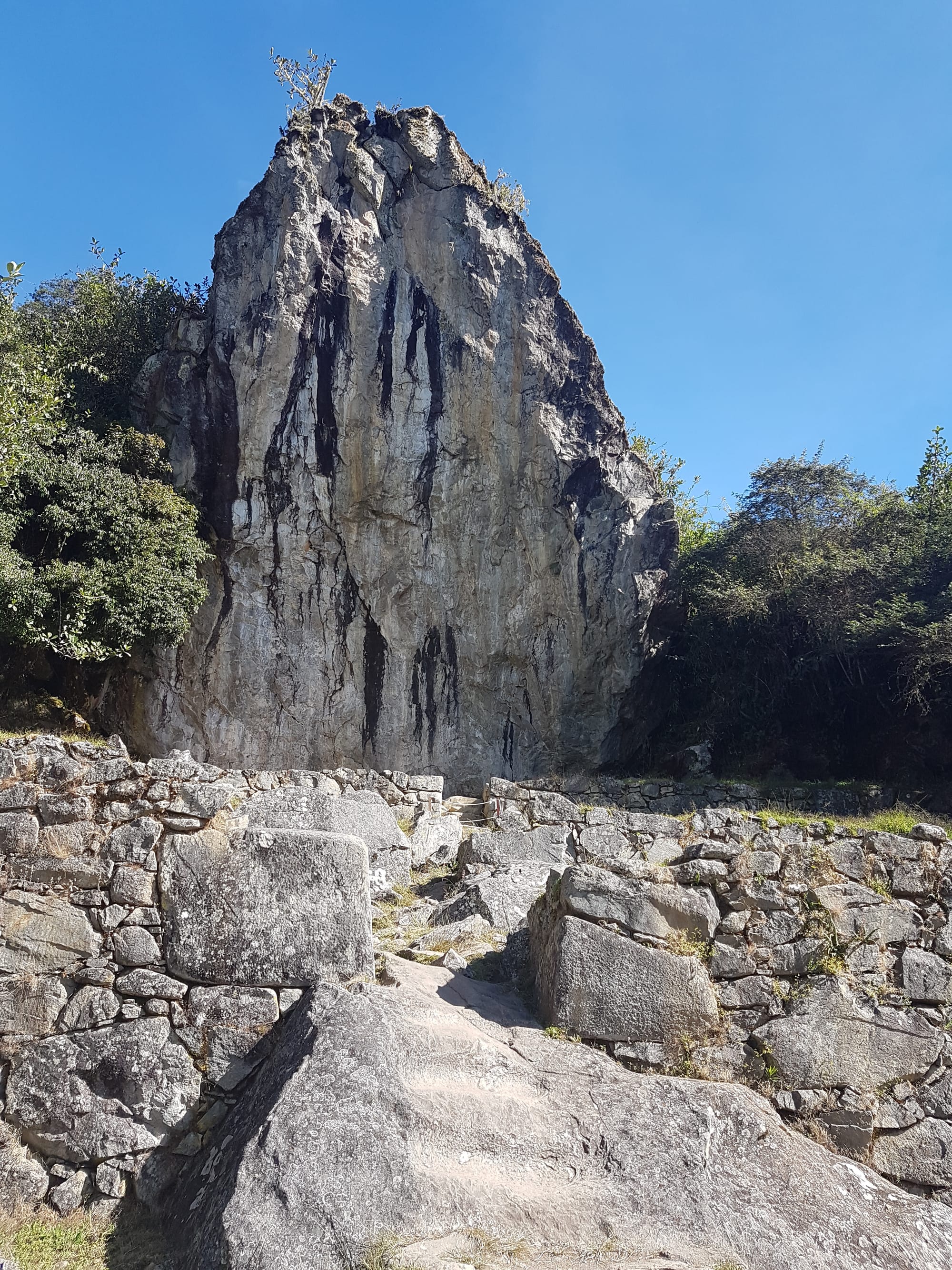
Day 11 Ollantaytambo – Cusco
To get to Cusco go to the main plaza and take one of the private cars or vans called collectivo – if many available ask for prices as some of the drivers can charge you much more just because you’re a tourist.
To save money and time it’s worth buying Boleto Turistico Del Cusco or Cusco Tourist Ticket it is a paid ticket that allows you admission to many of the most popular attractions in Cusco and the surrounding archaeological sites. The ticket can be bought at any of the listed places – just instead of an entry ticket ask for the Tourist Ticket – you’ll save money even if you visit only 3 sites, unfortunately it is rather impossible to visit all the places with one ticket as it’s valid for 2 or 3 days only (please check the updated information as it might change).

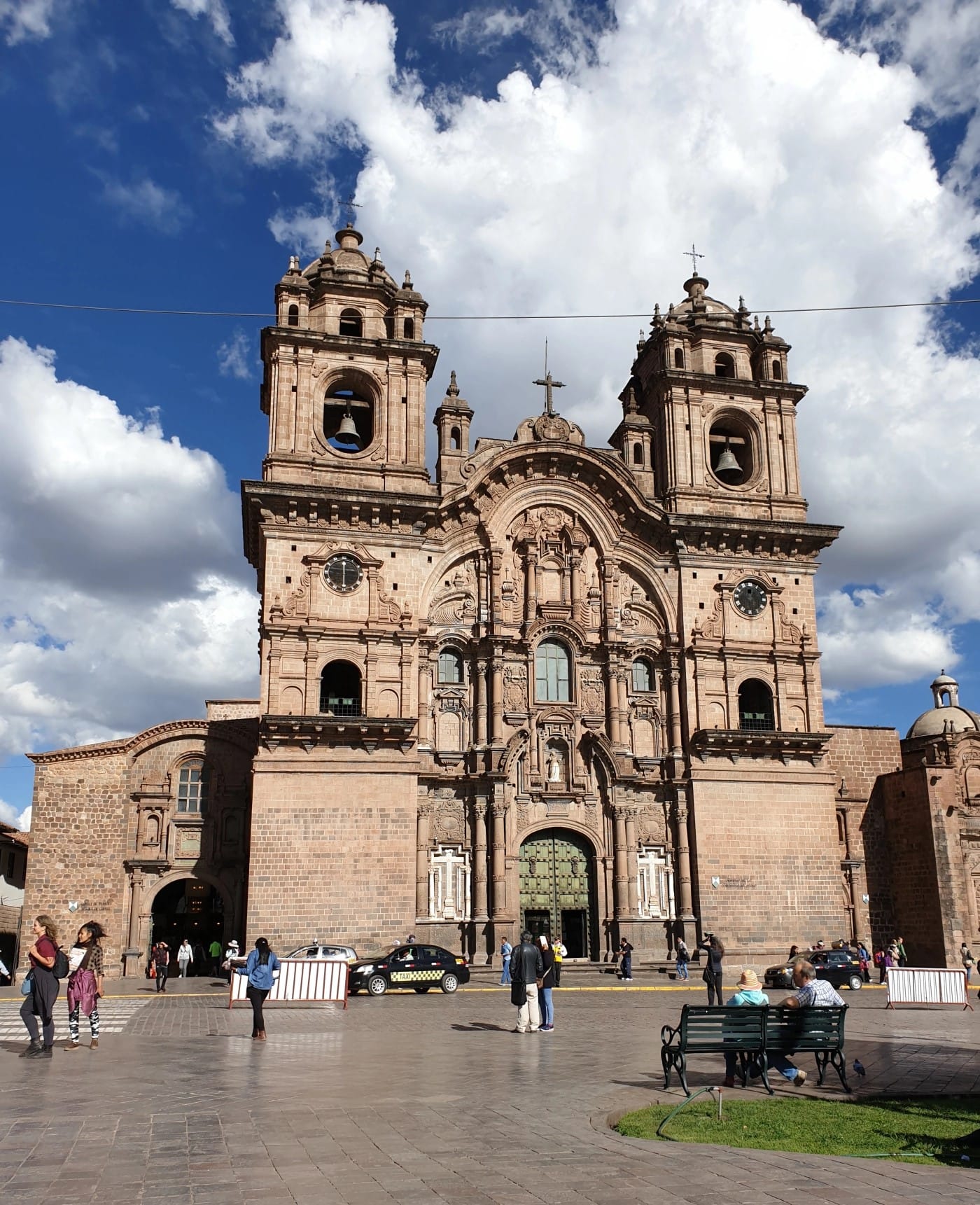
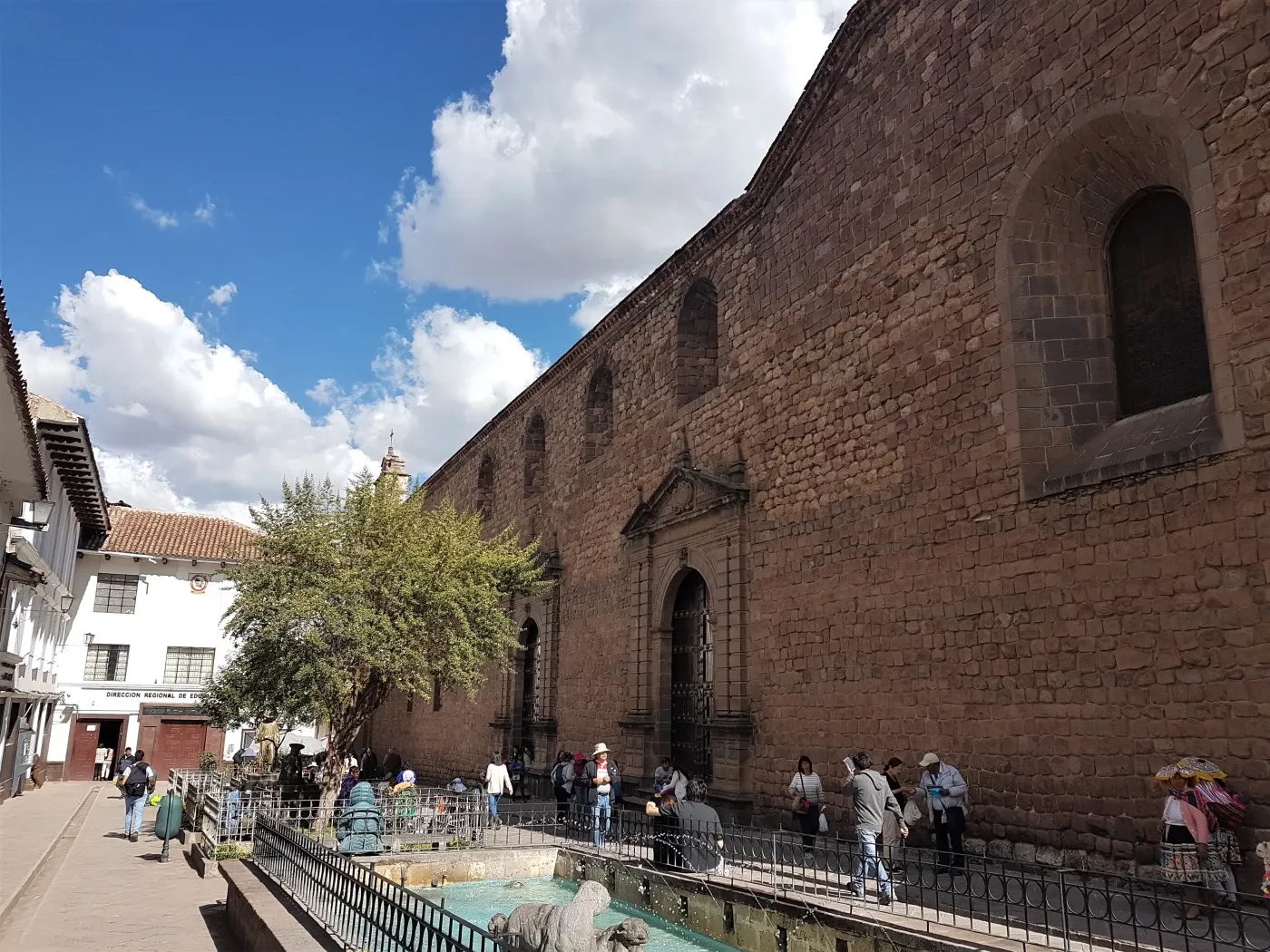
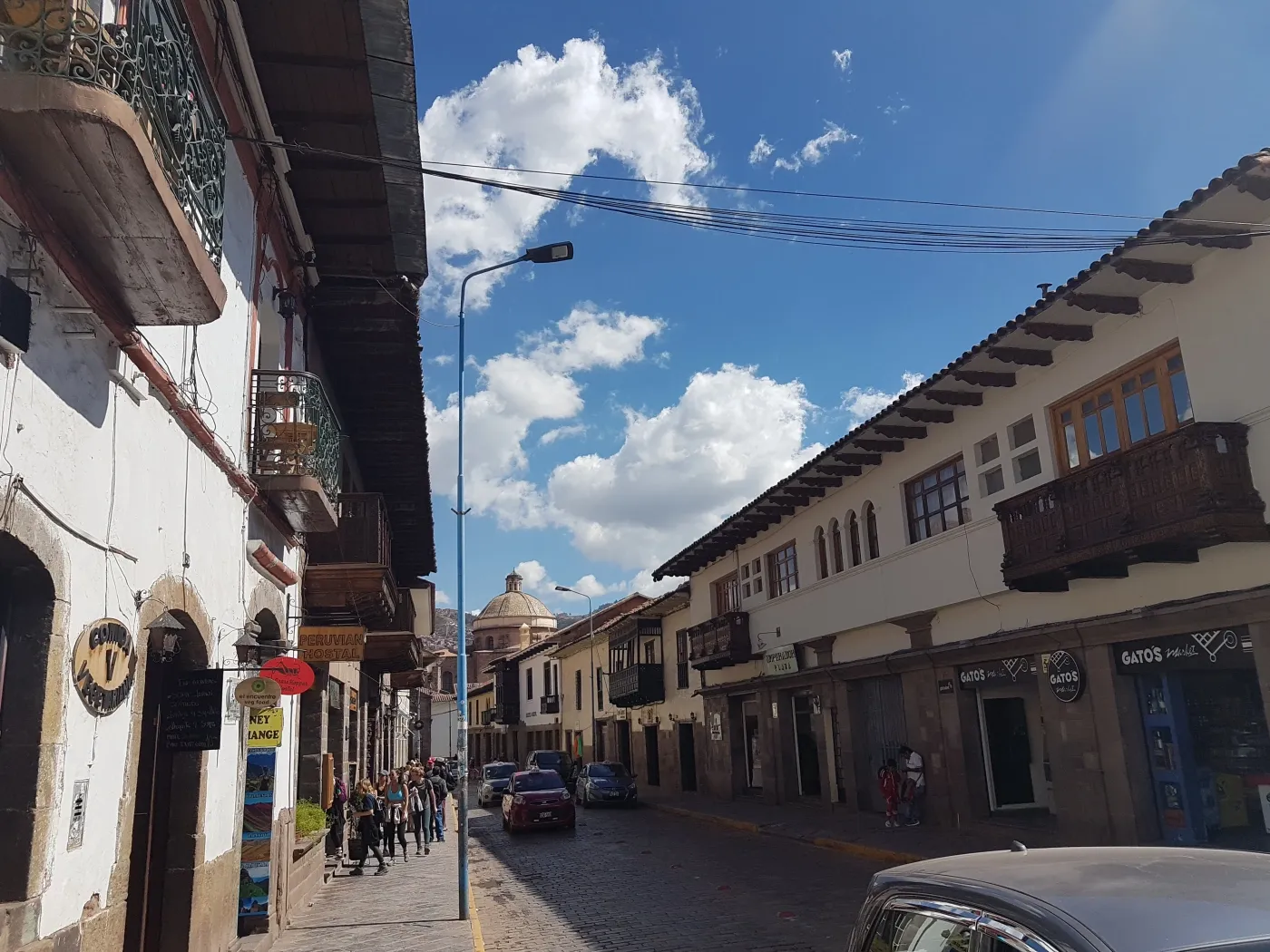
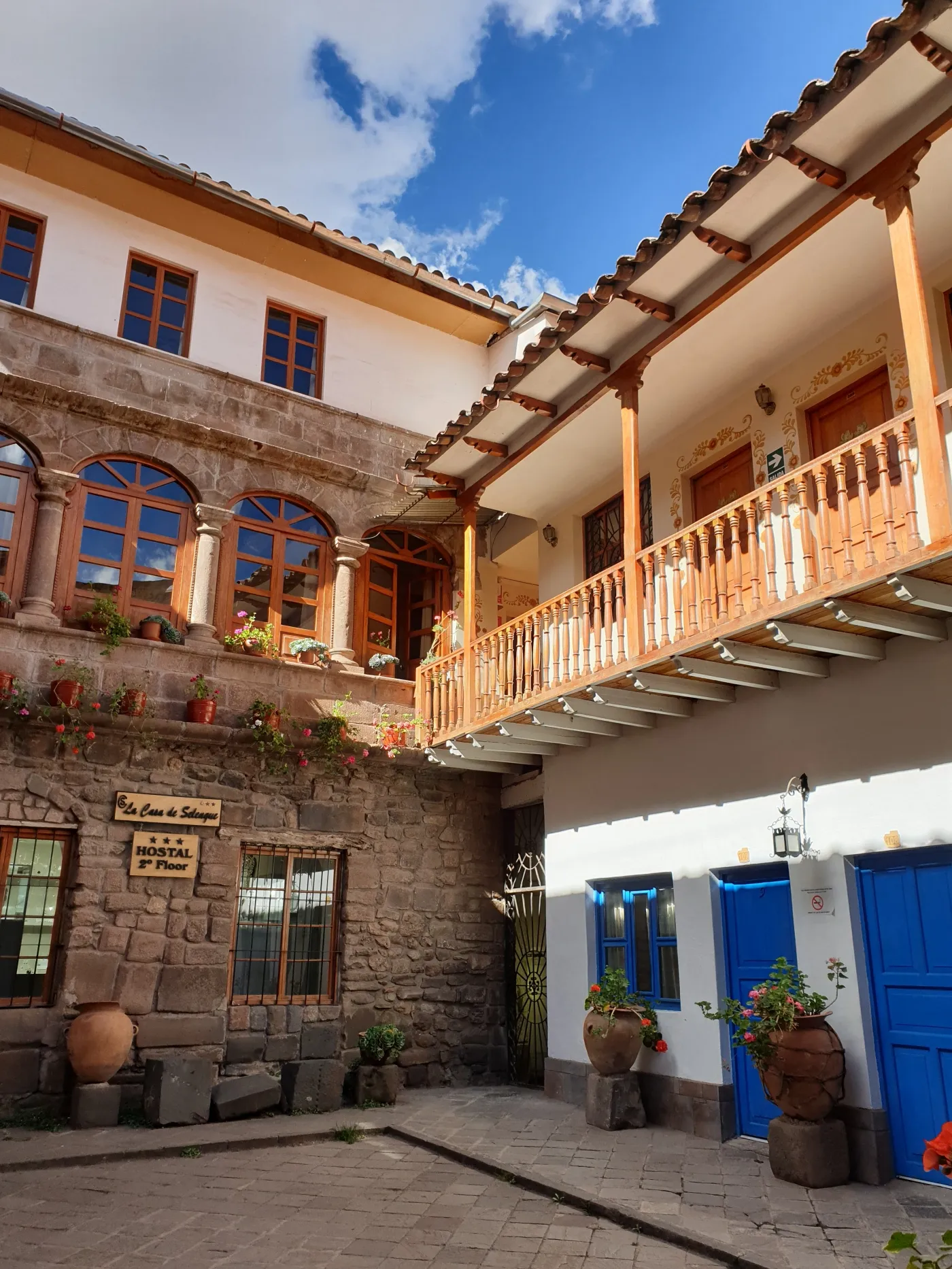
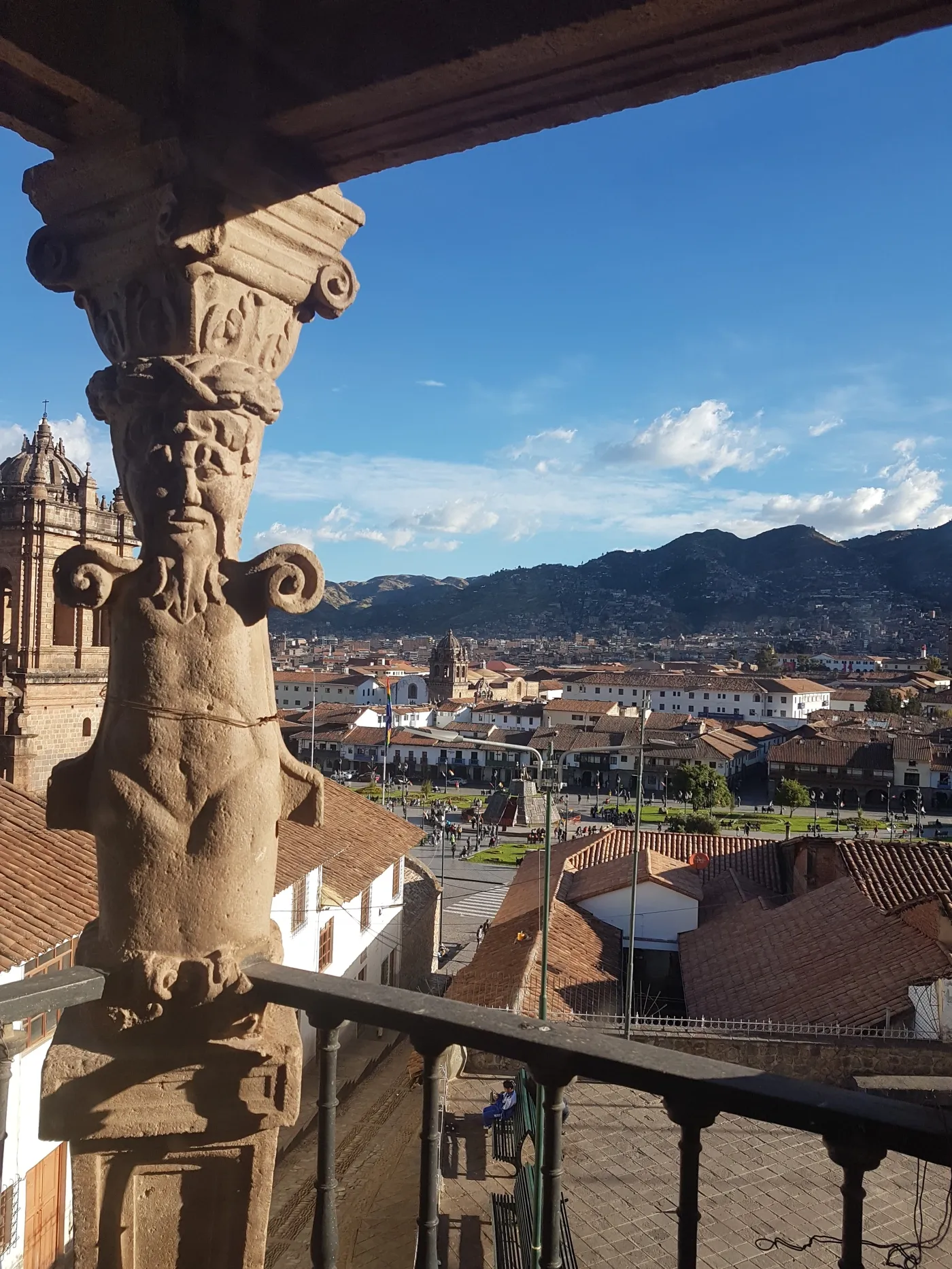
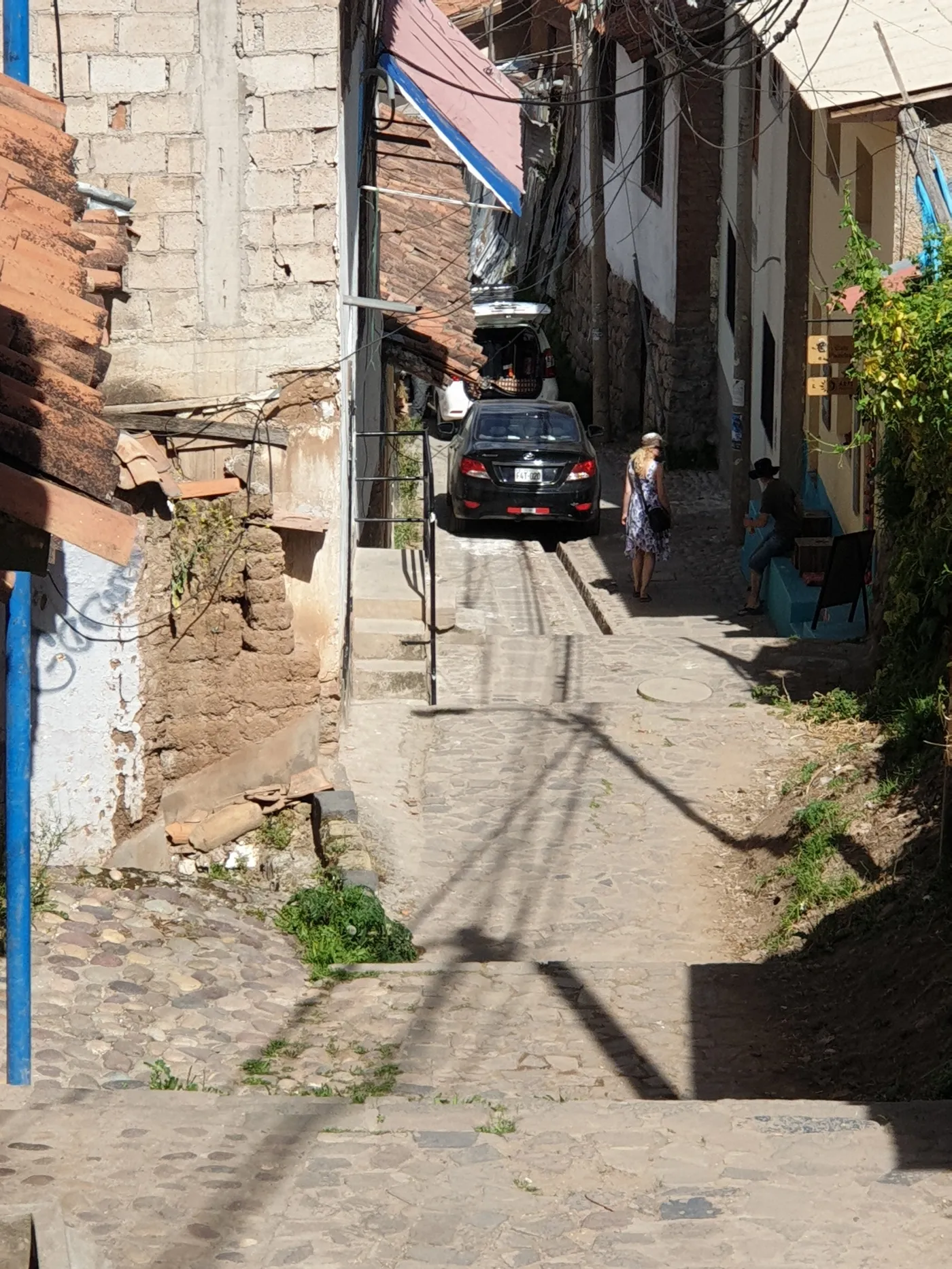
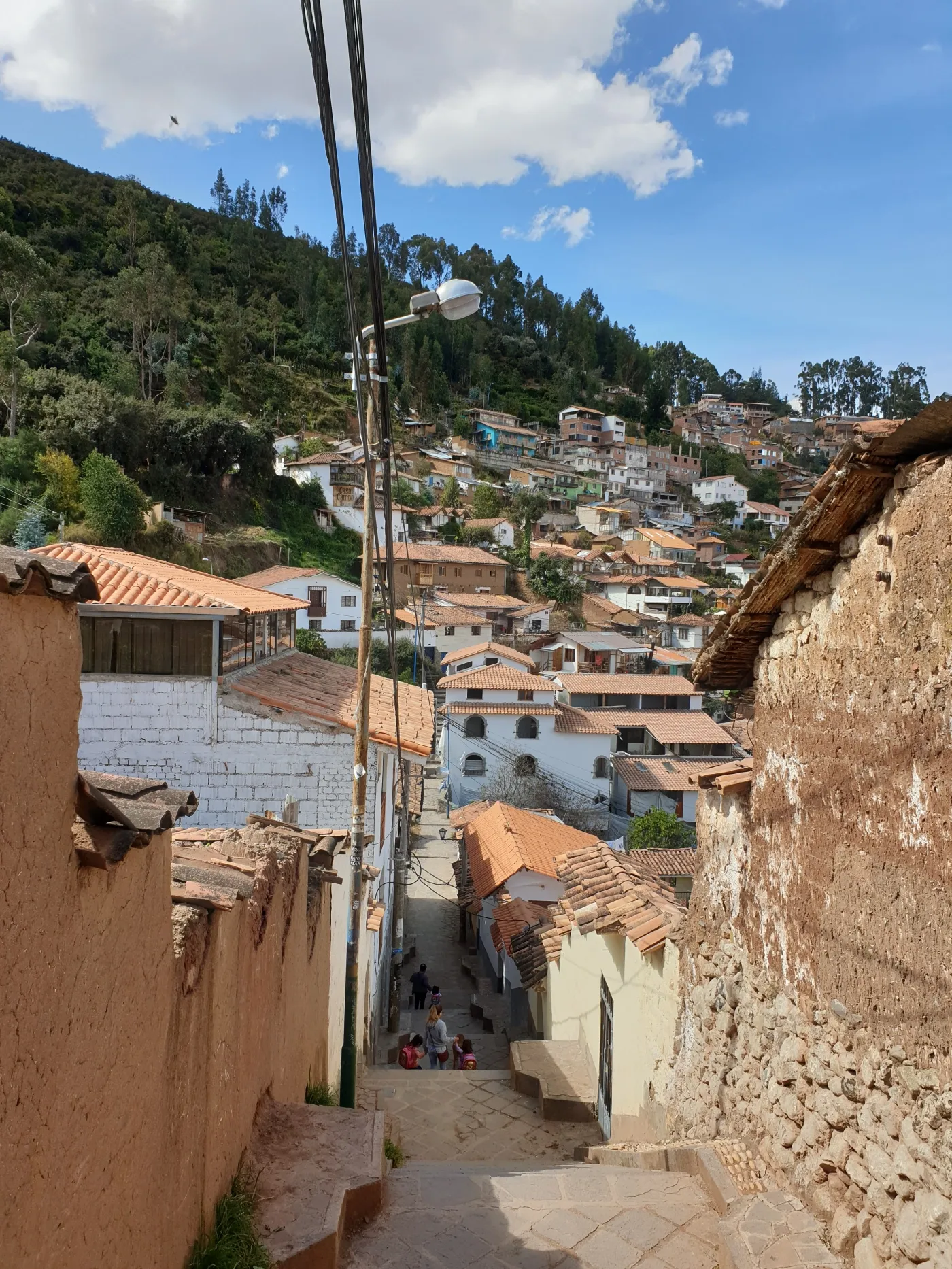
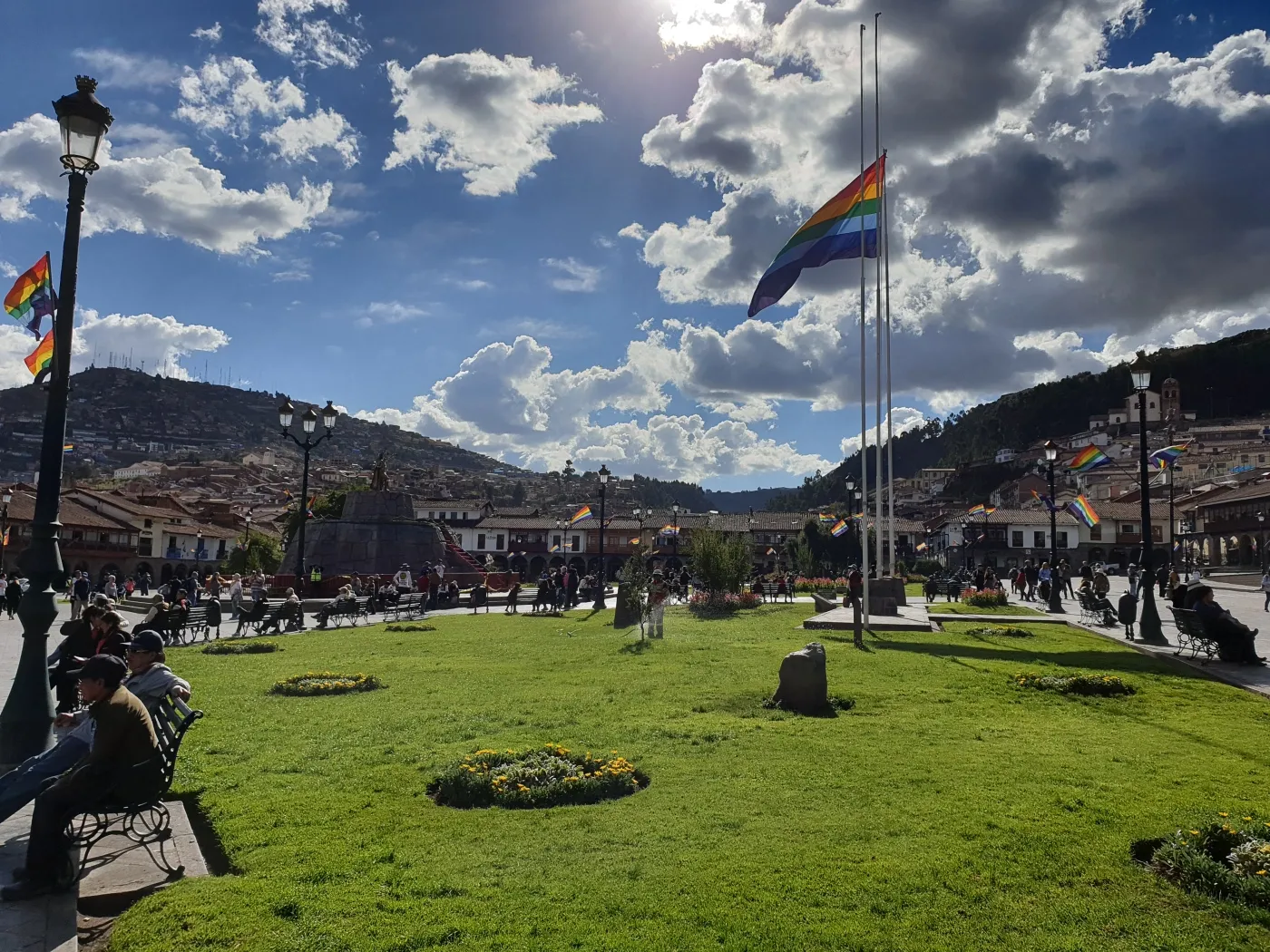
Museo Inka – it’s not included in Boleto Turistico but you definitely should visit the museum if you want to learn more about Incas. It’s not a large museum but the number of exhibitions, objects and information is quite huge. http://museoinka.unsaac.edu.pe/
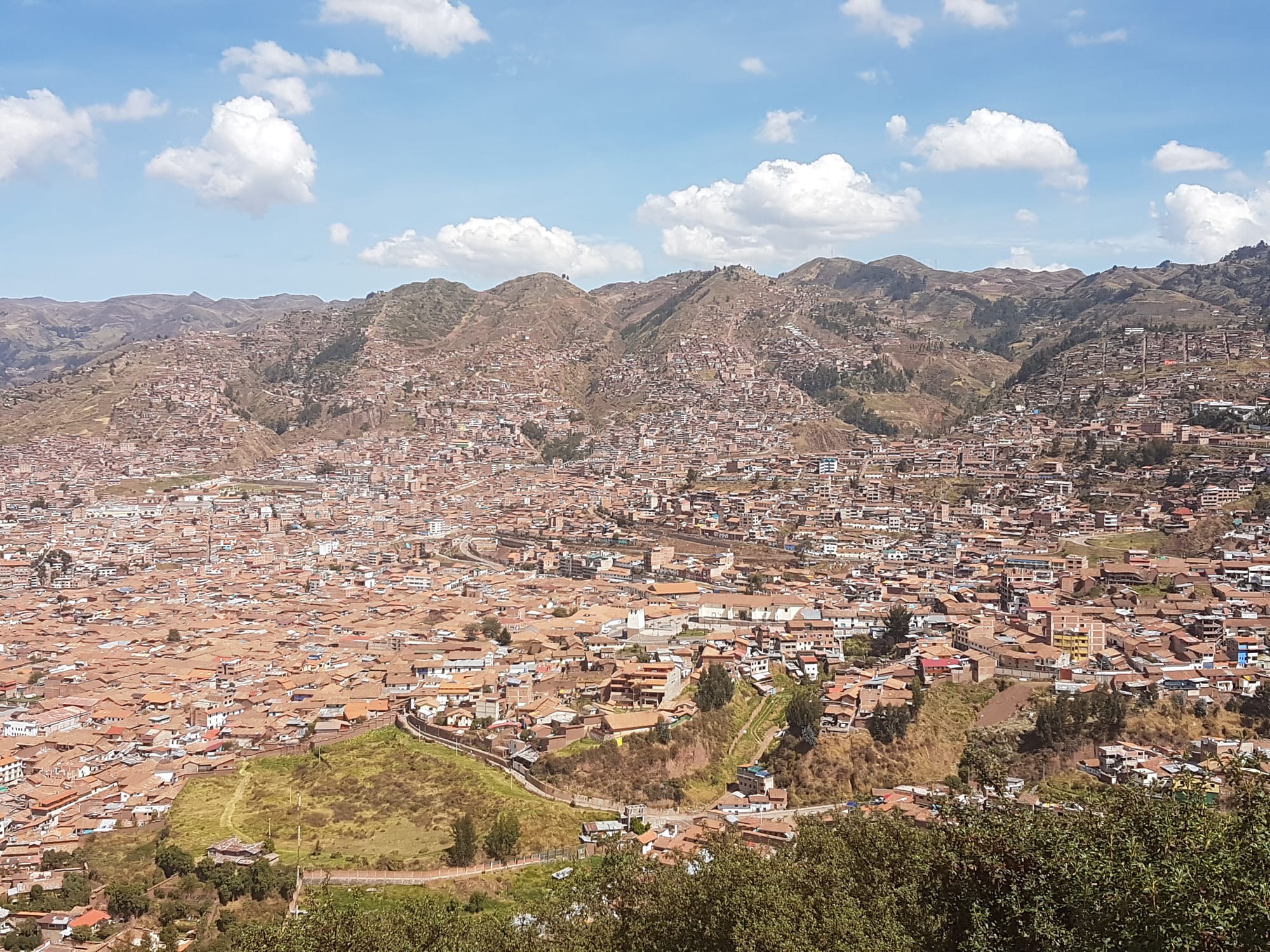
Day 12 Sacsayhuamán
Inca ceremonial fortress or temple located two kilometers north from Cusco: the greatest architectural work by the Incas during their apogee.
more details: https://en.wikipedia.org/wiki/Sacsayhuam%C3%A1n
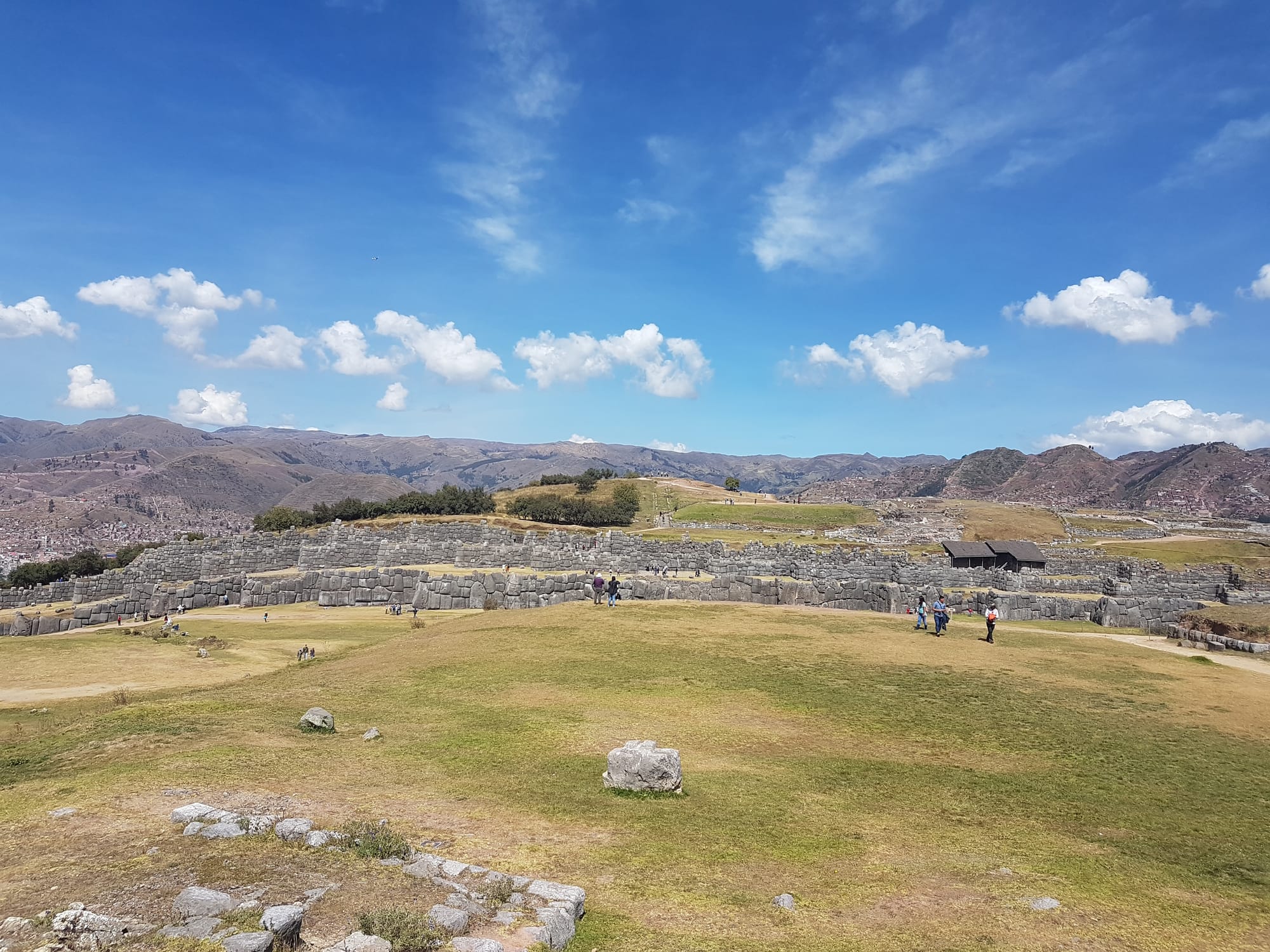
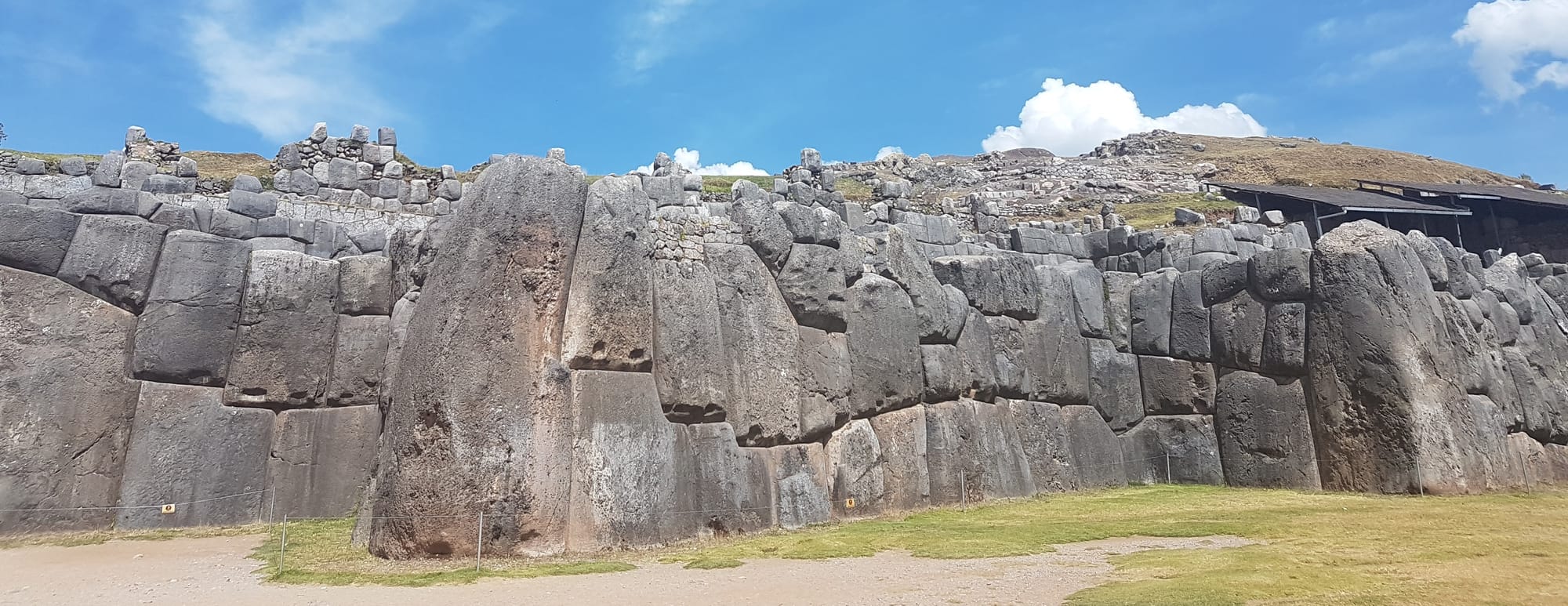
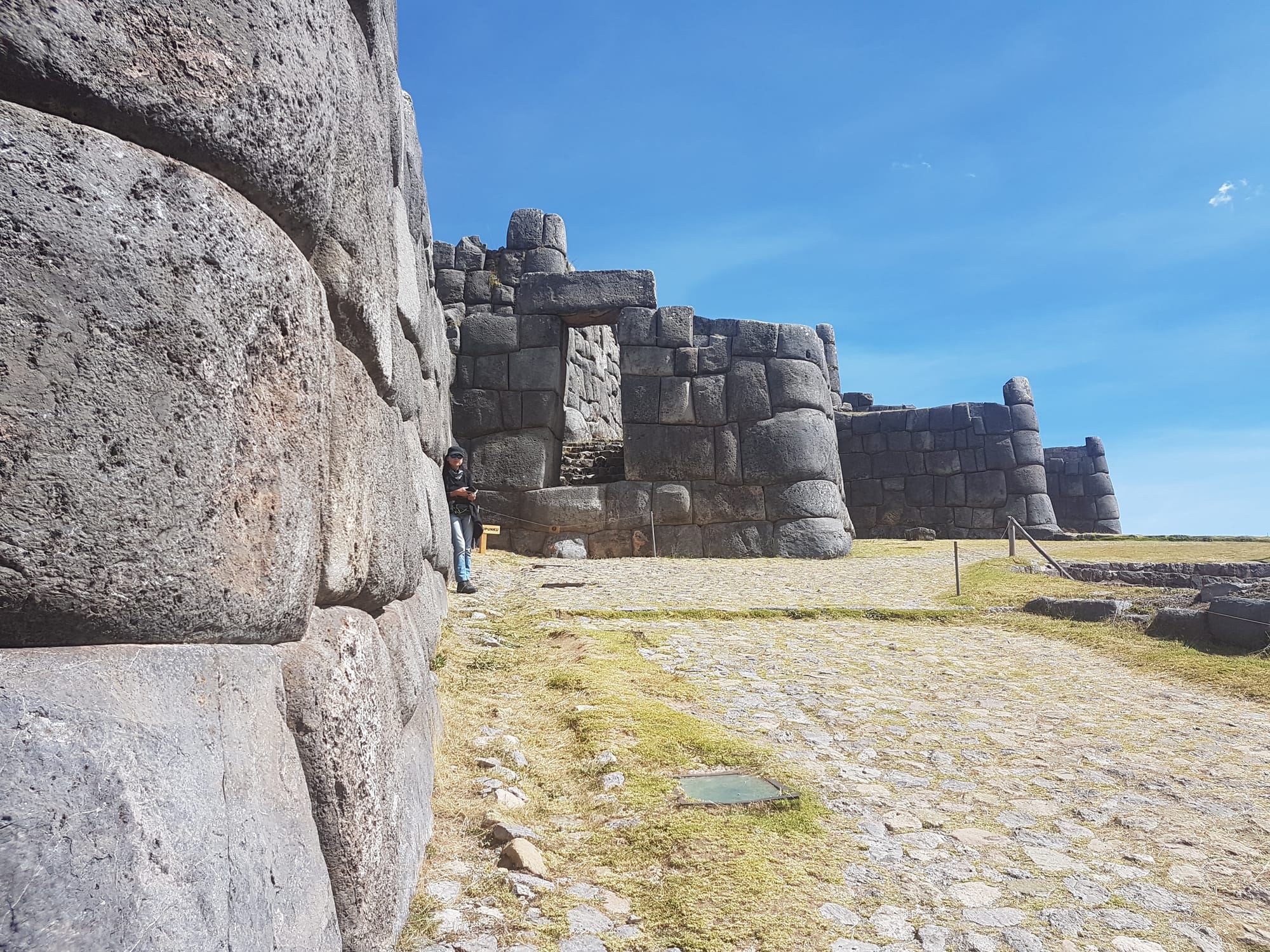
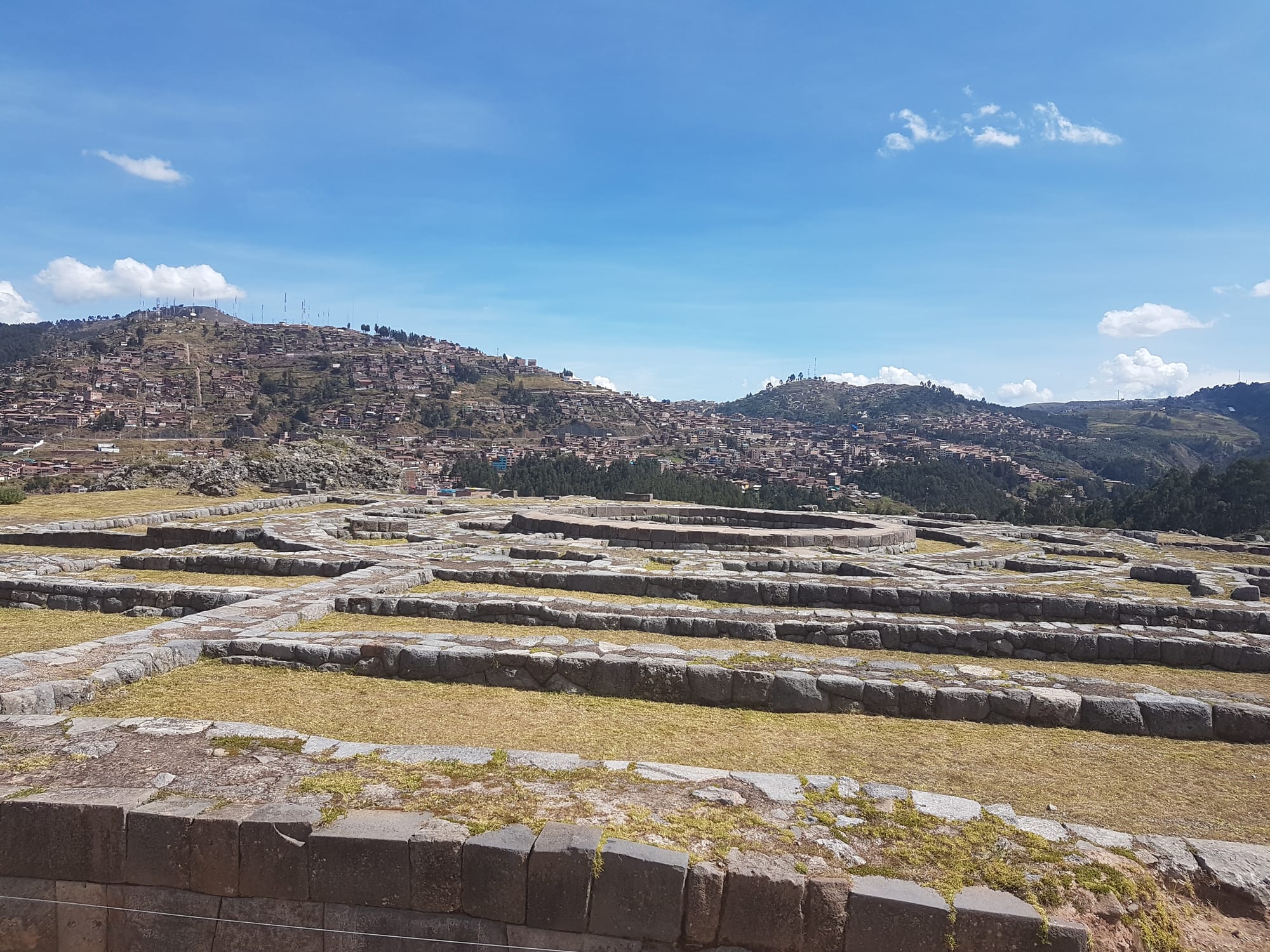

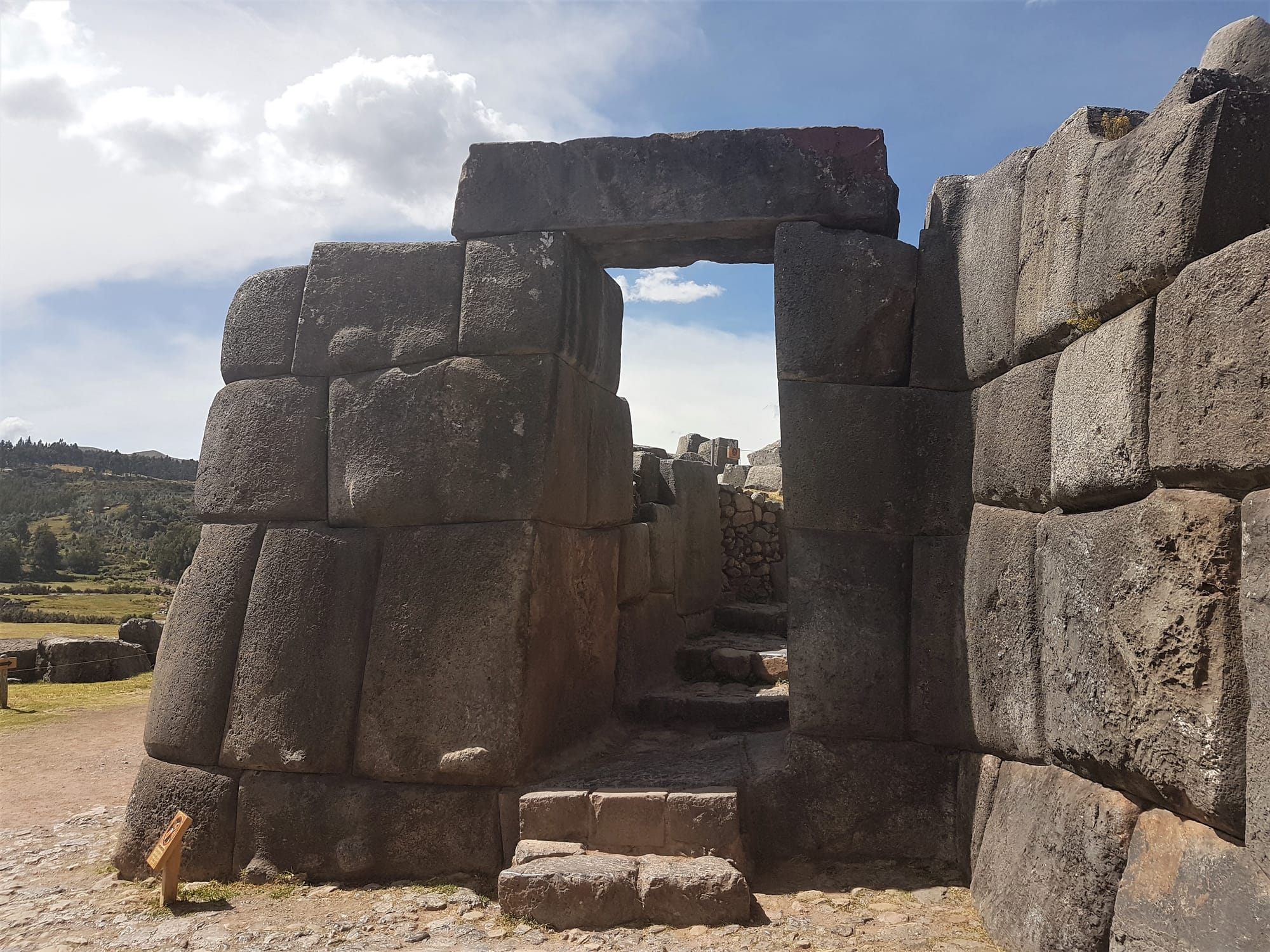

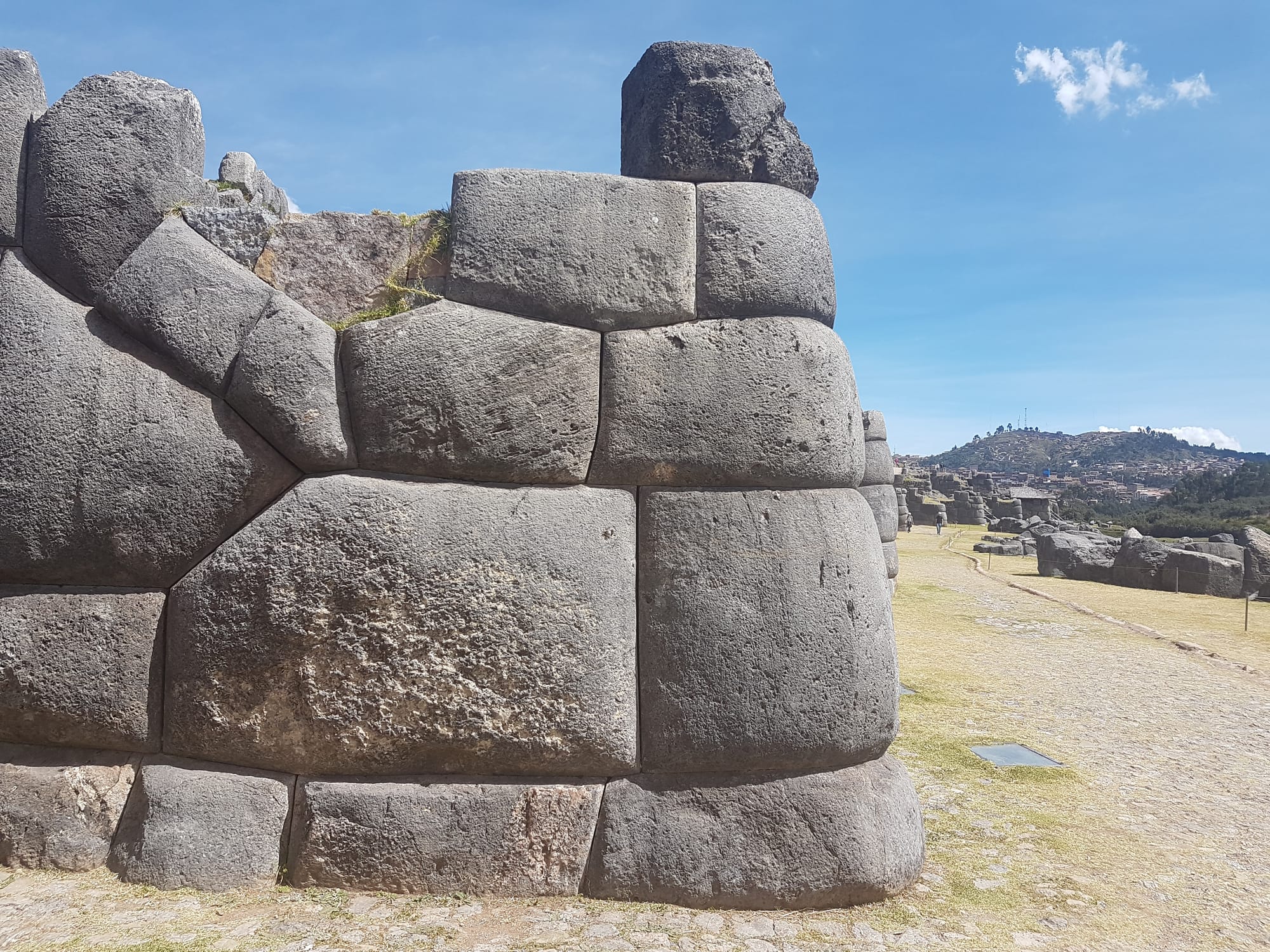
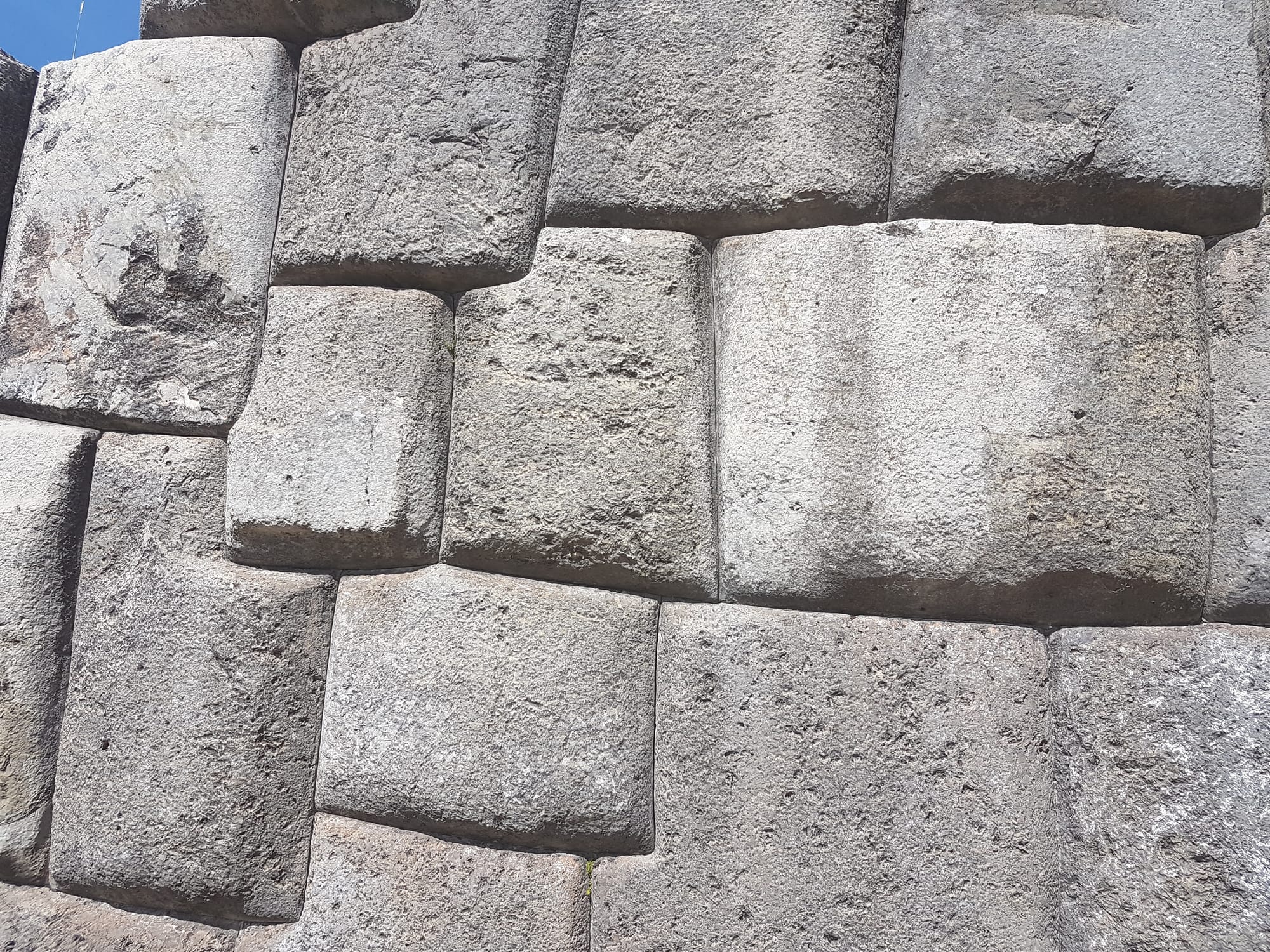
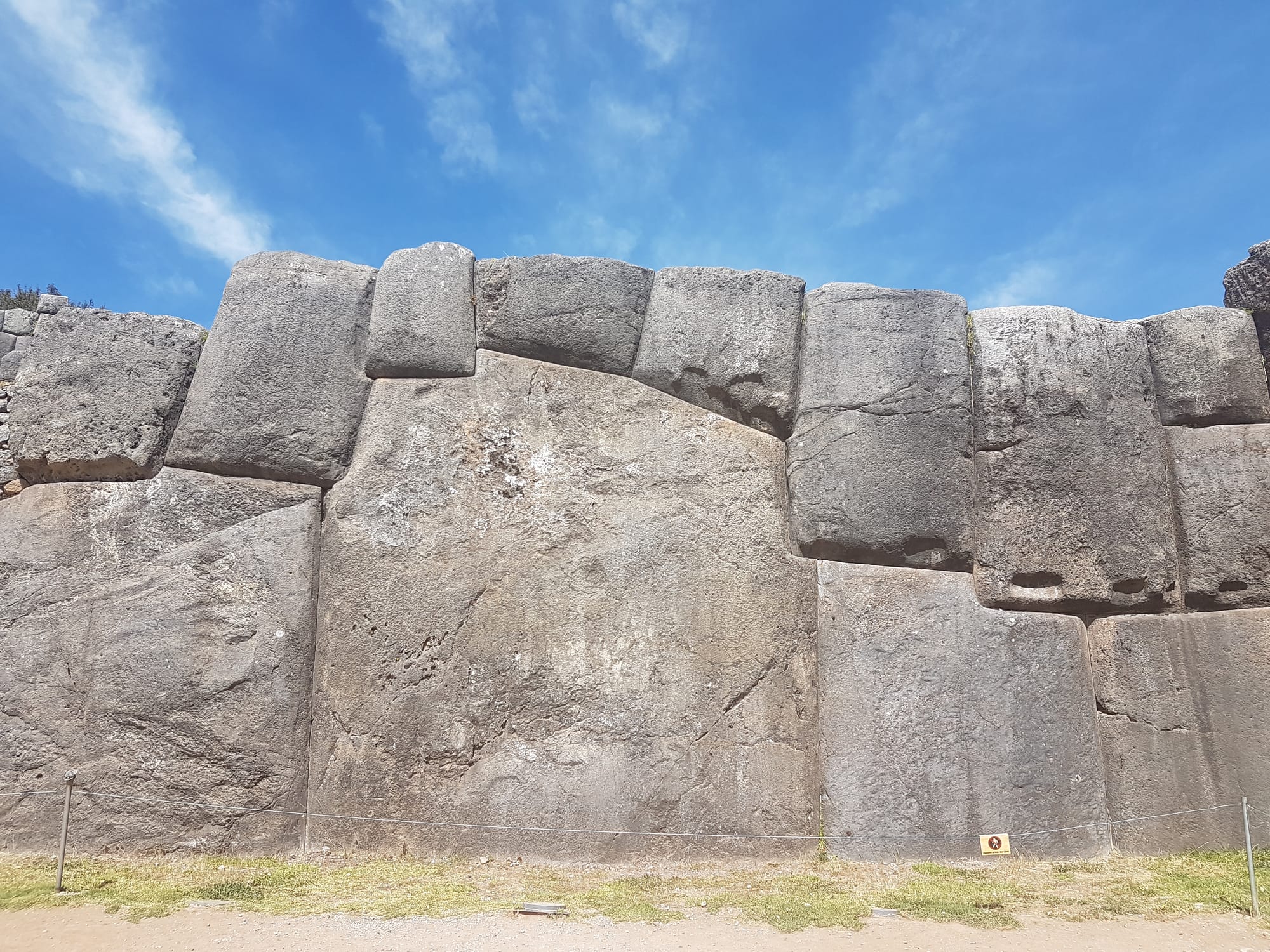
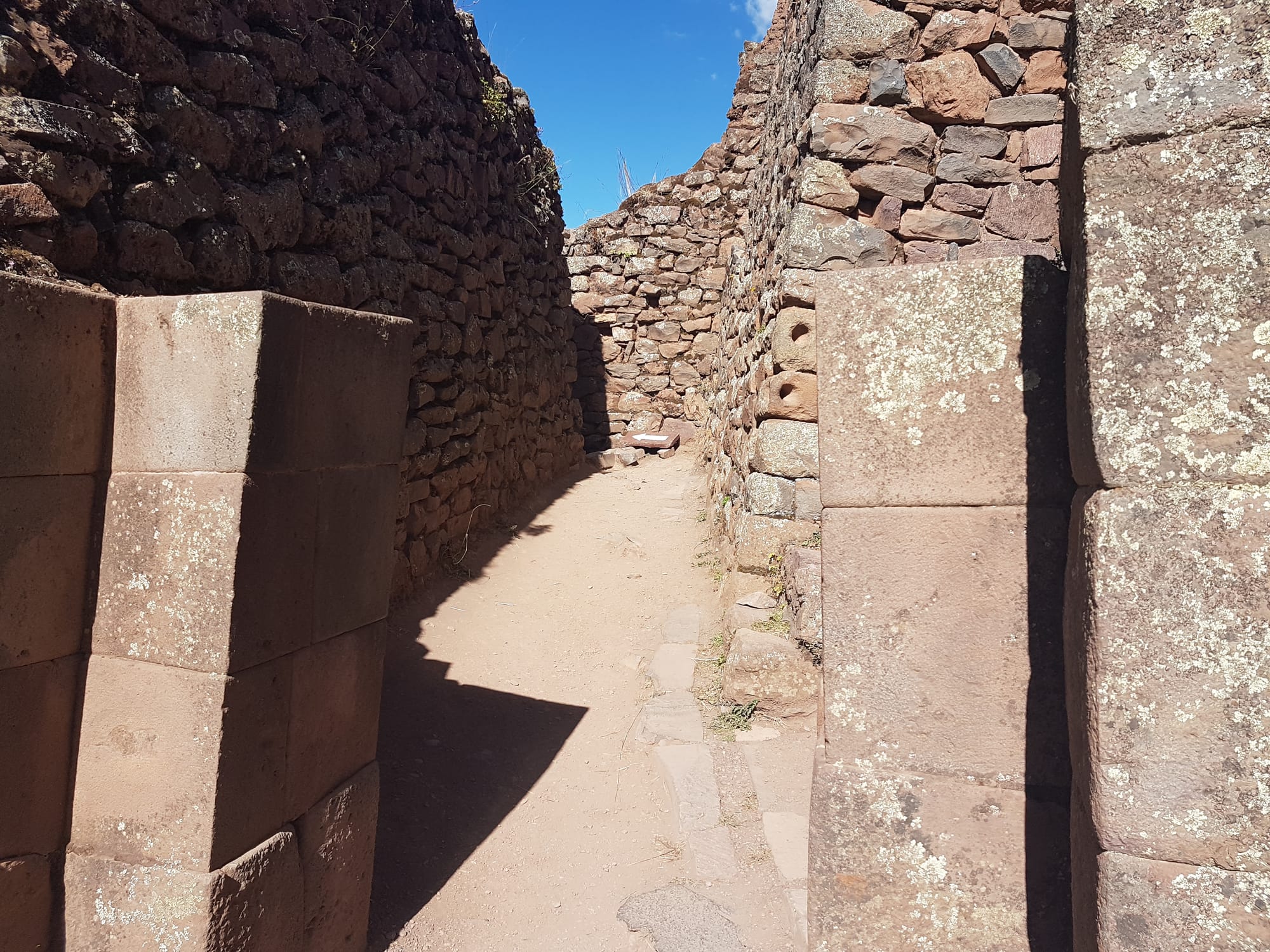
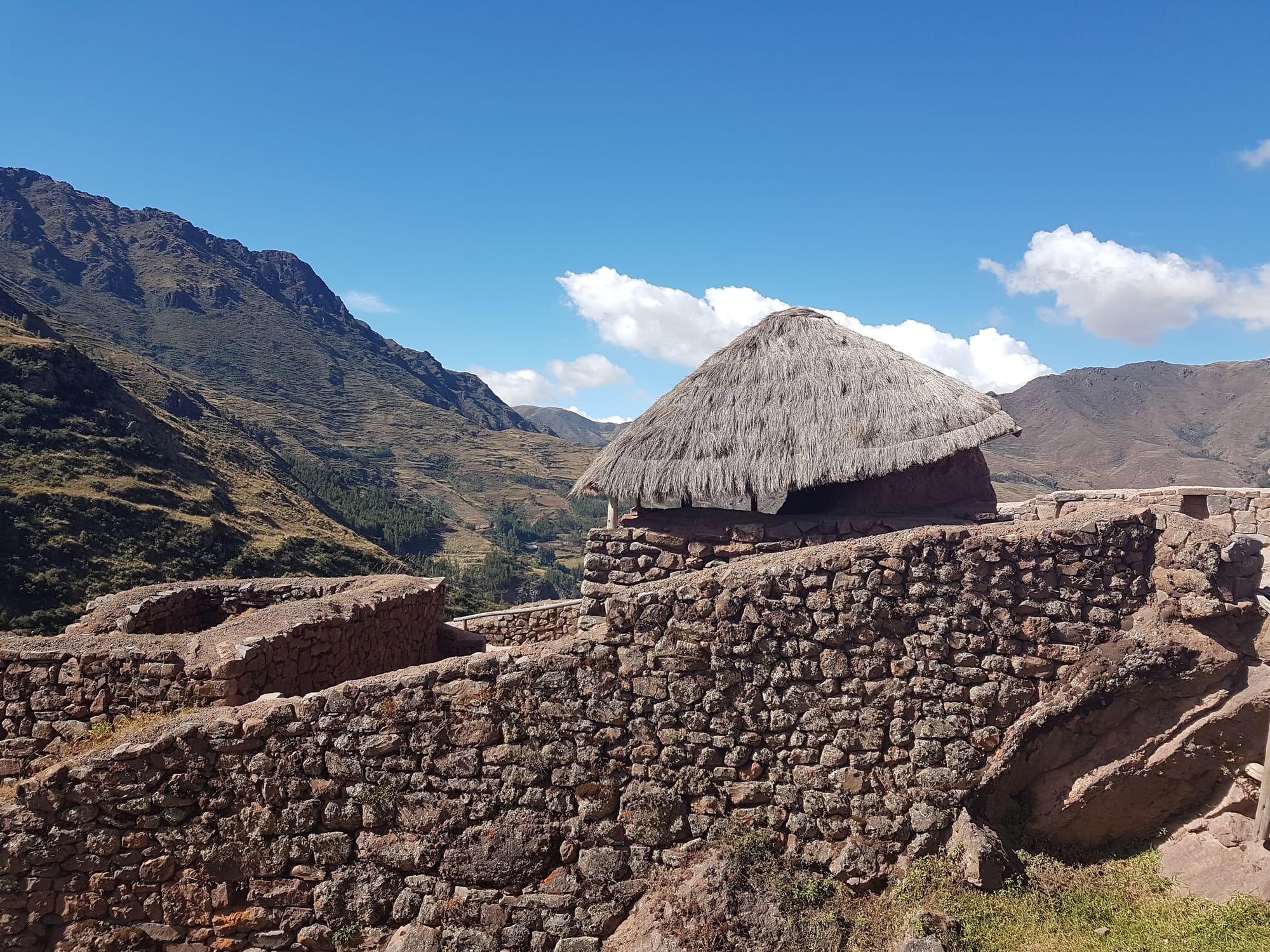
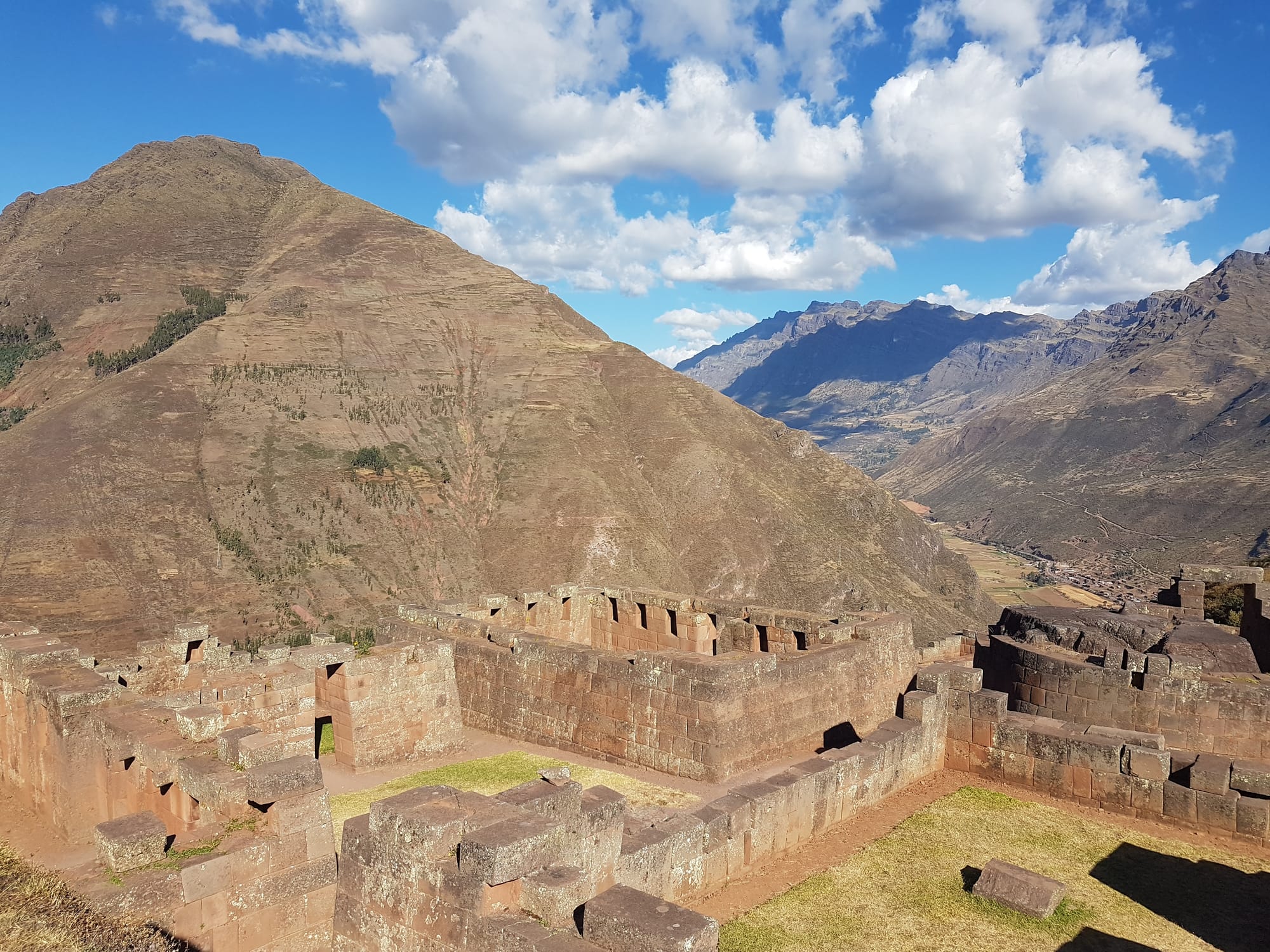
Rodadero or Suchuna (both names mean “slide”) - diorite rock with well-polished slides that run down one section of the hill.
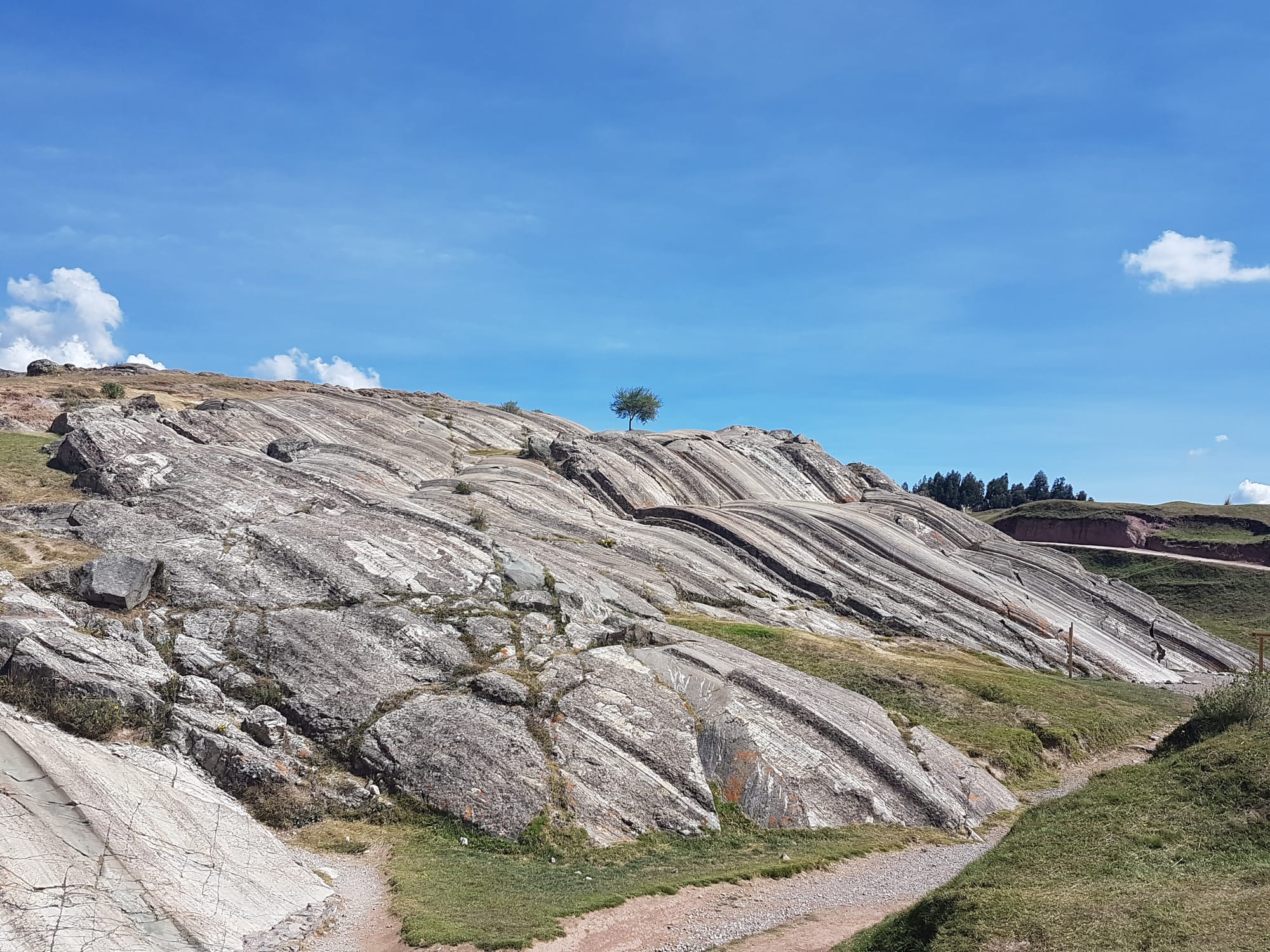
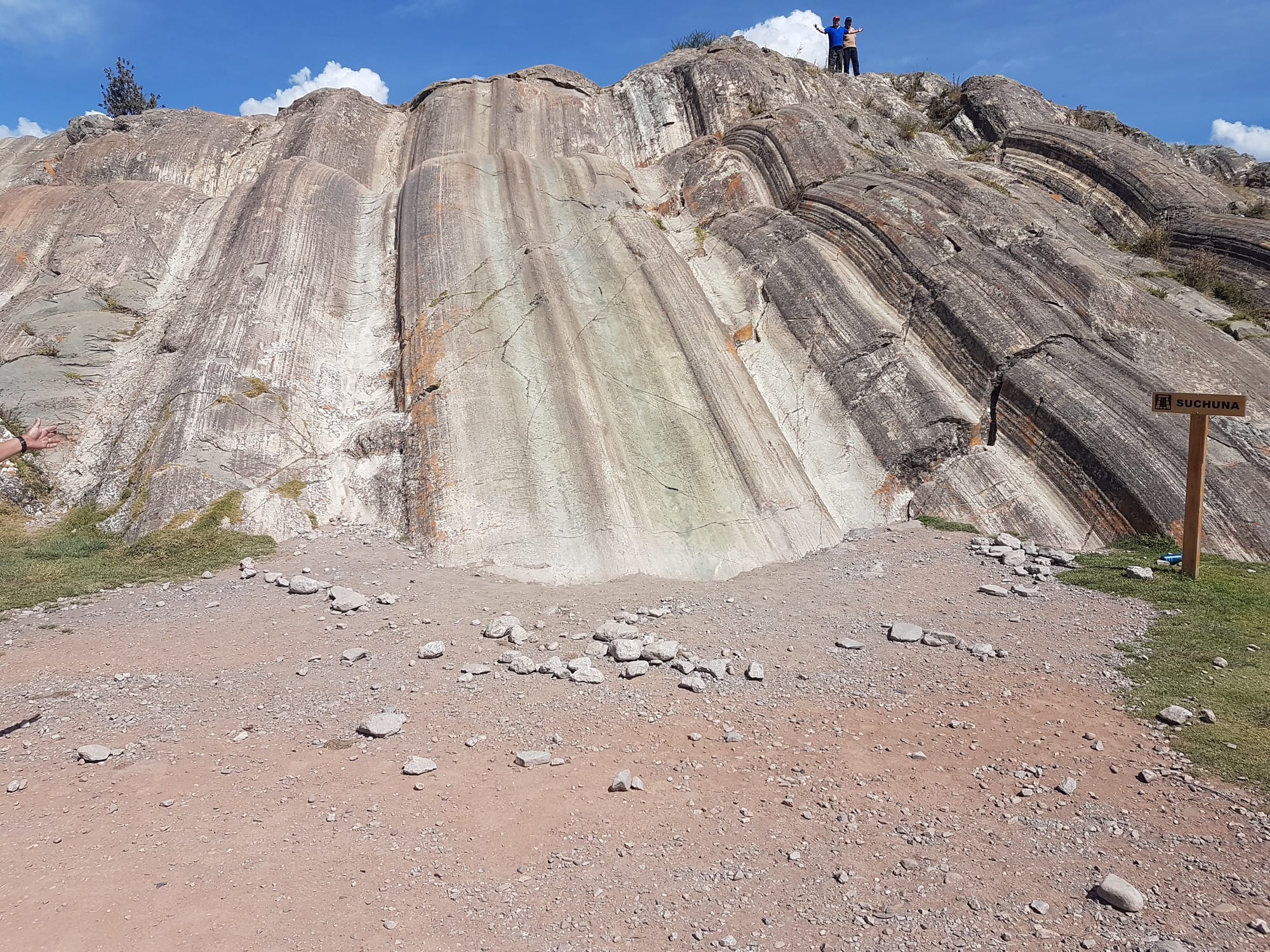
Day 13 Pisac
The Inca complex at Pisac is a large complex of agricultural terraces, residences, guard posts, watchtowers and a ceremonial/religious centre it stretches at varying elevations between 3,446 m and 3,514 metre
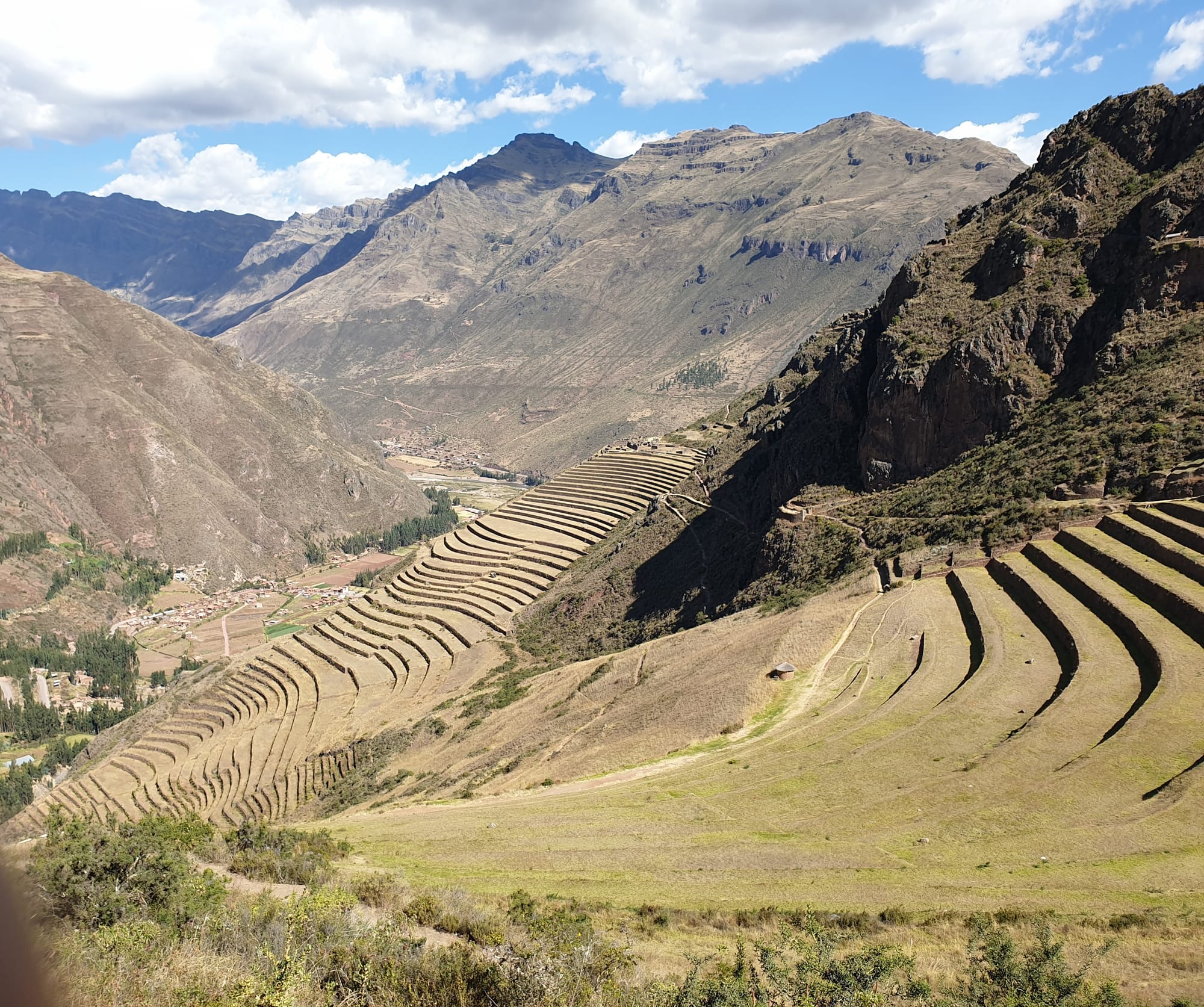
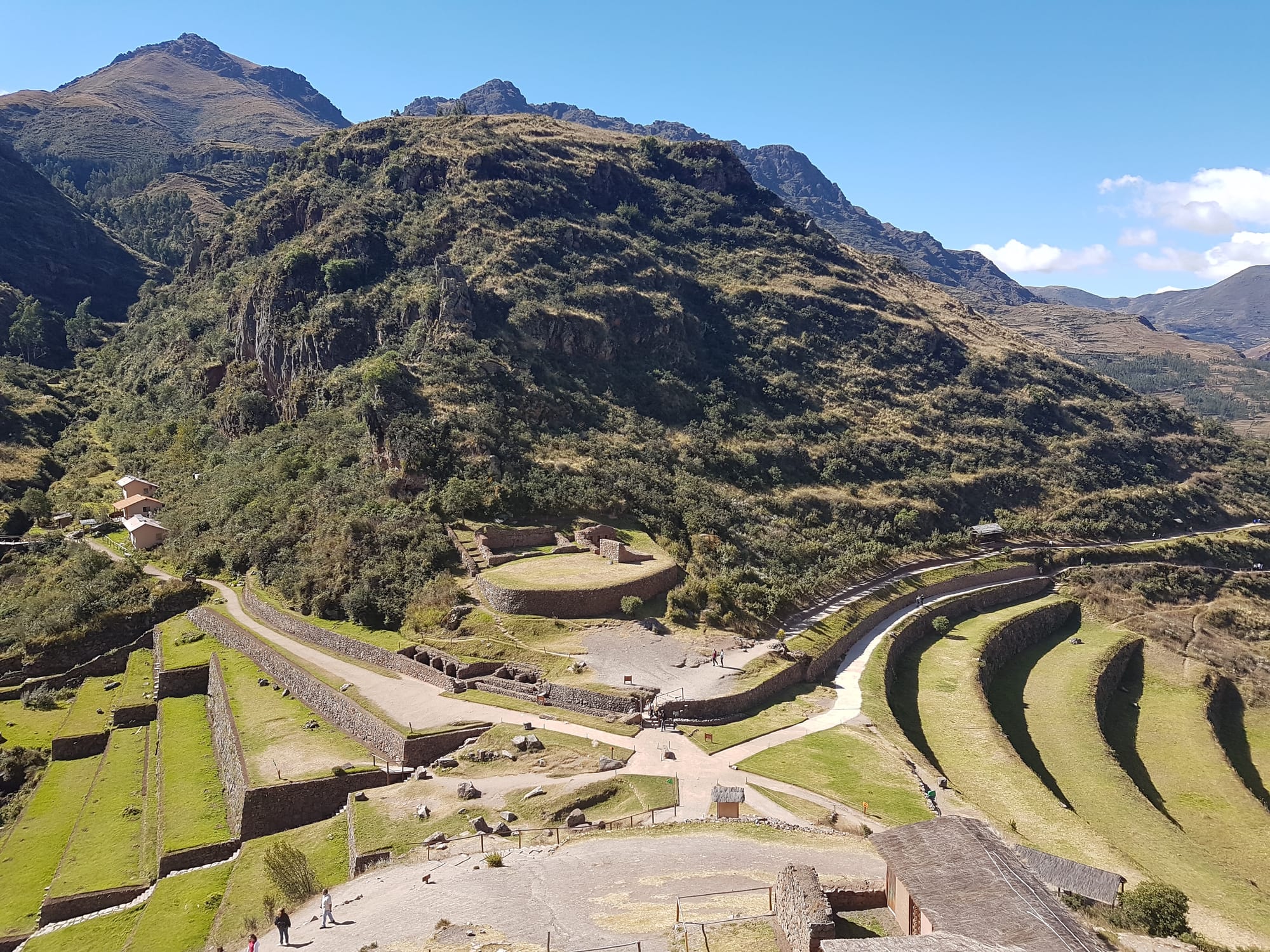
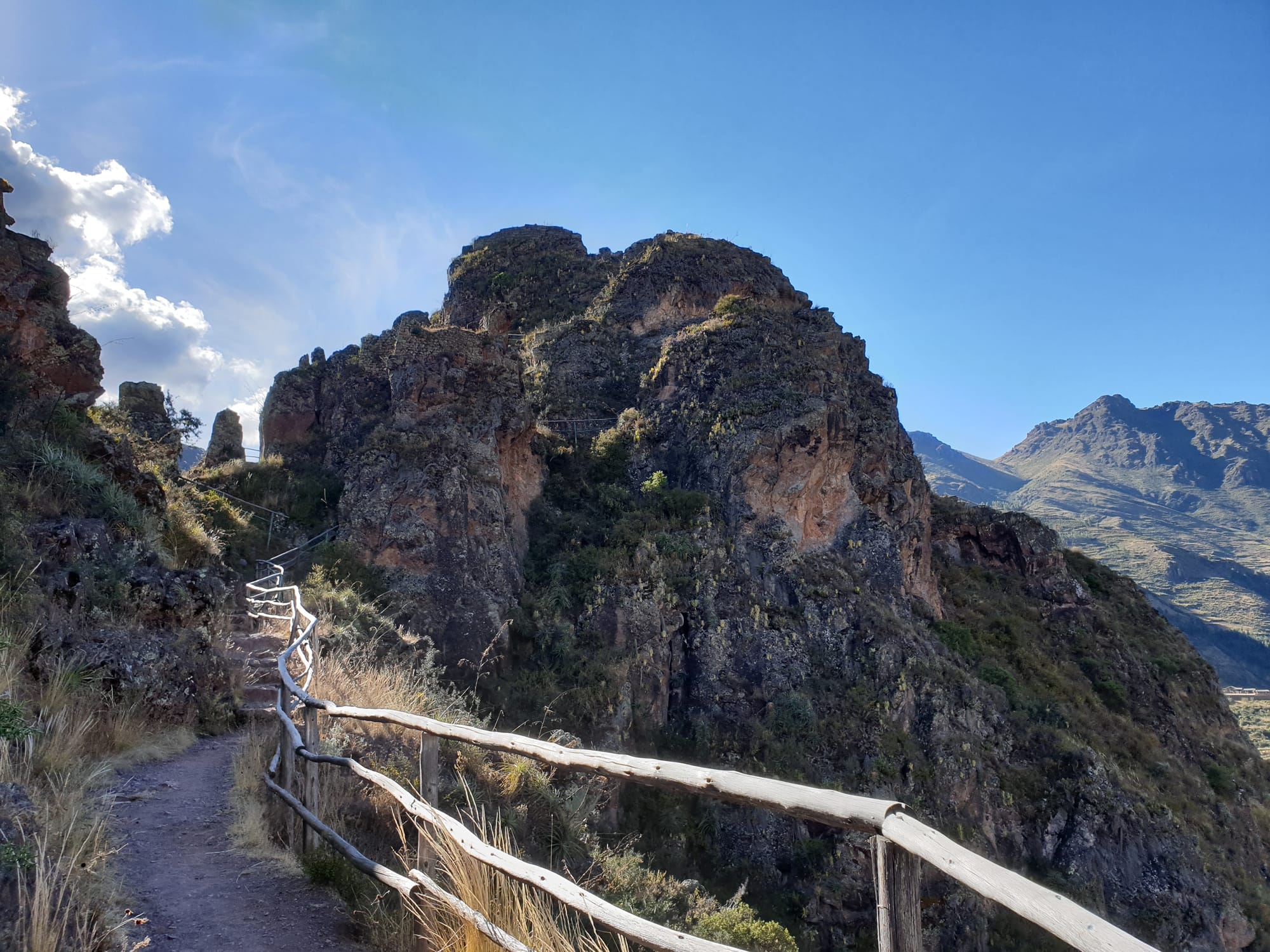
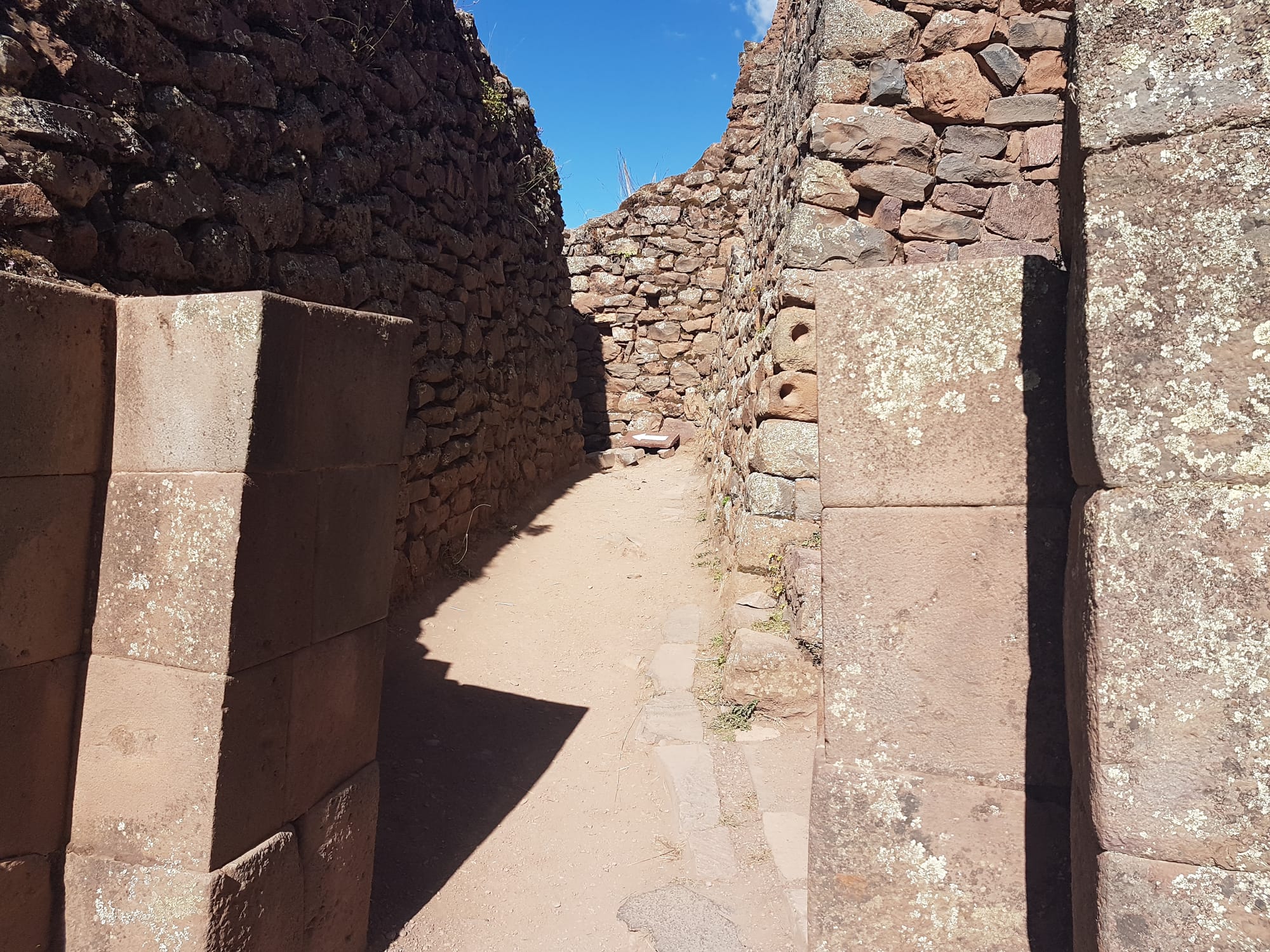
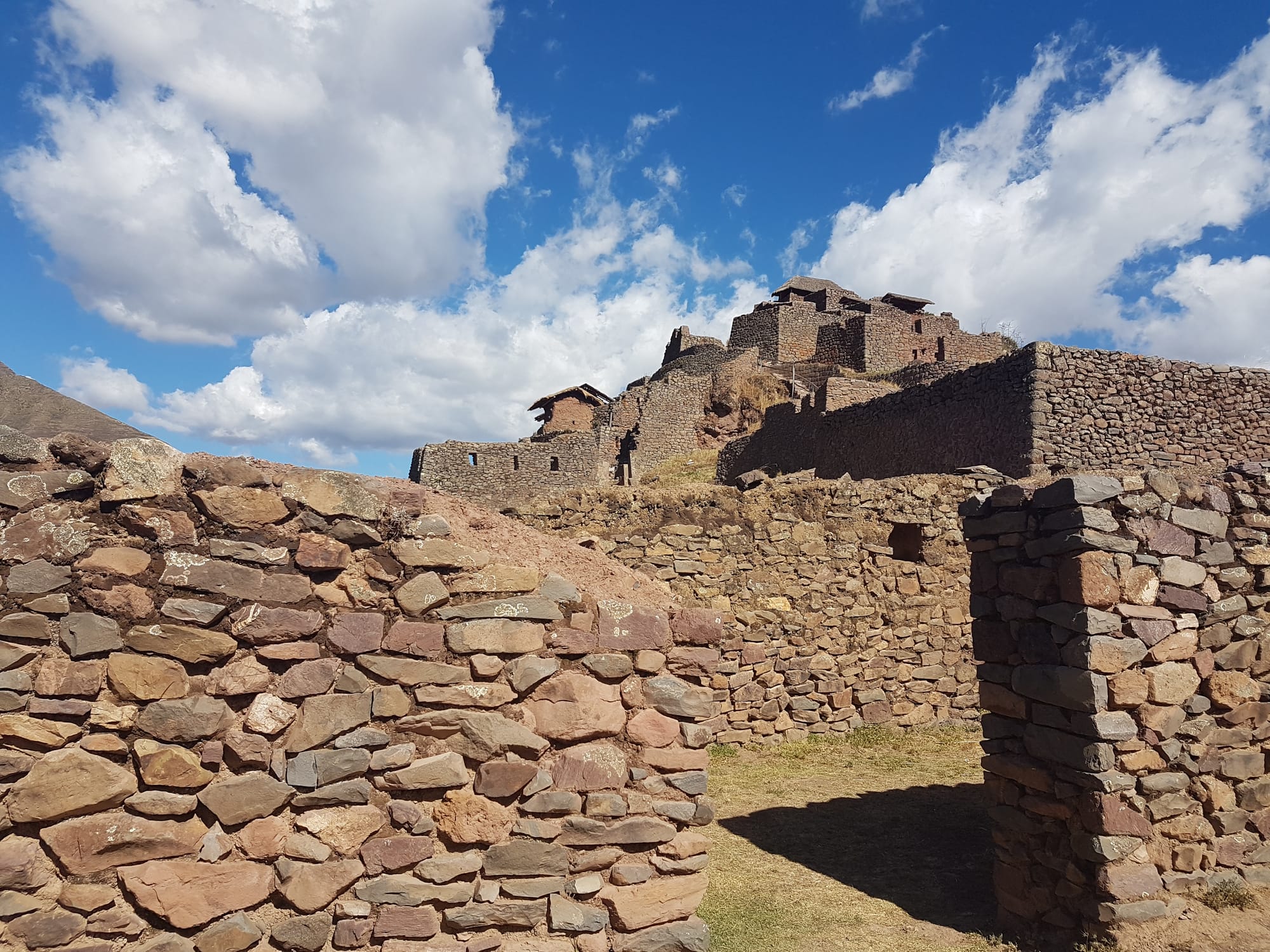
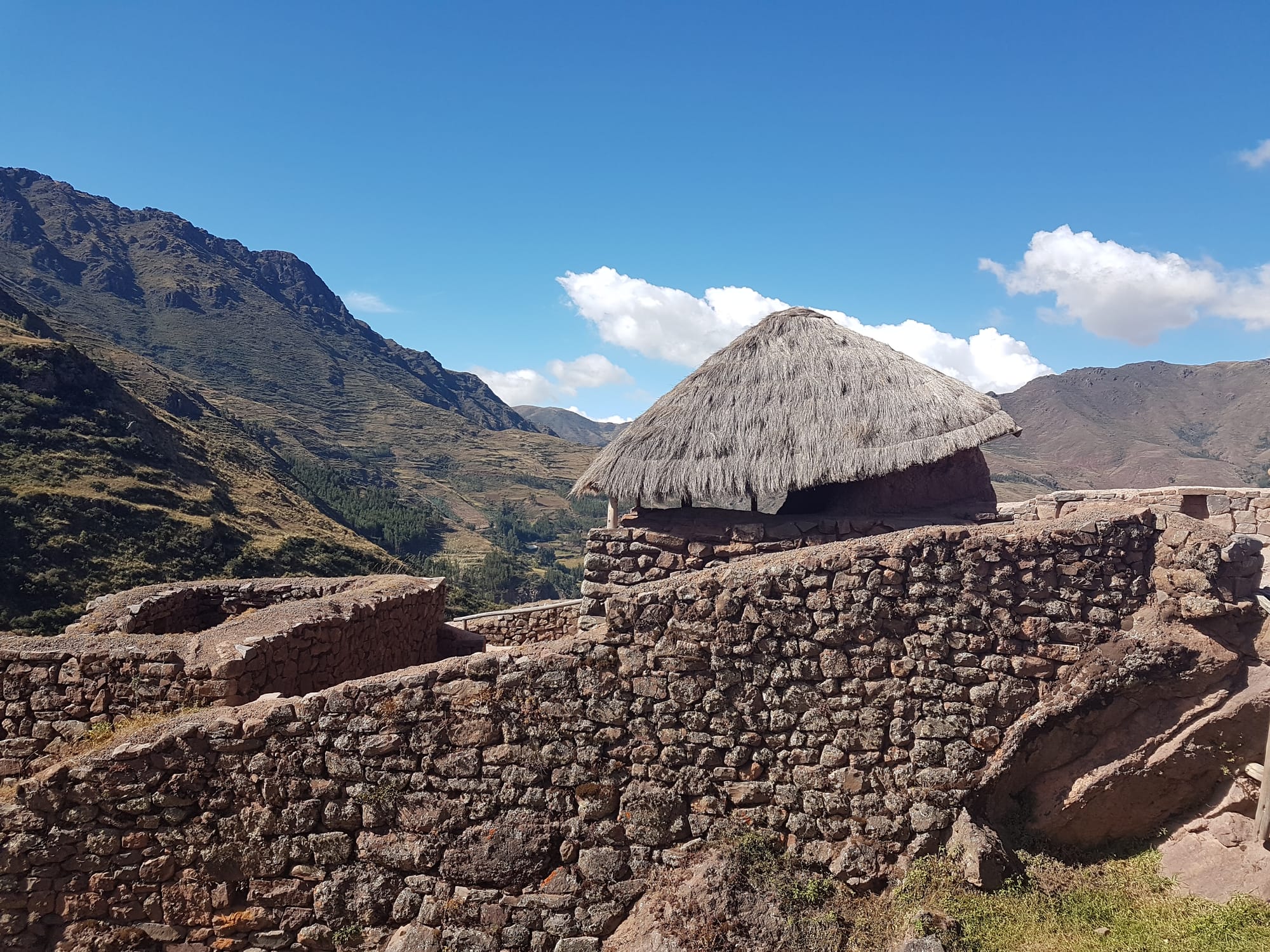
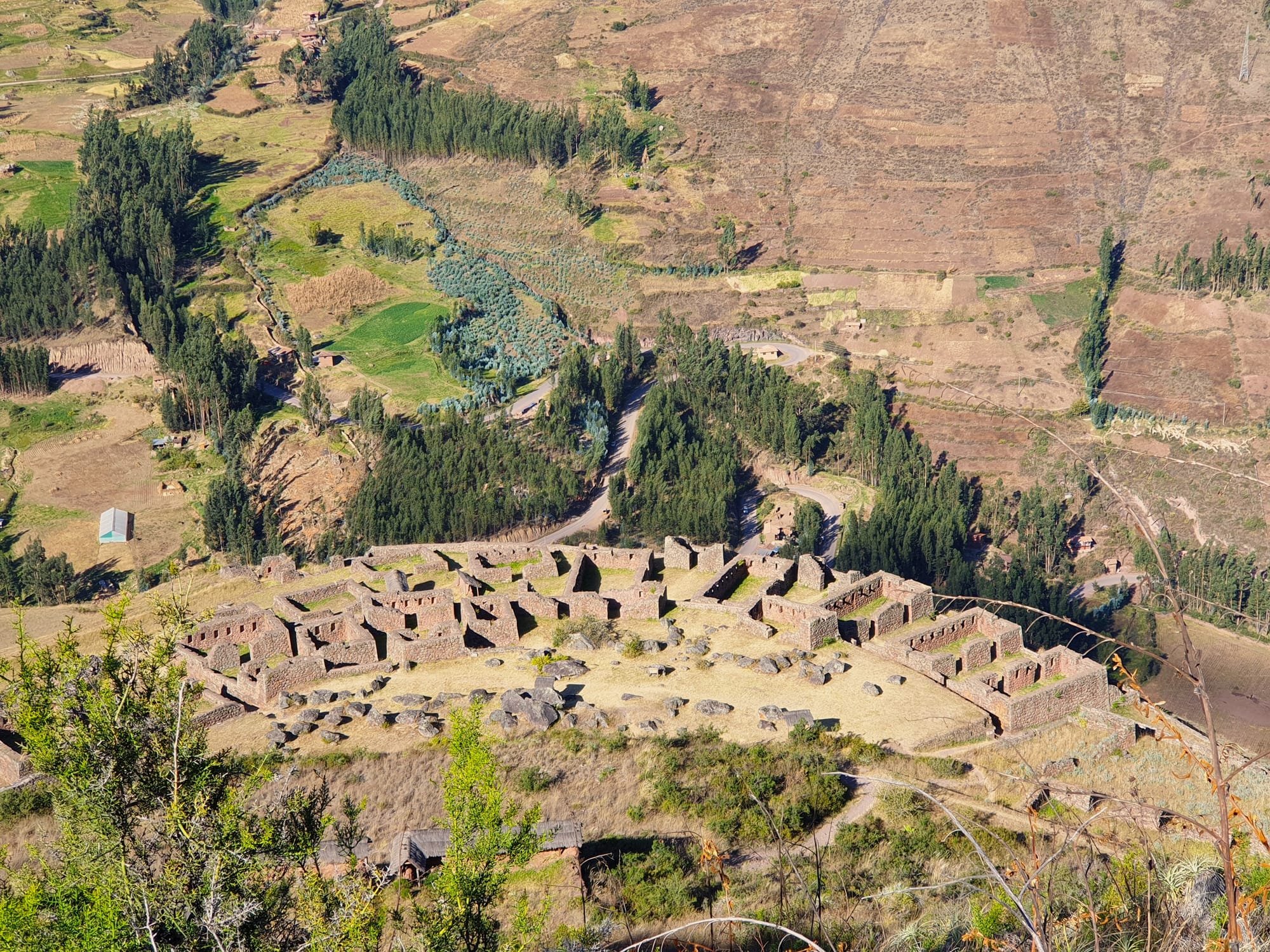
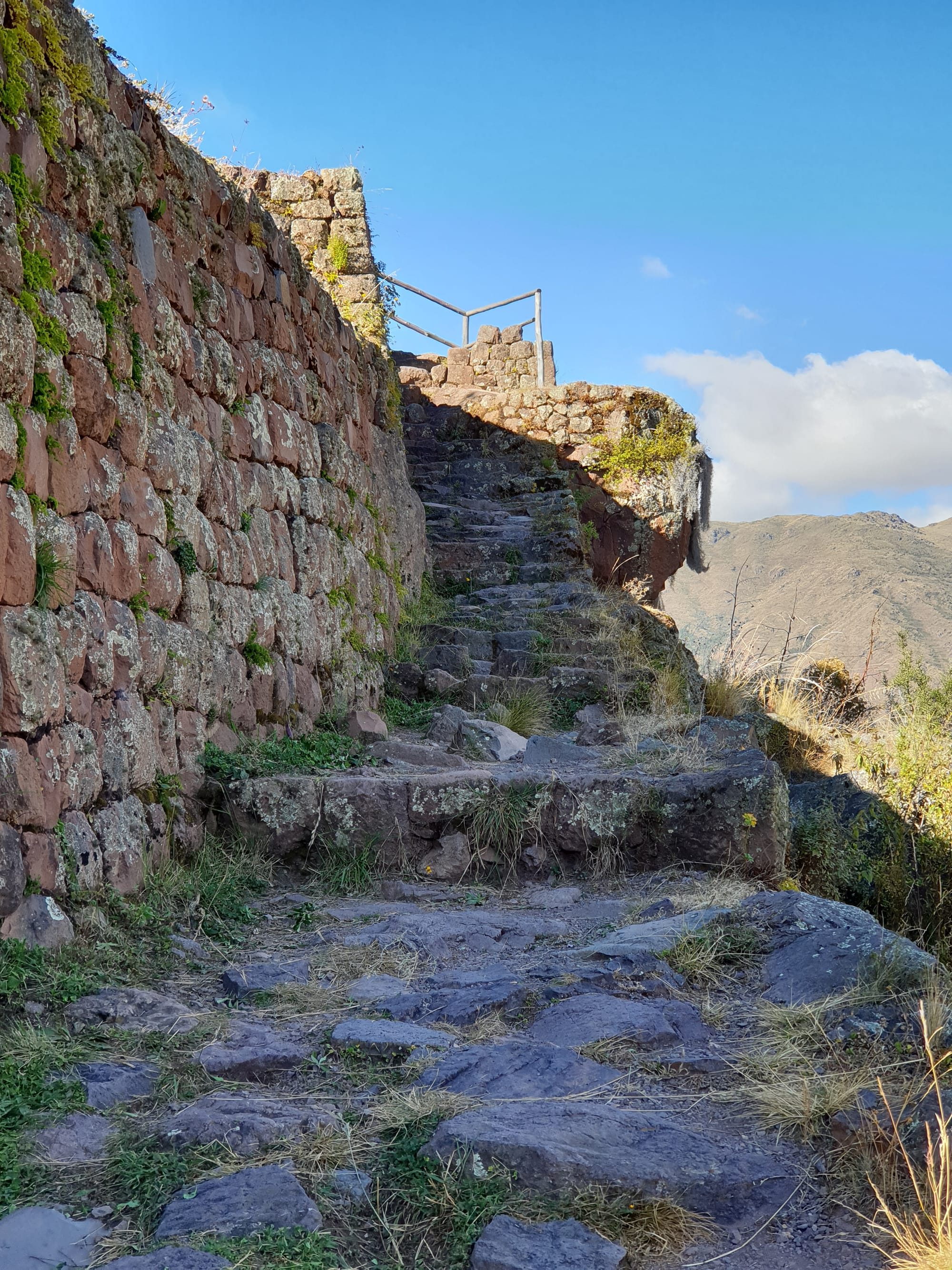
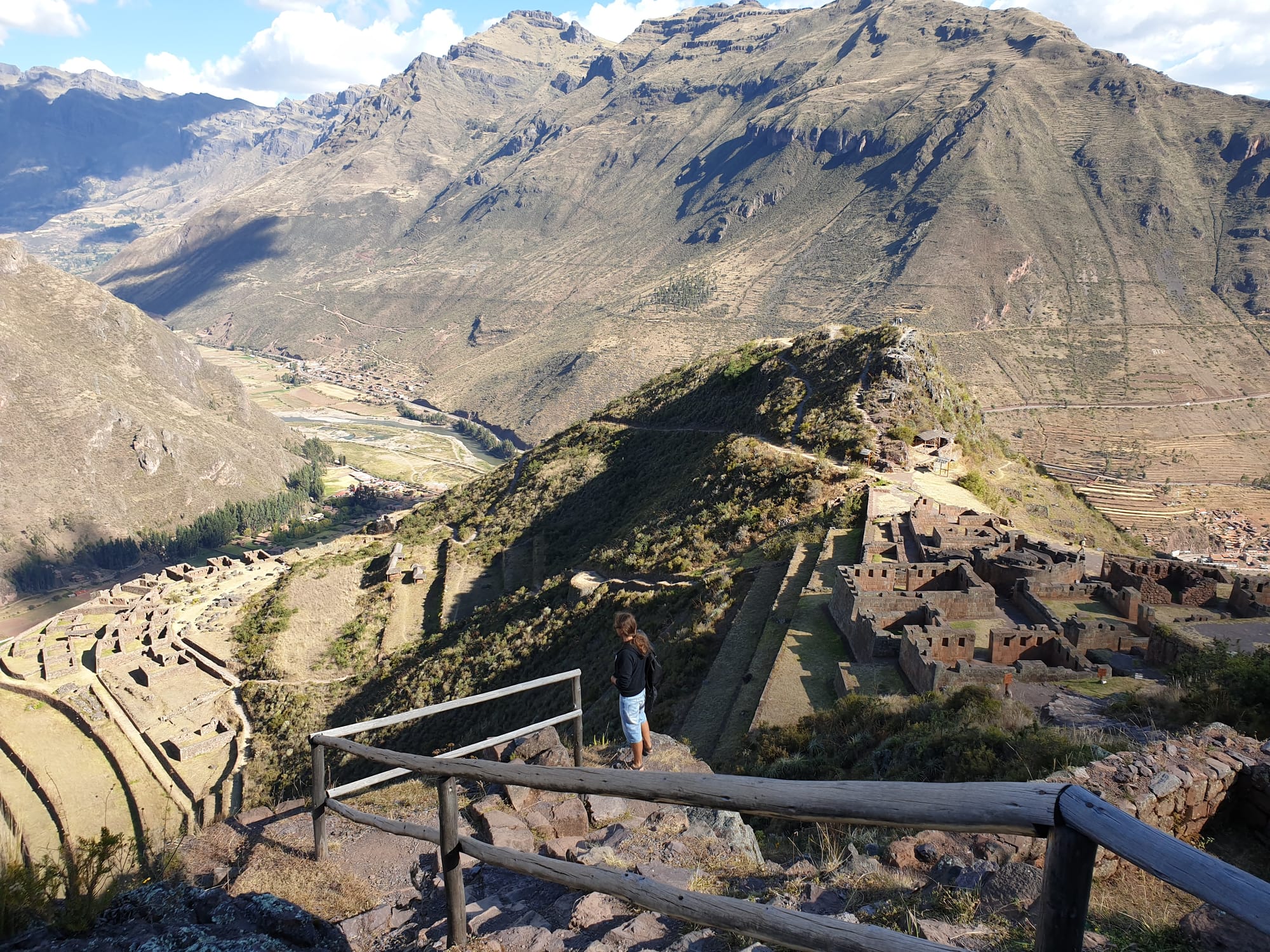
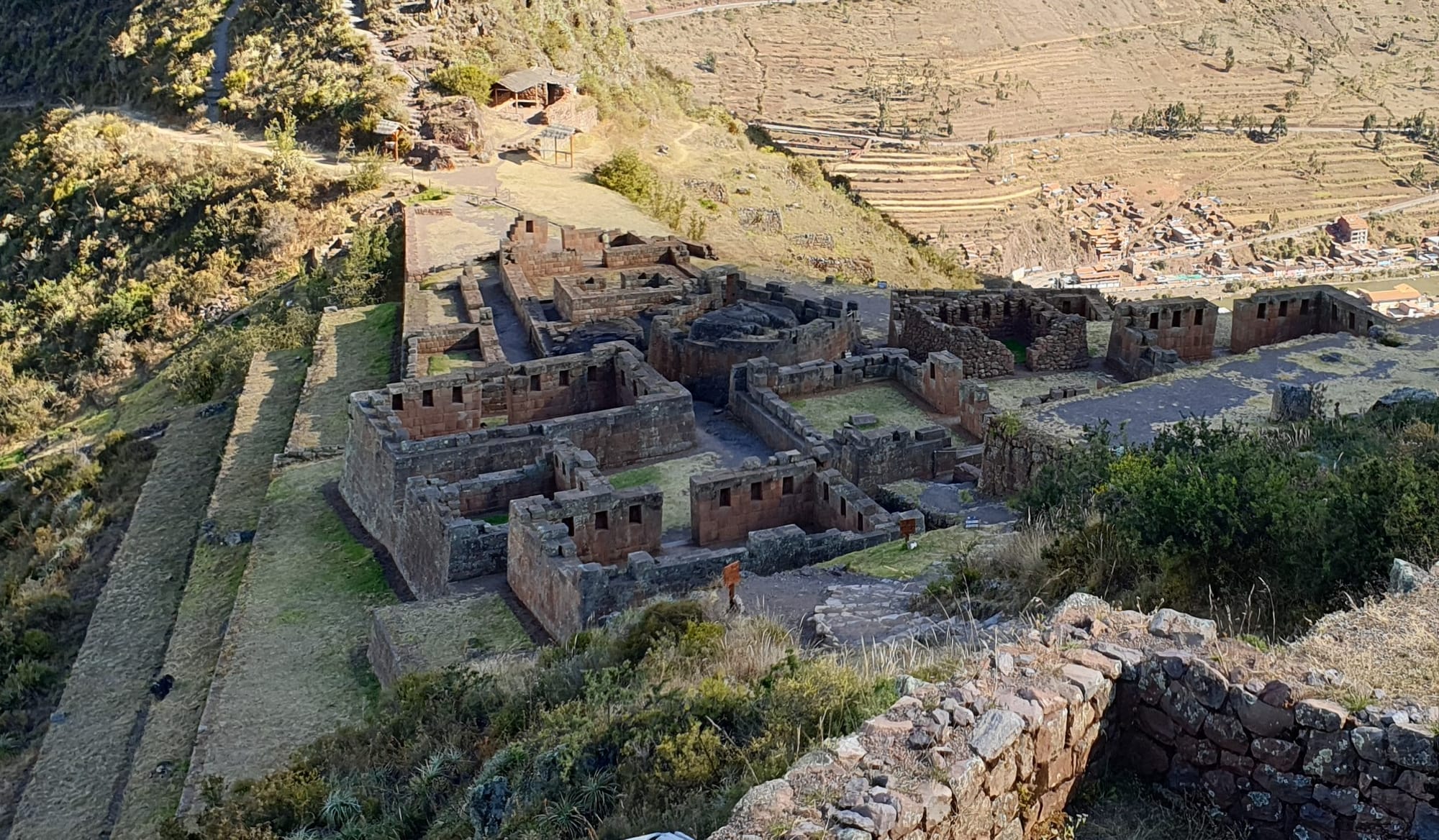
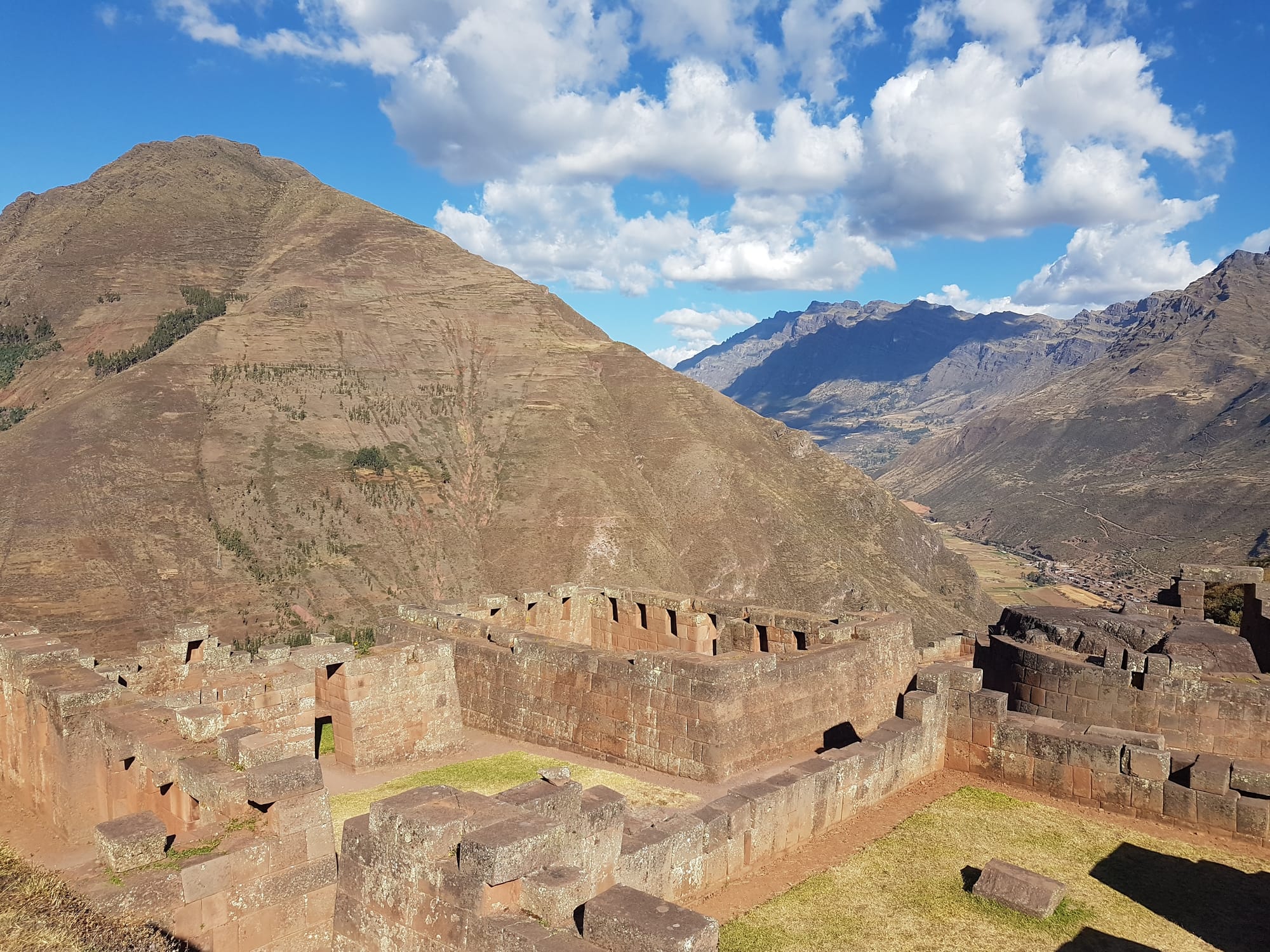
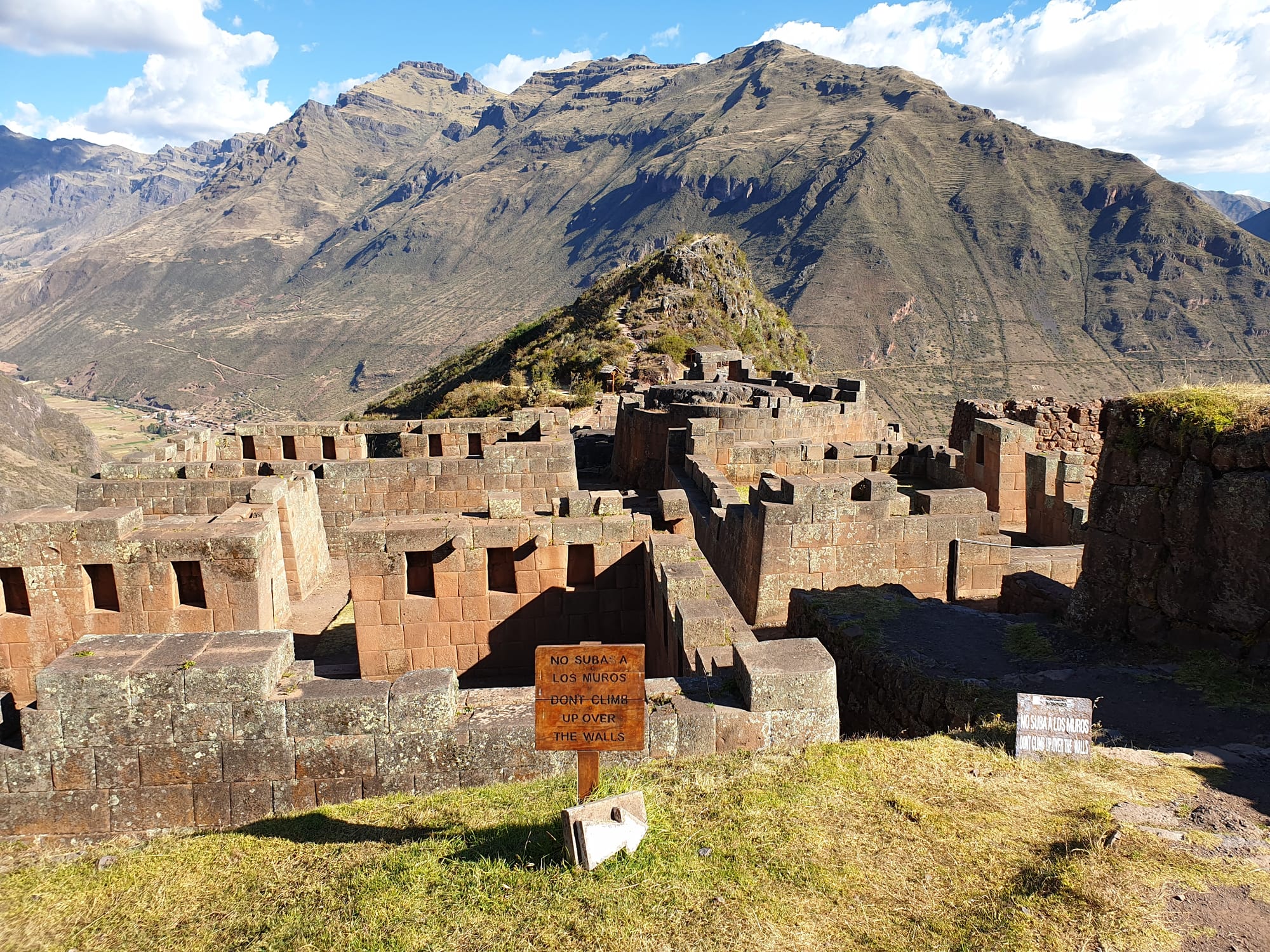
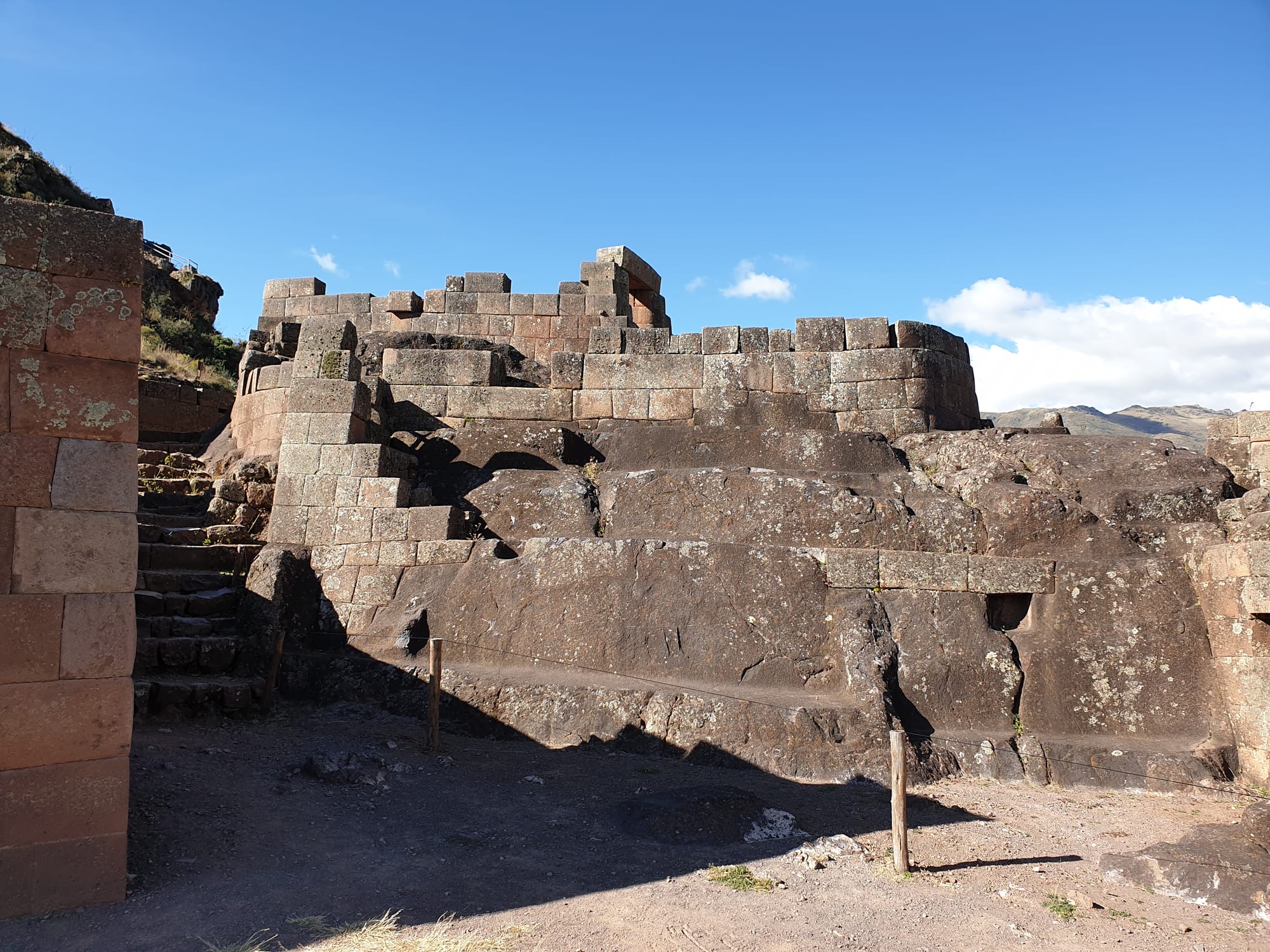
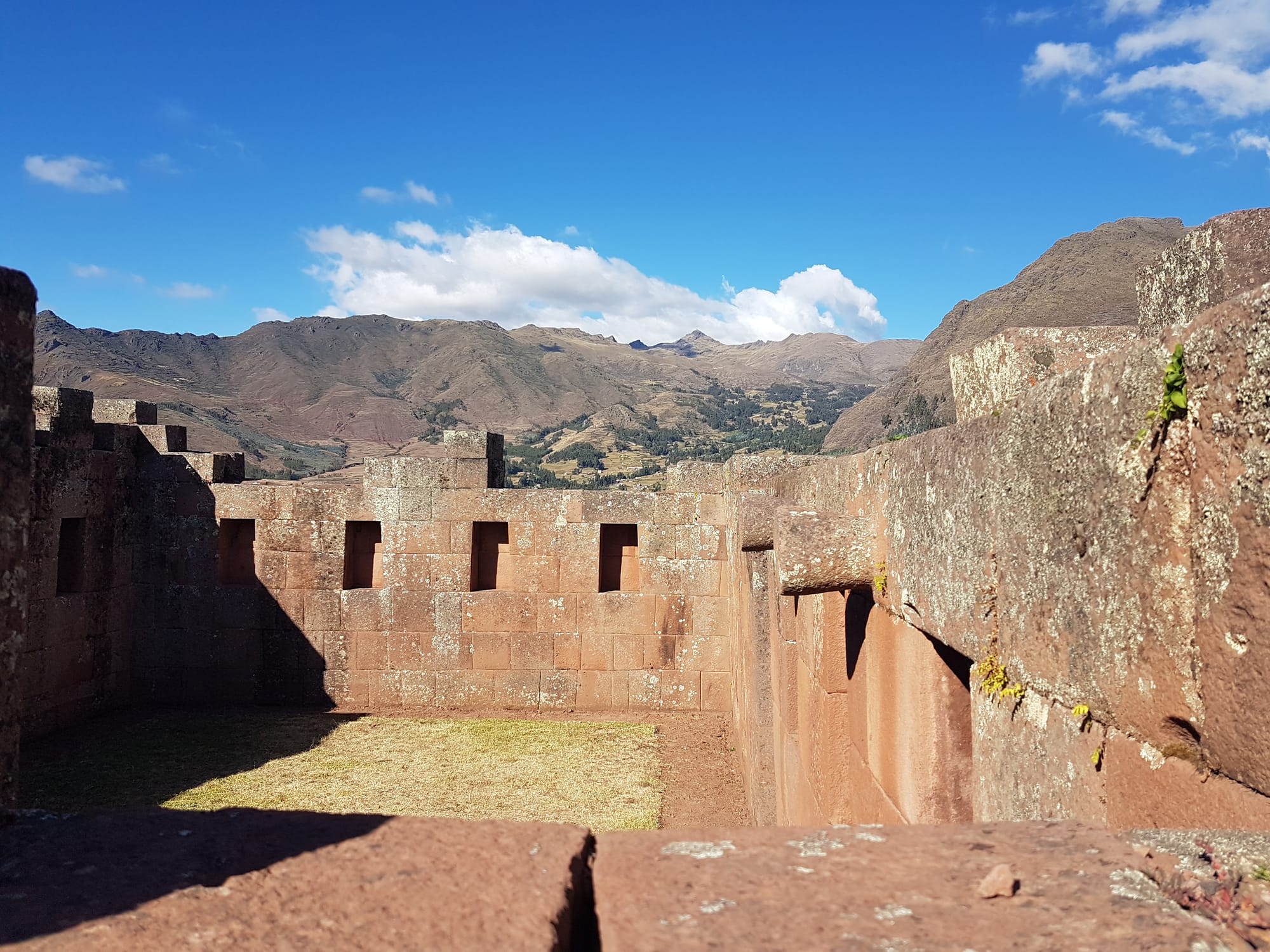
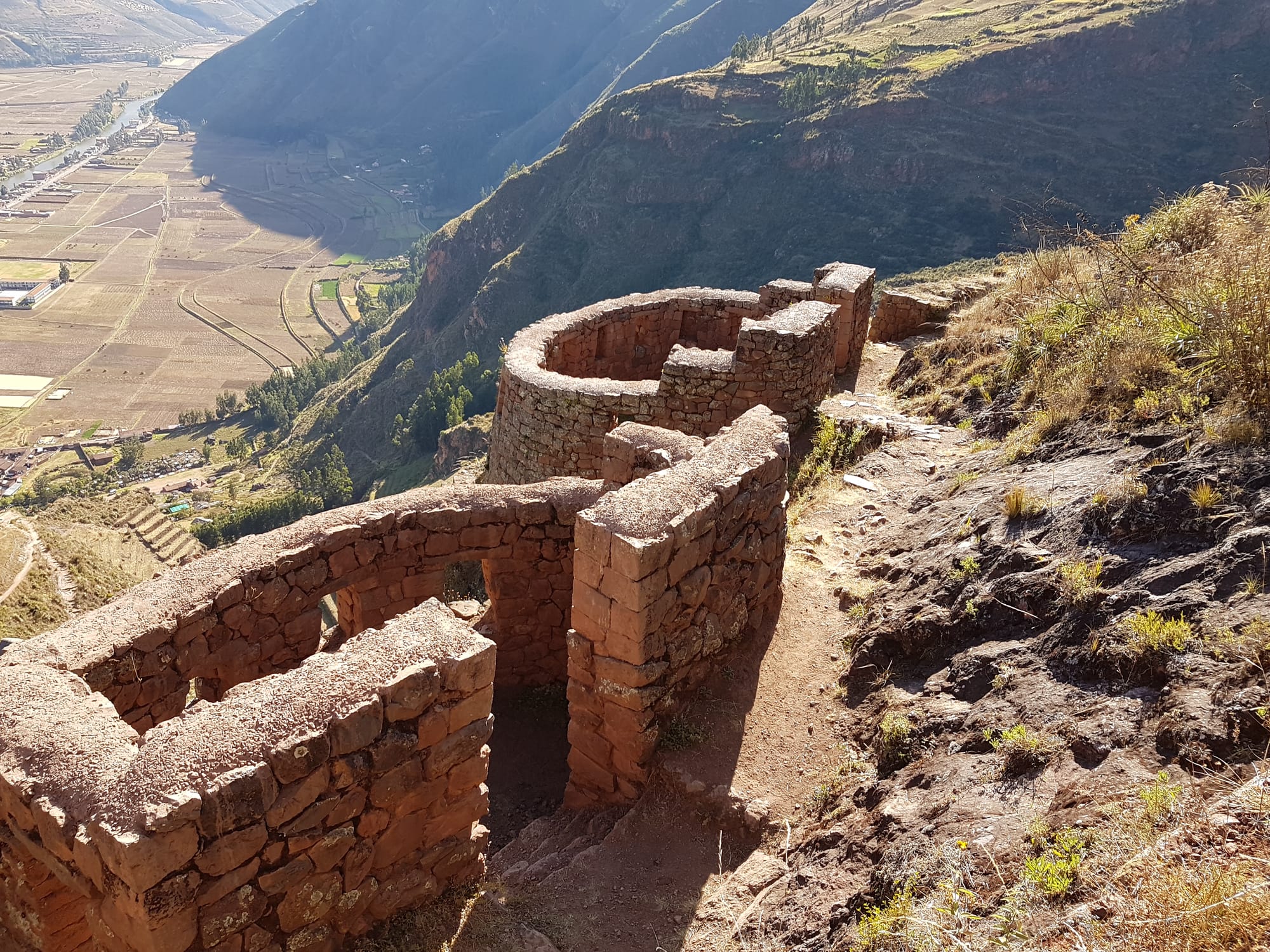
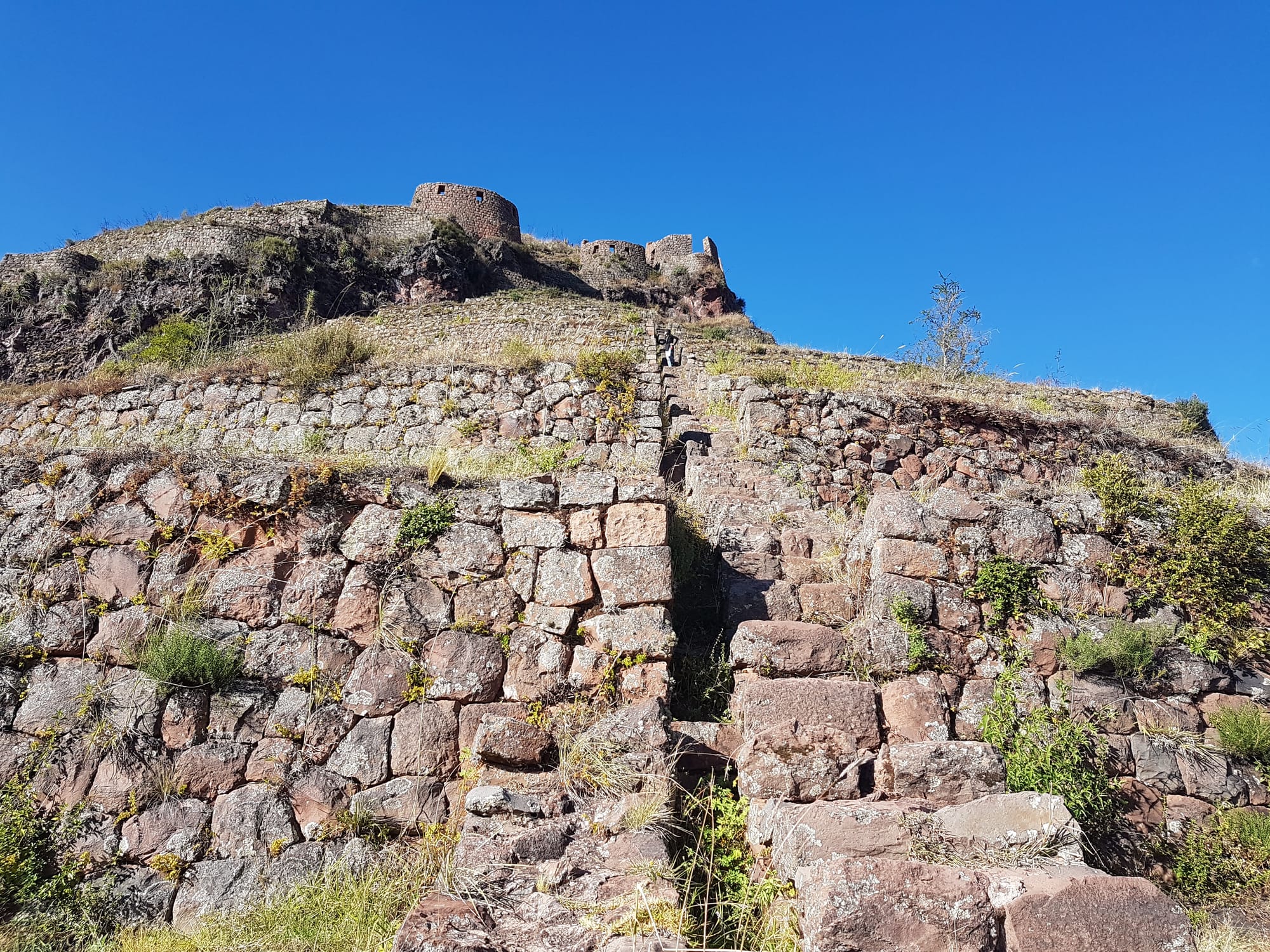
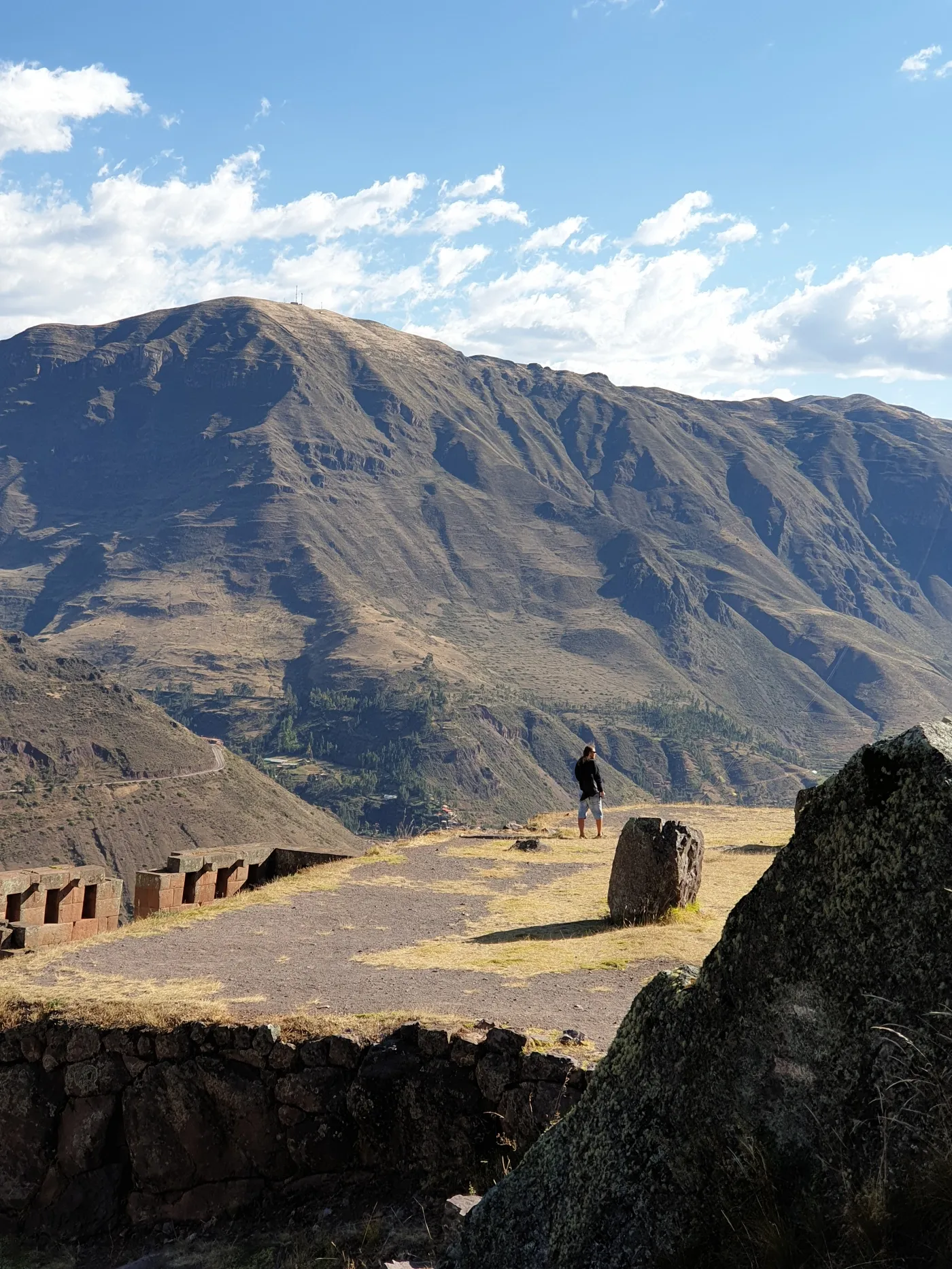
Chullpas de Ninamarca is an archaeological site in Peru. It is located in the Cusco Region, Paucartambo Province, Colquepata District, southeast of Colquepata near the village of Ninamaca. There are about 30 chullpas of pre-Inca times situated on top of a mountain at about 3,000 m. Wikipedia A chullpa is an ancient Aymara funerary tower originally constructed for a noble person or noble family. Chullpas are found across the Altiplano in Peru and Bolivia. The tallest are about 12 metres (39 ft) high.
Corpses in each tomb were typically placed in a fetal position along with some of their belongings, including clothing and common equipment. In virtually all cases, the only opening to the tomb faces the rising sun in the east.
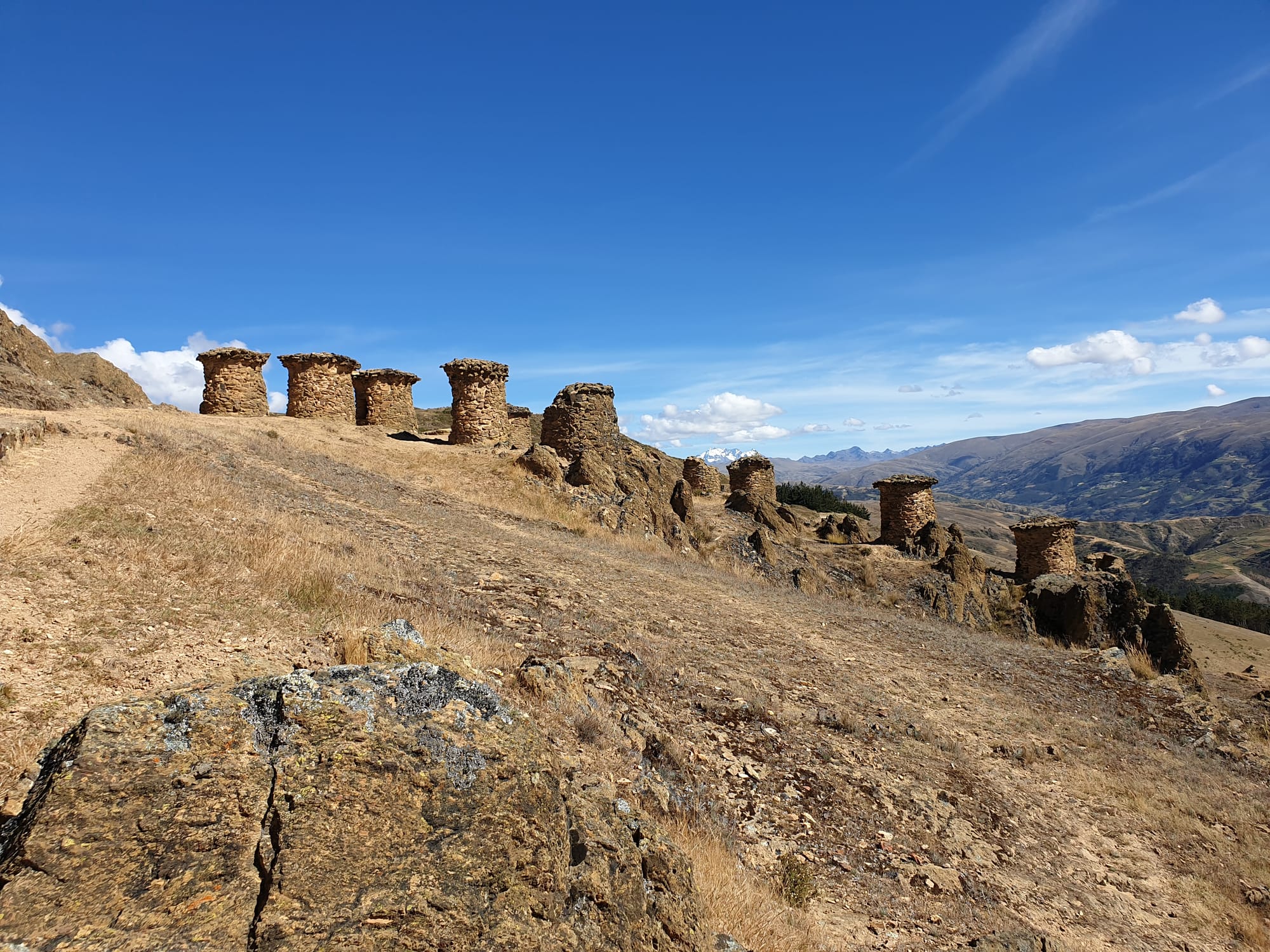
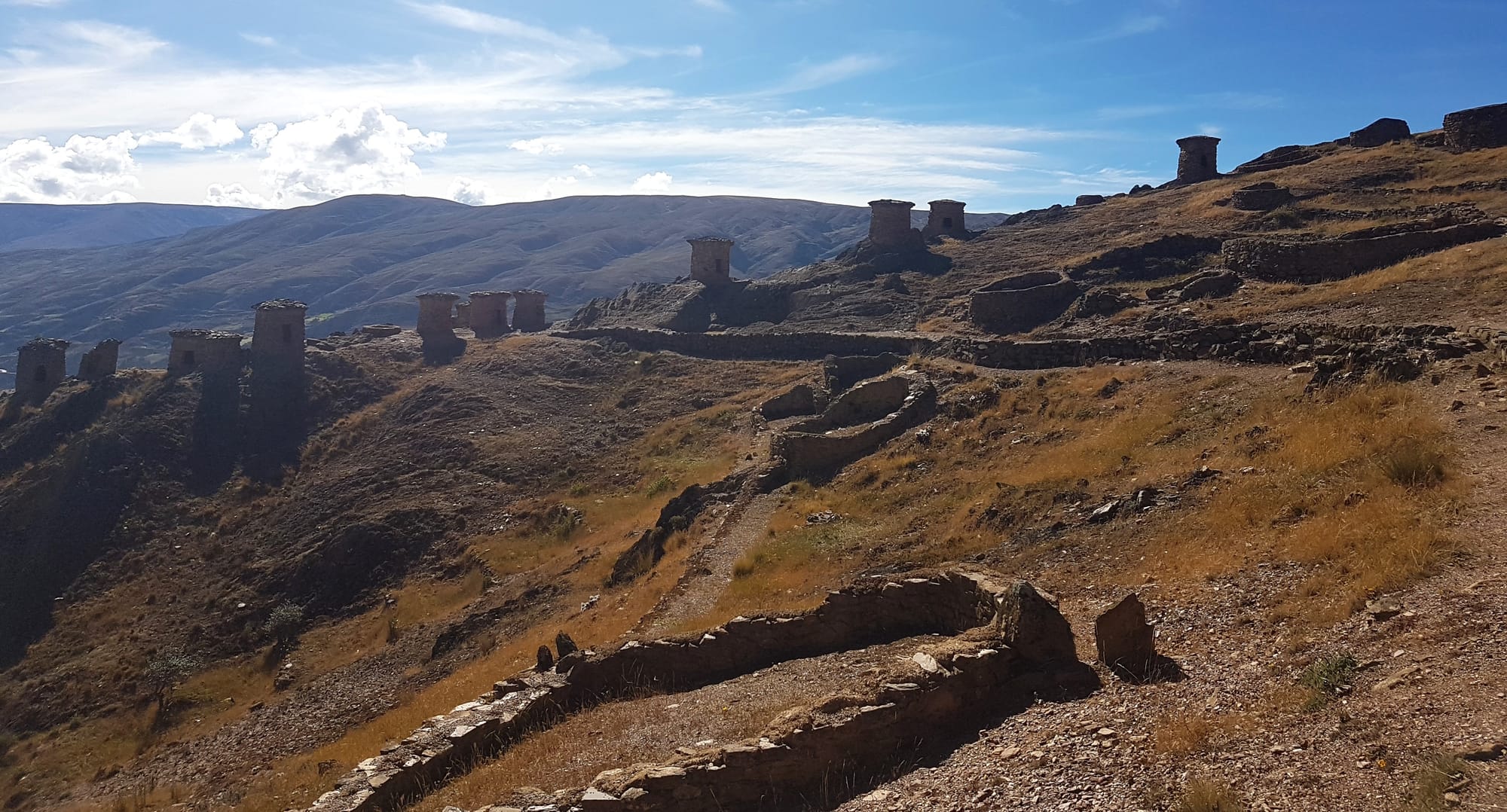
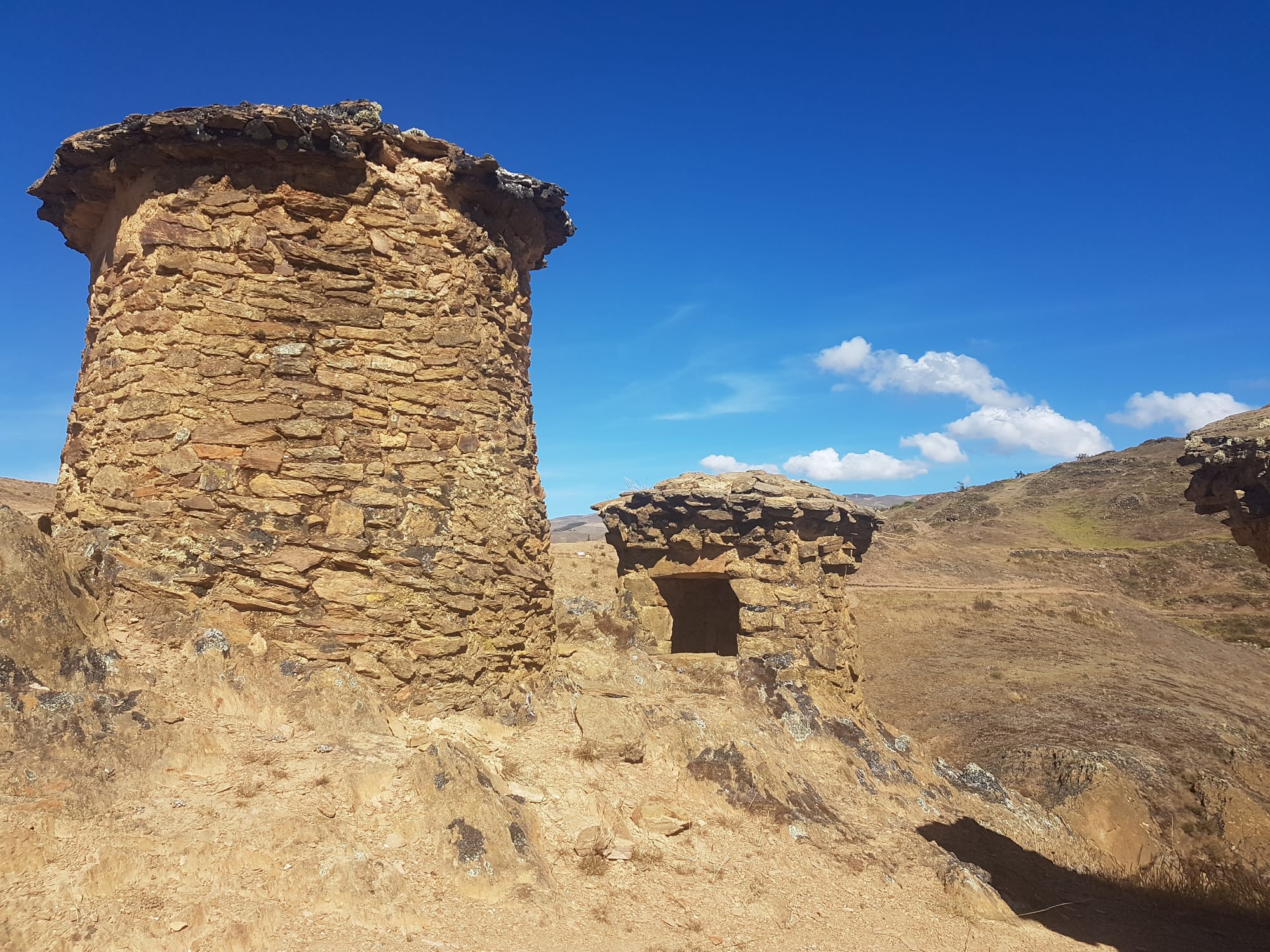
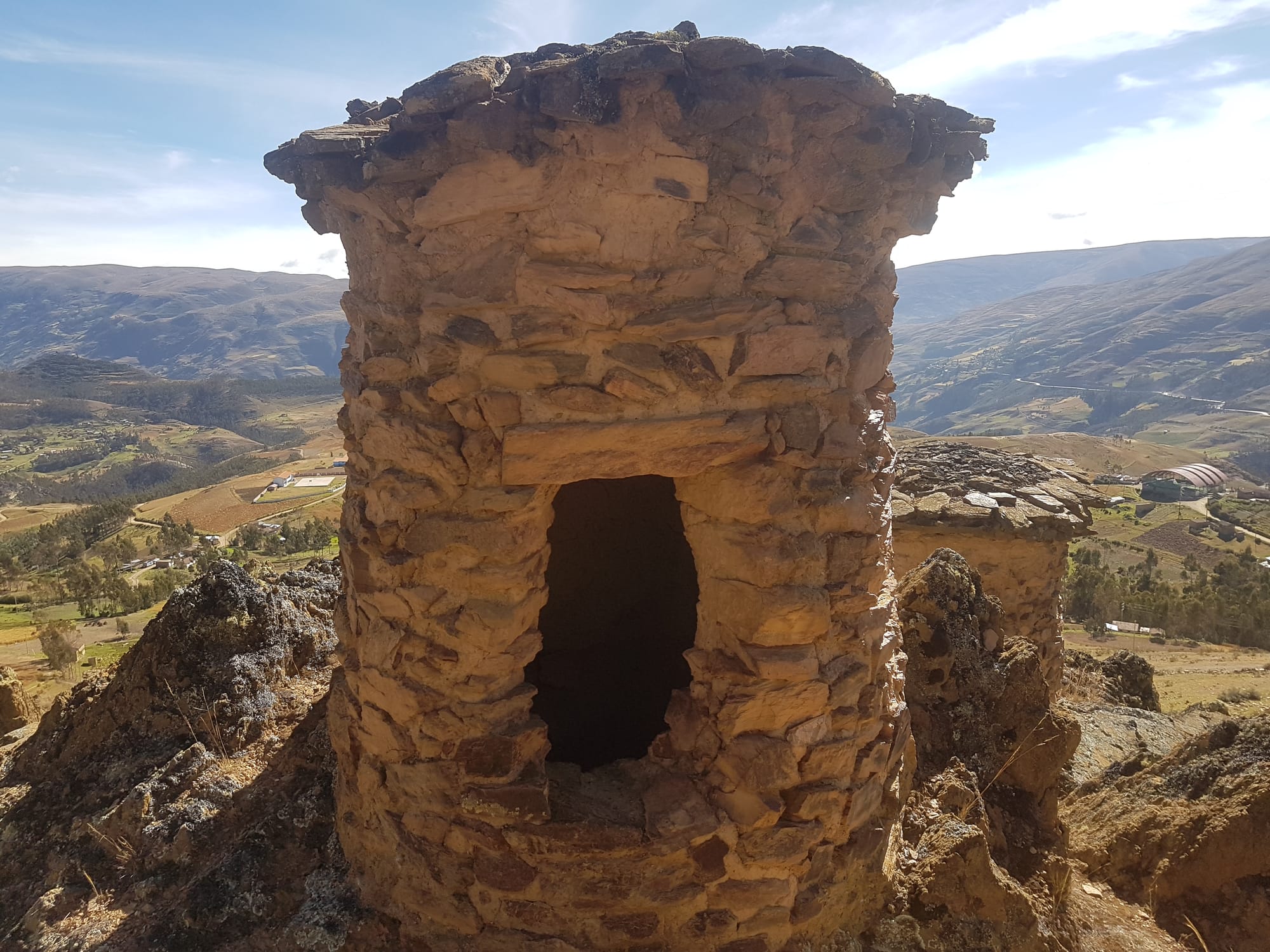
Paucartambo Paucartambo is a town in Southern Peru, capital of the province Paucartambo in the region Cusco. Paucartambo is home to the colourful Virgen del Carmen festival, held each 16 July. Wikipedia Elevation: 2,906 m
